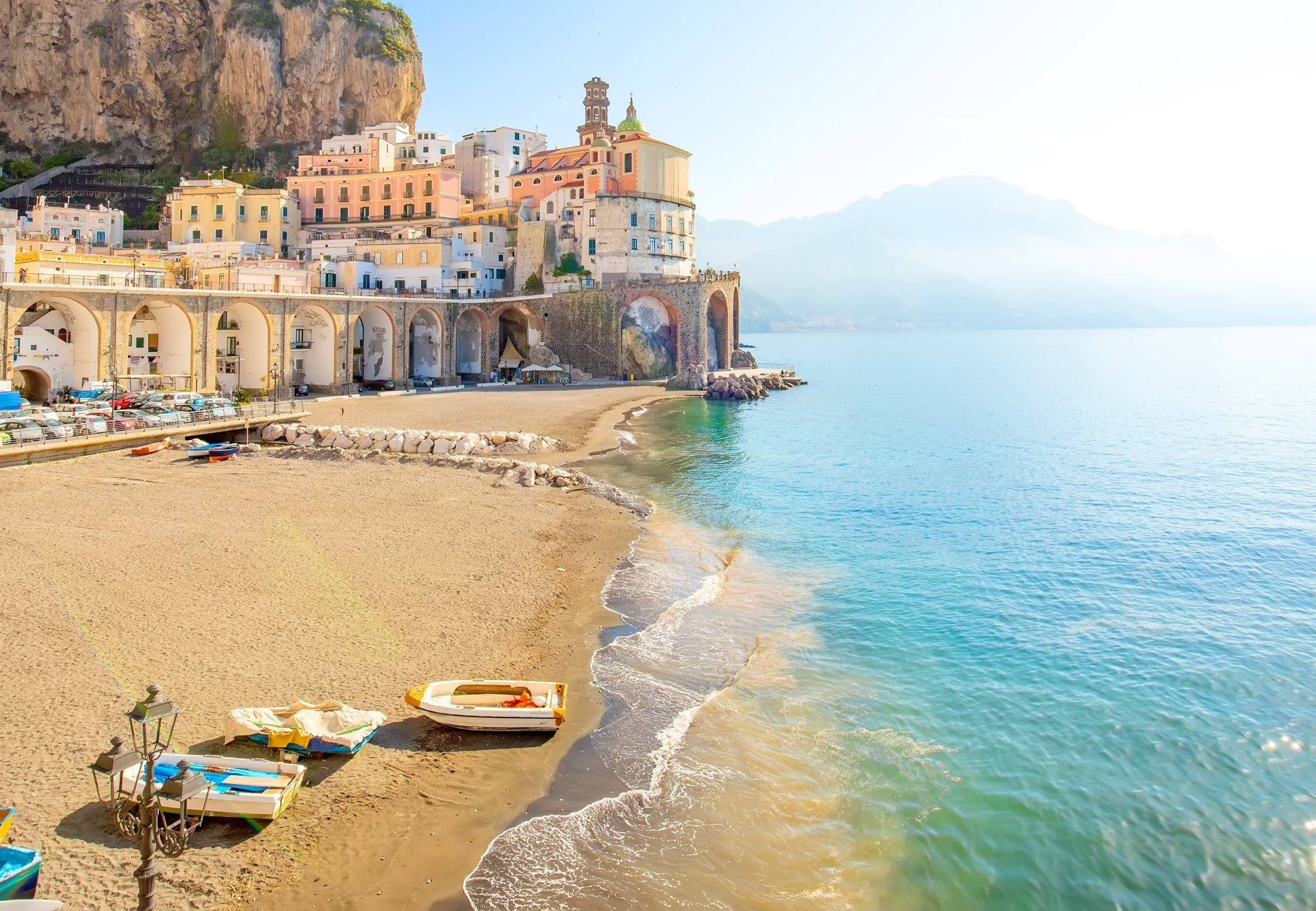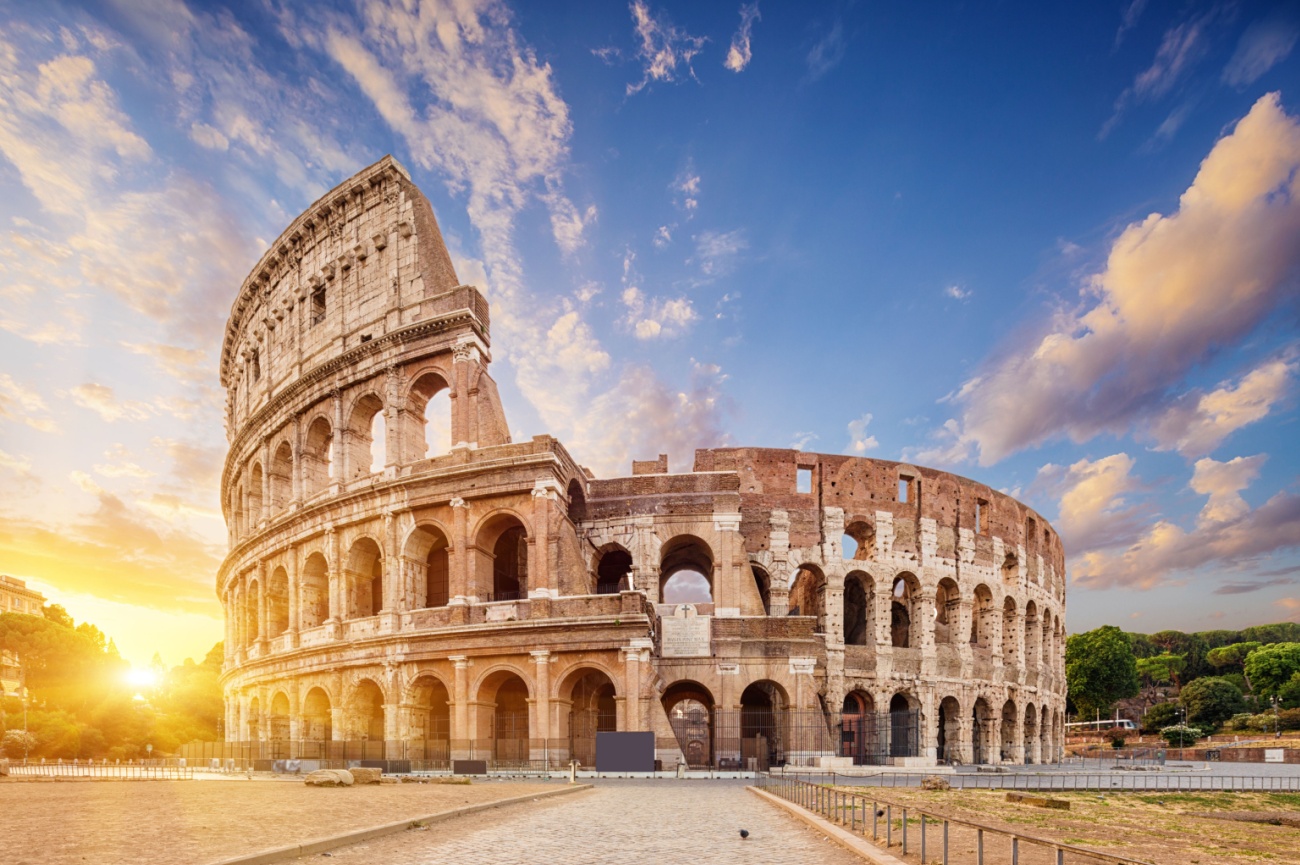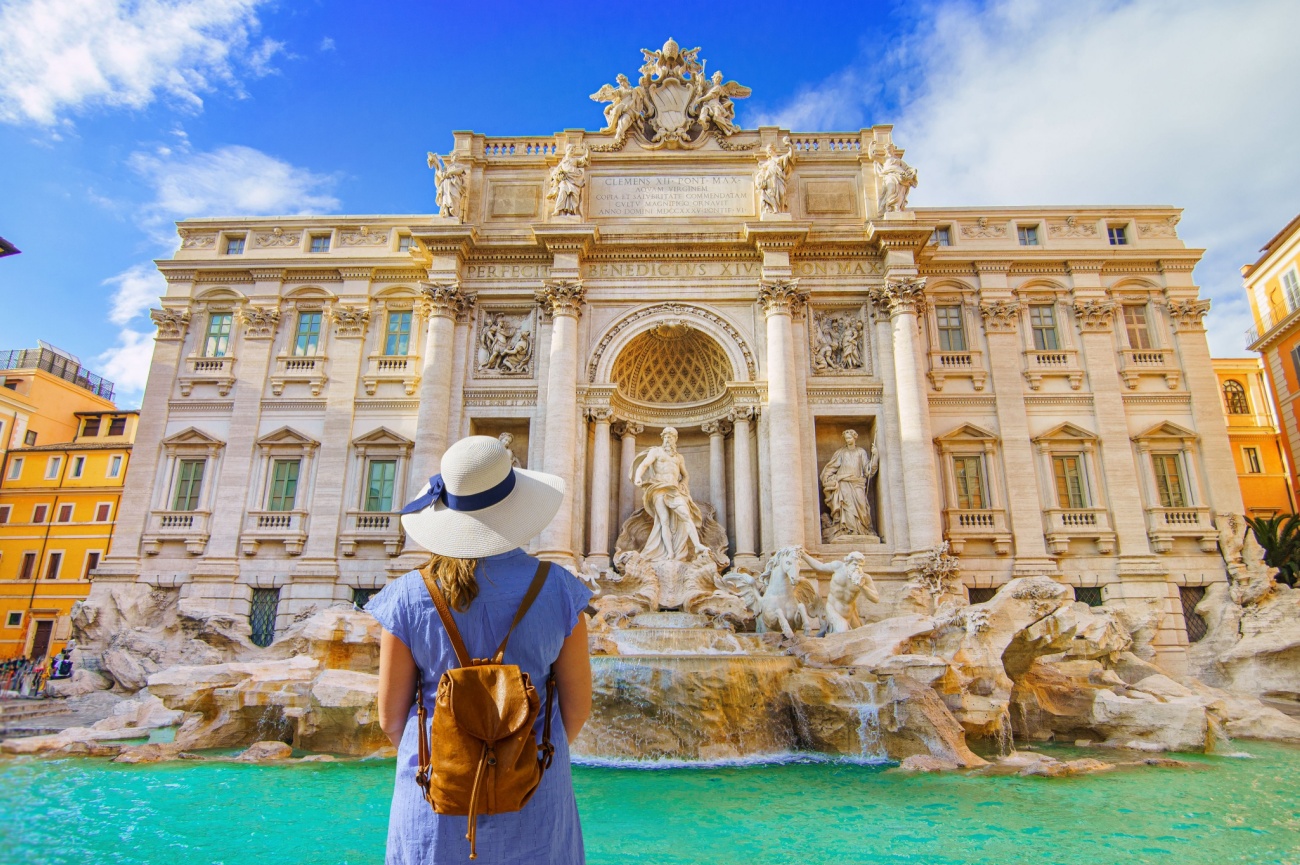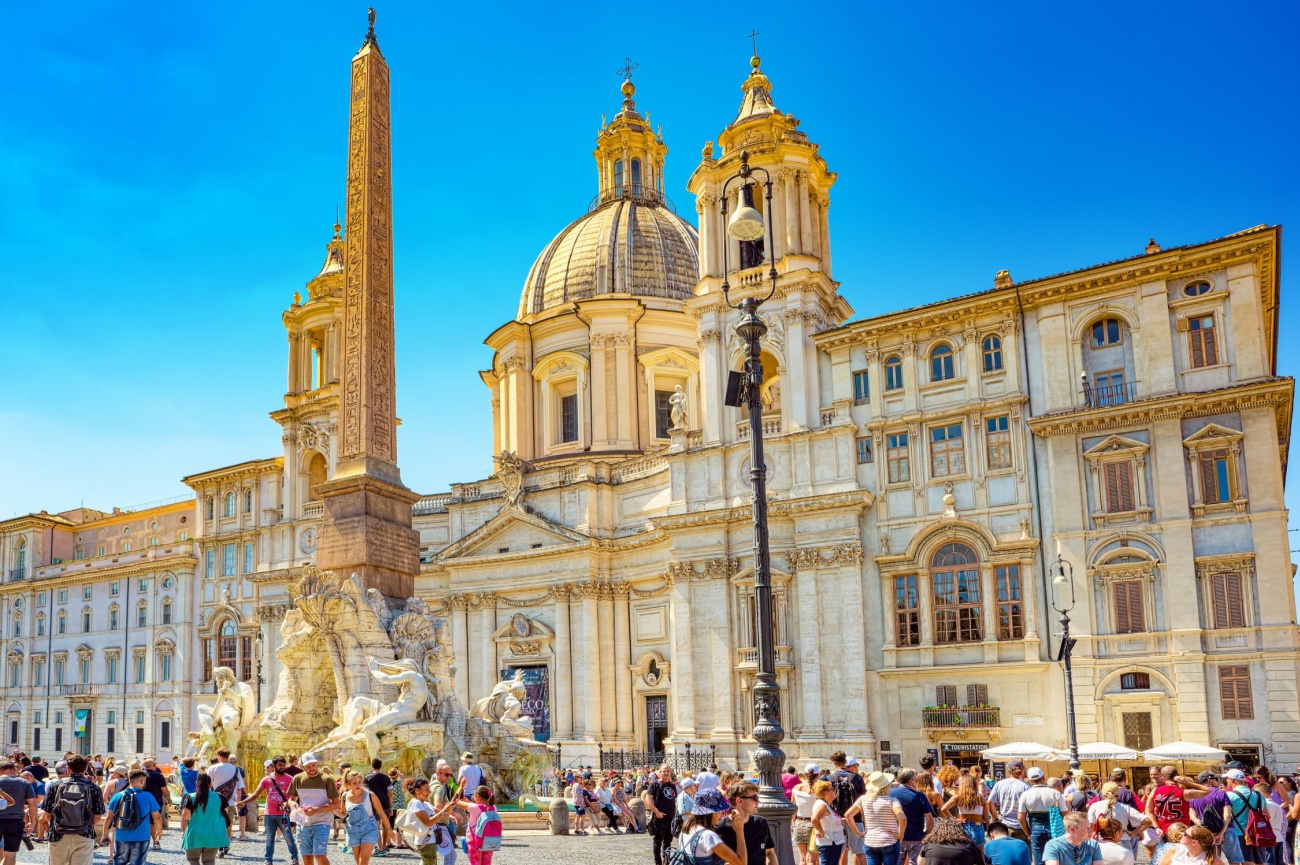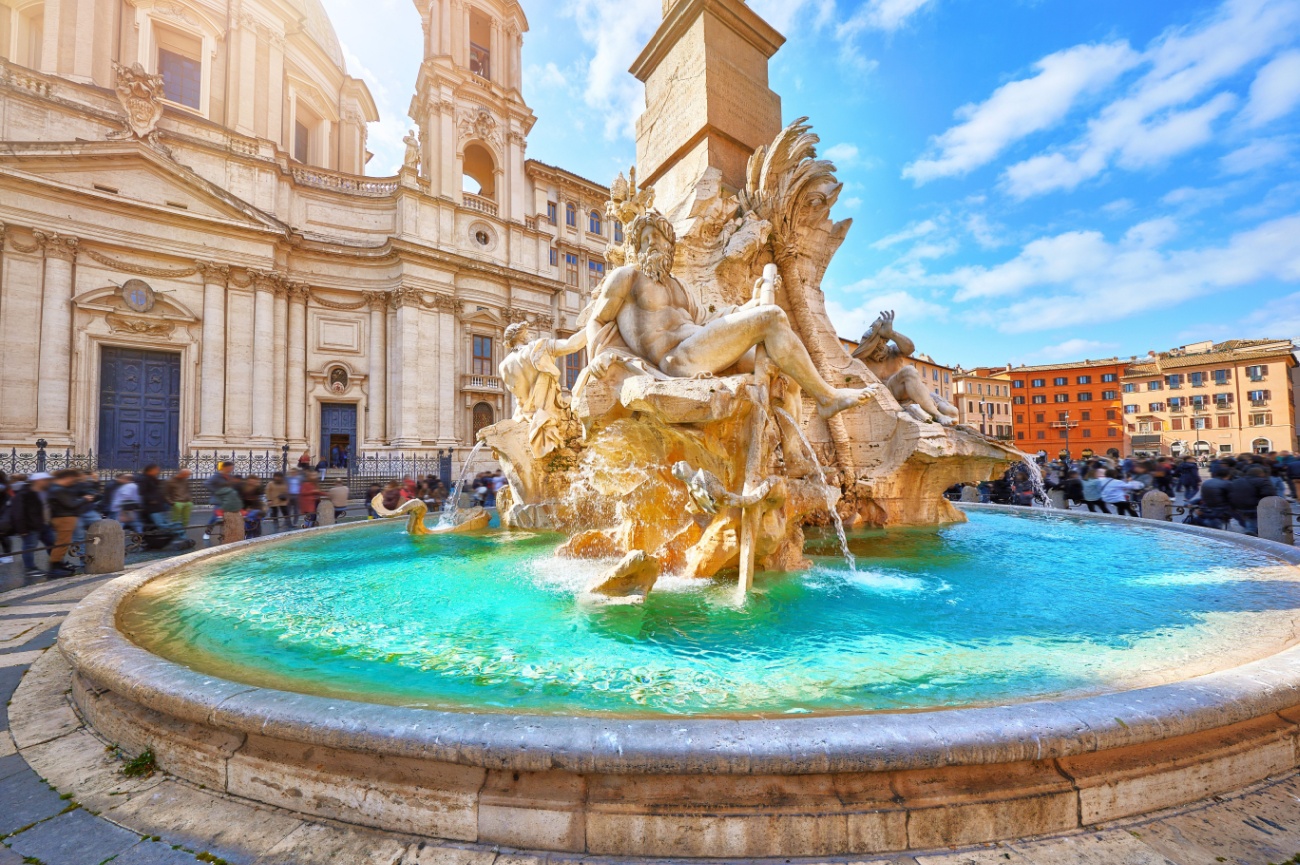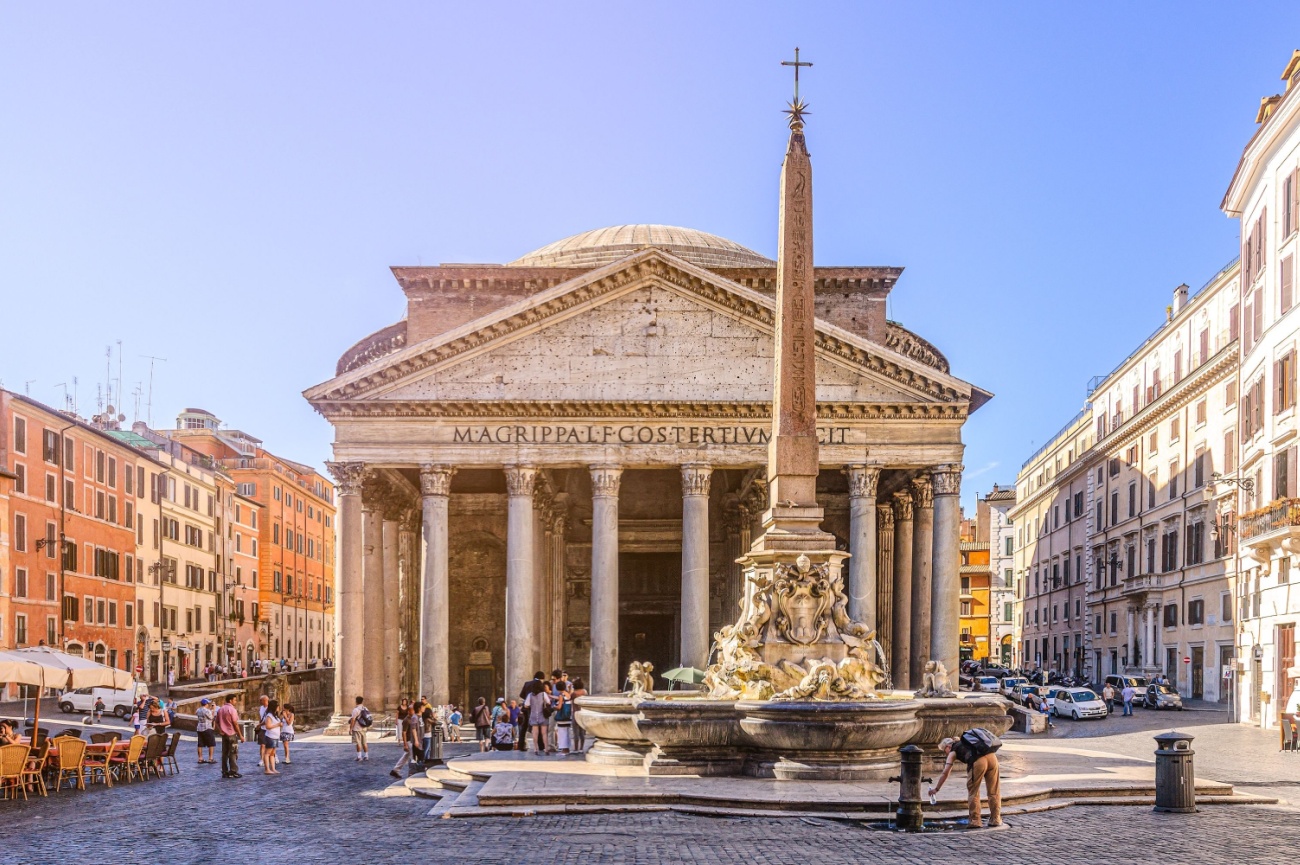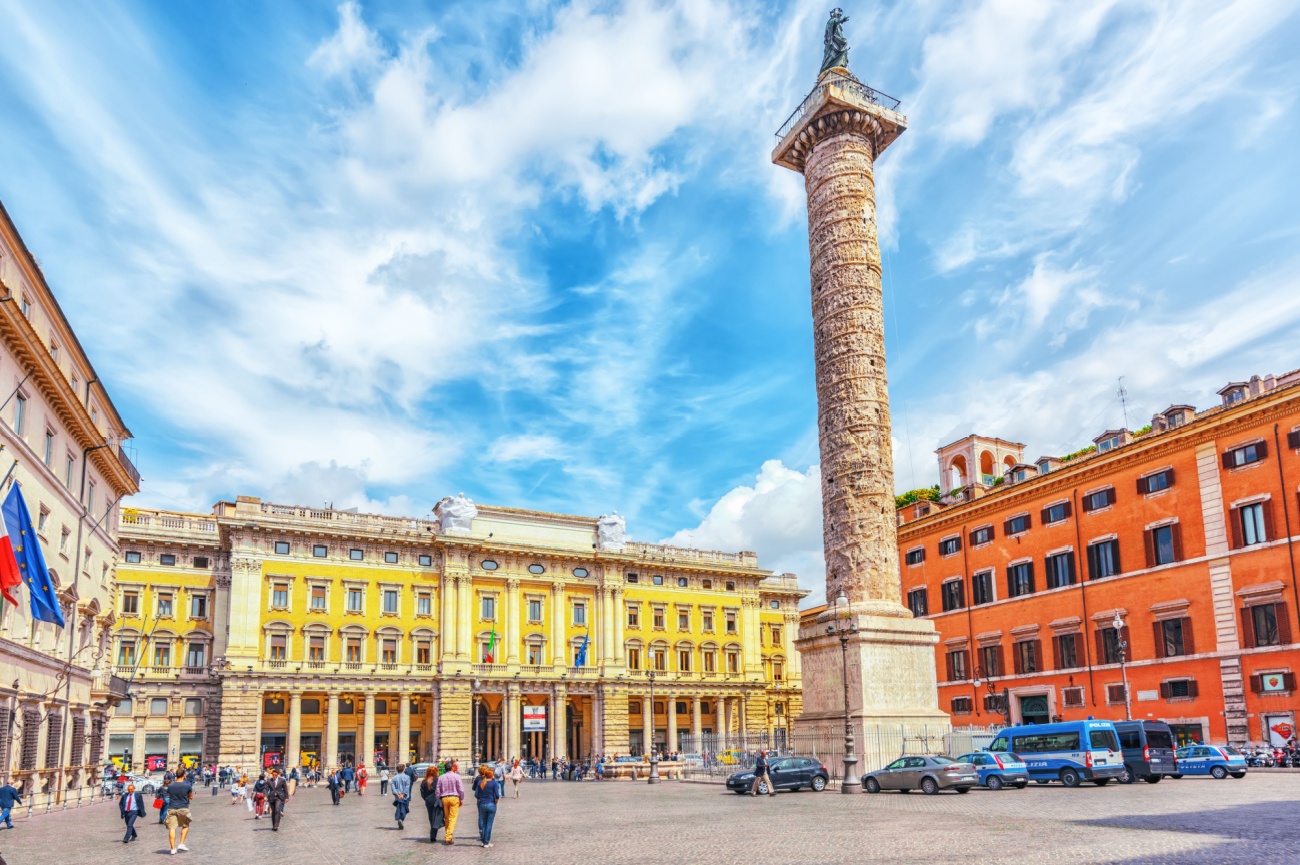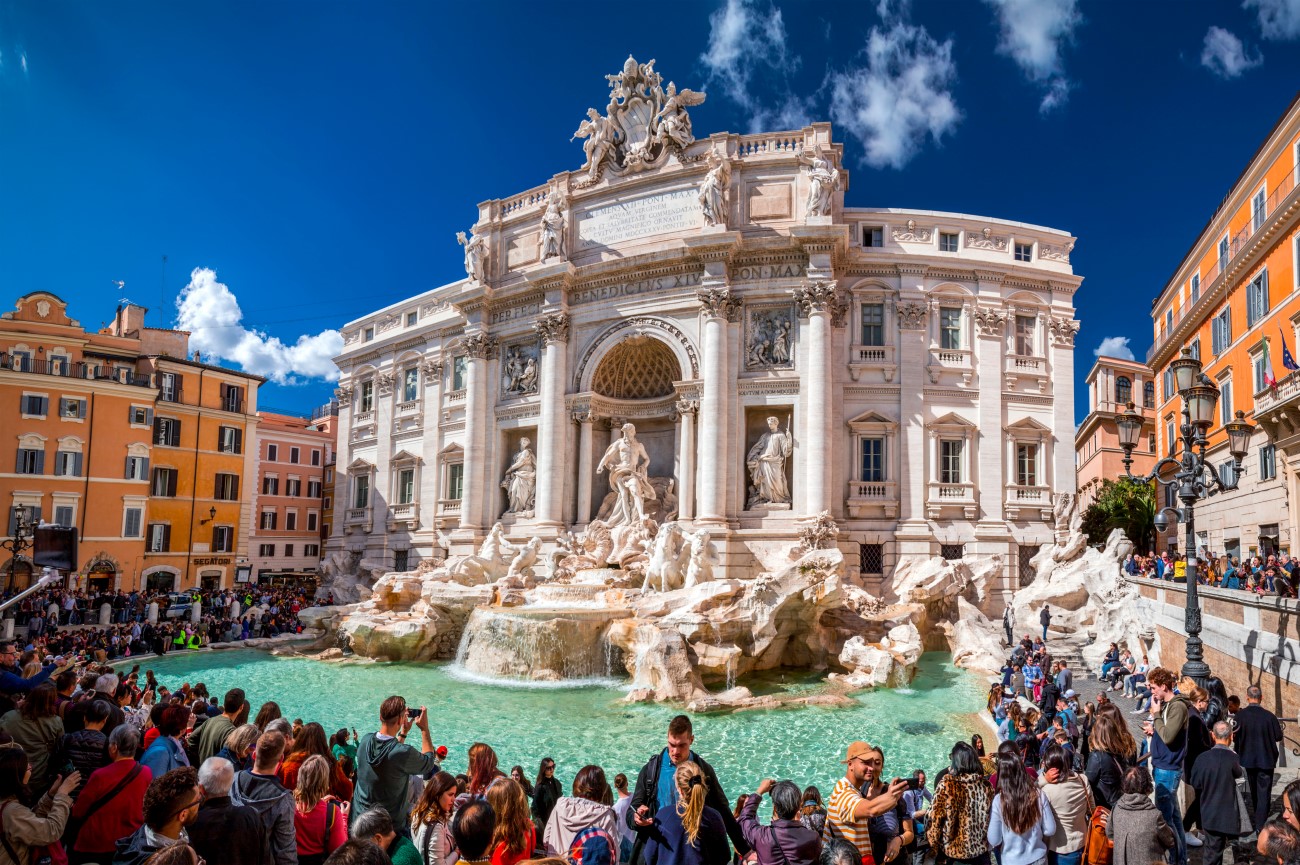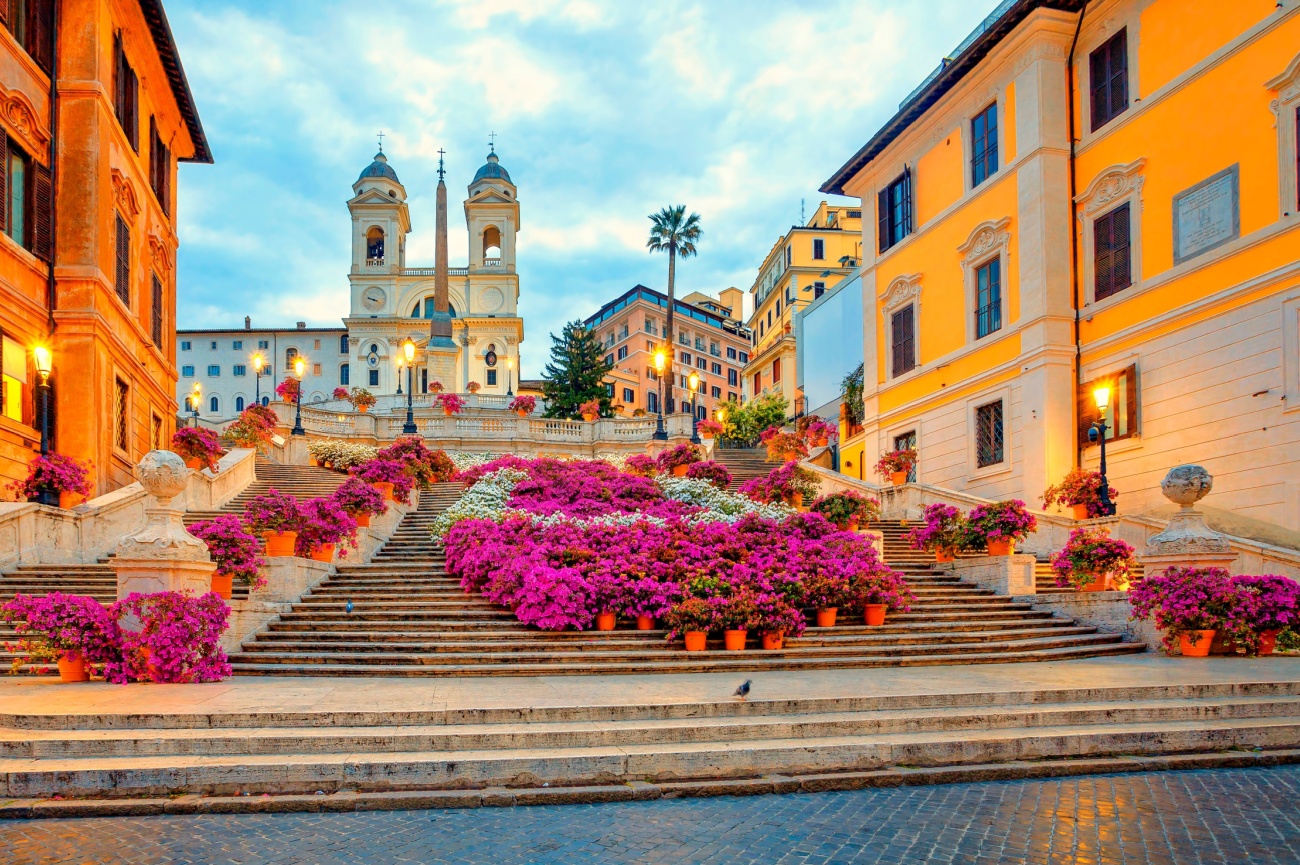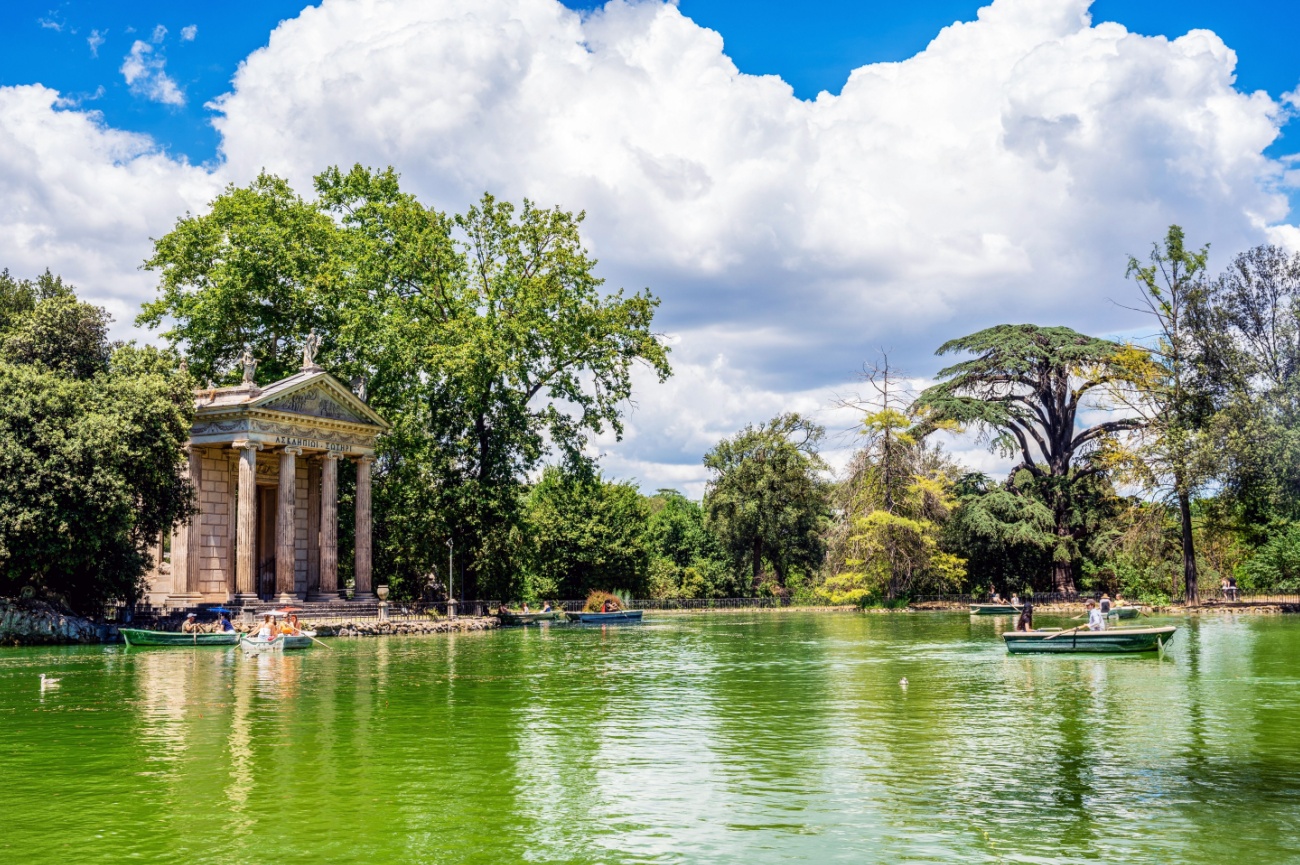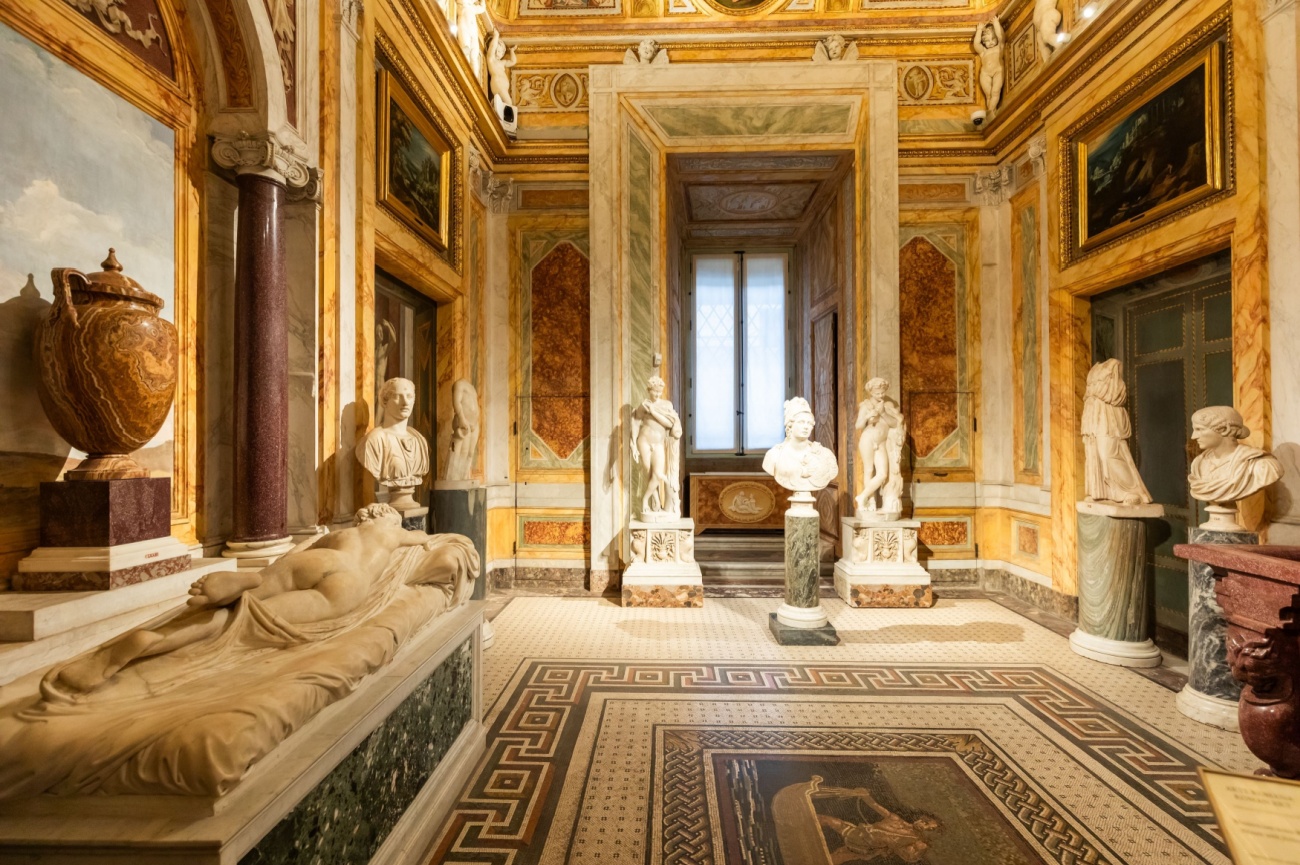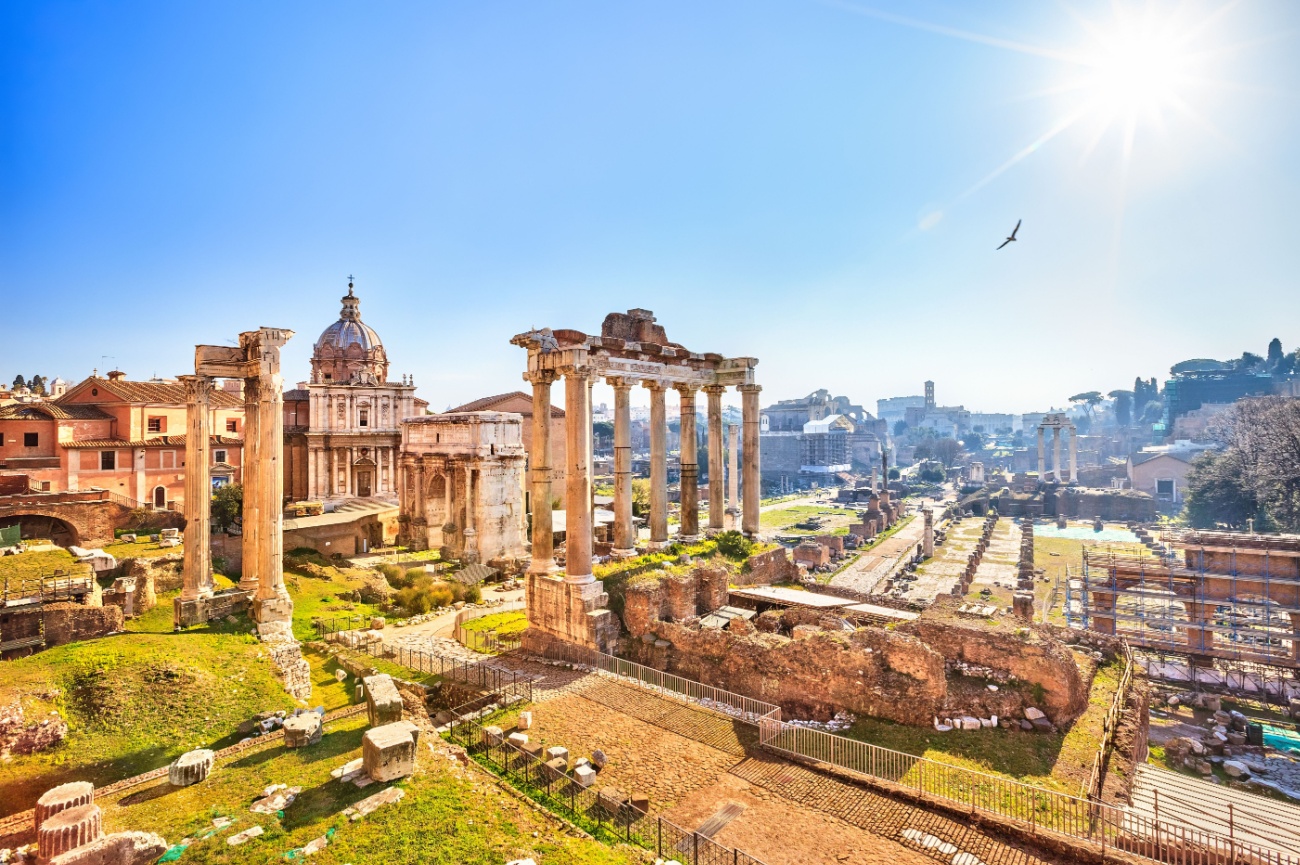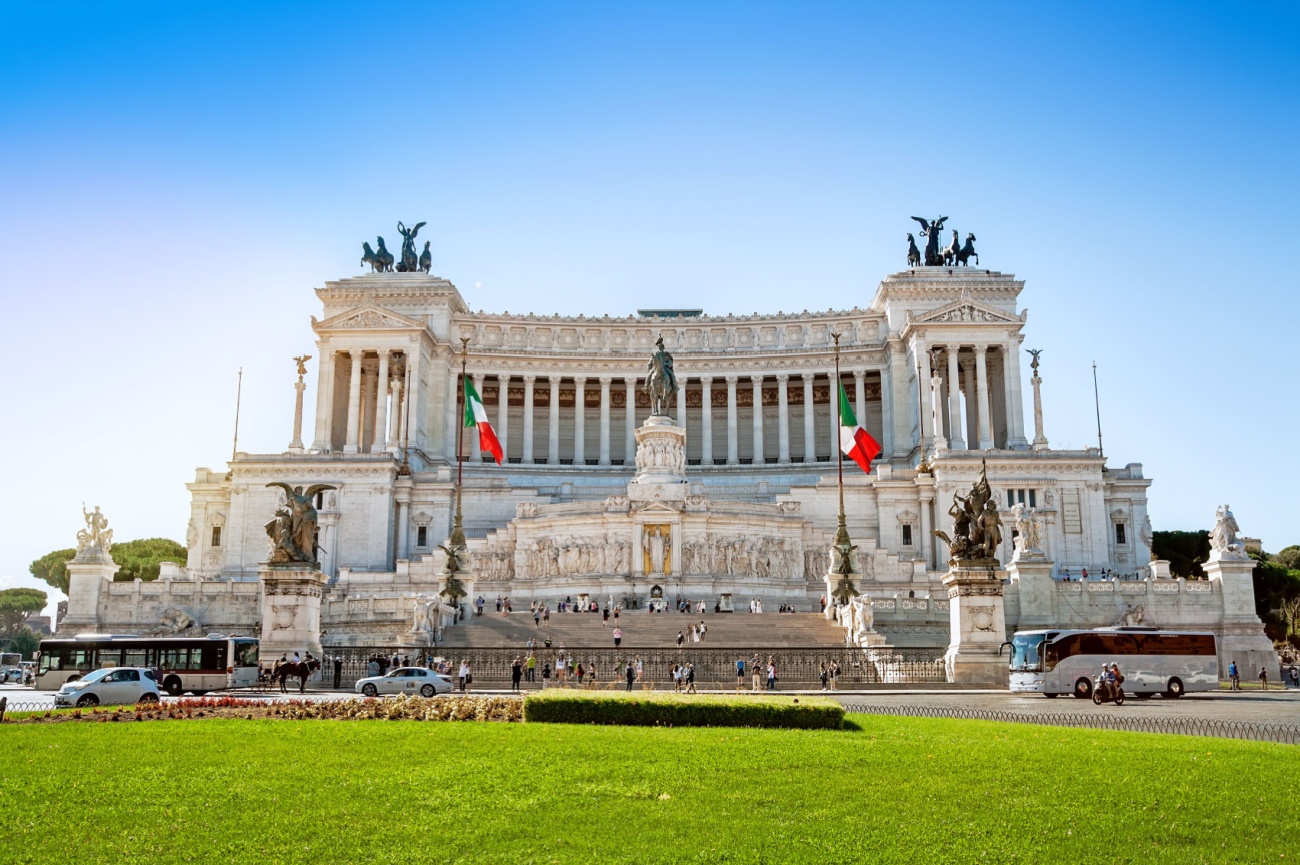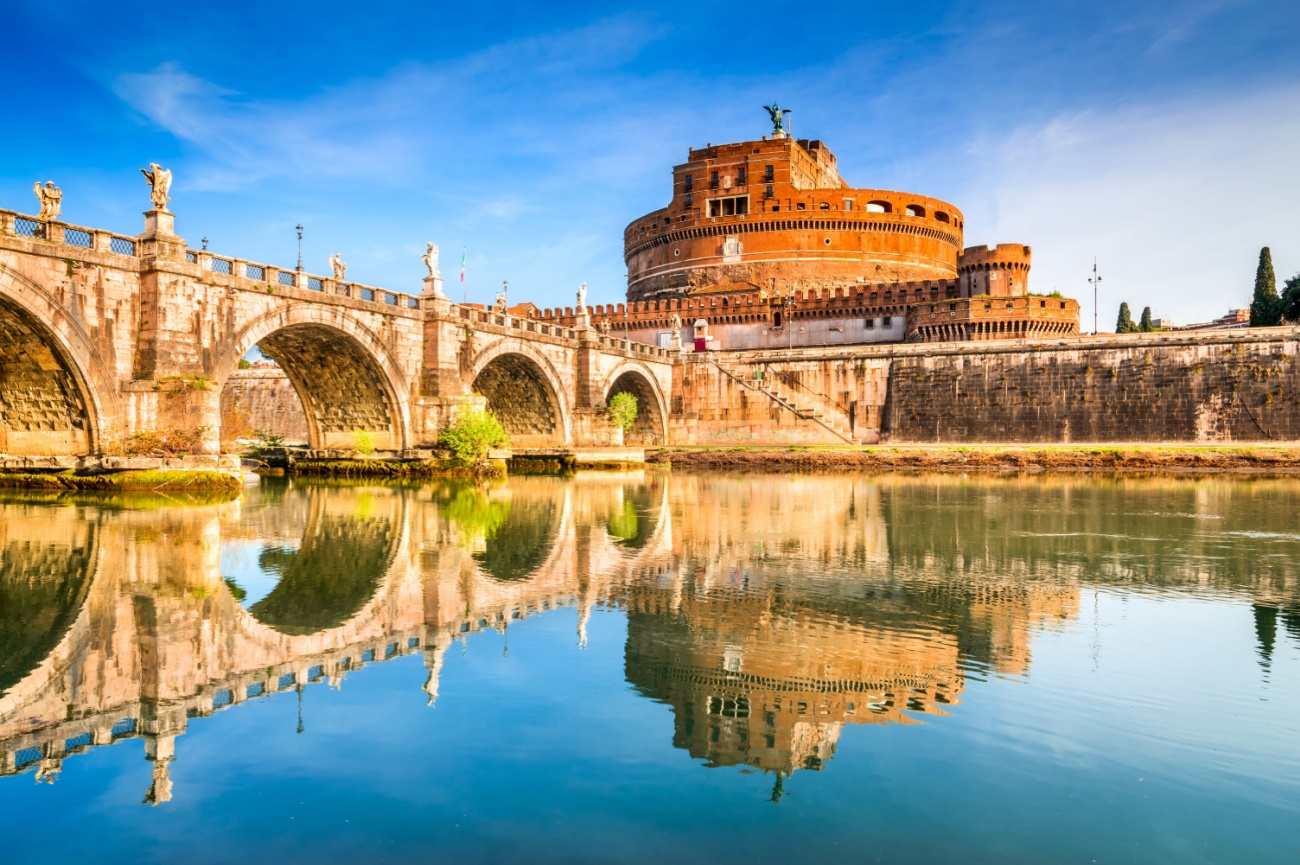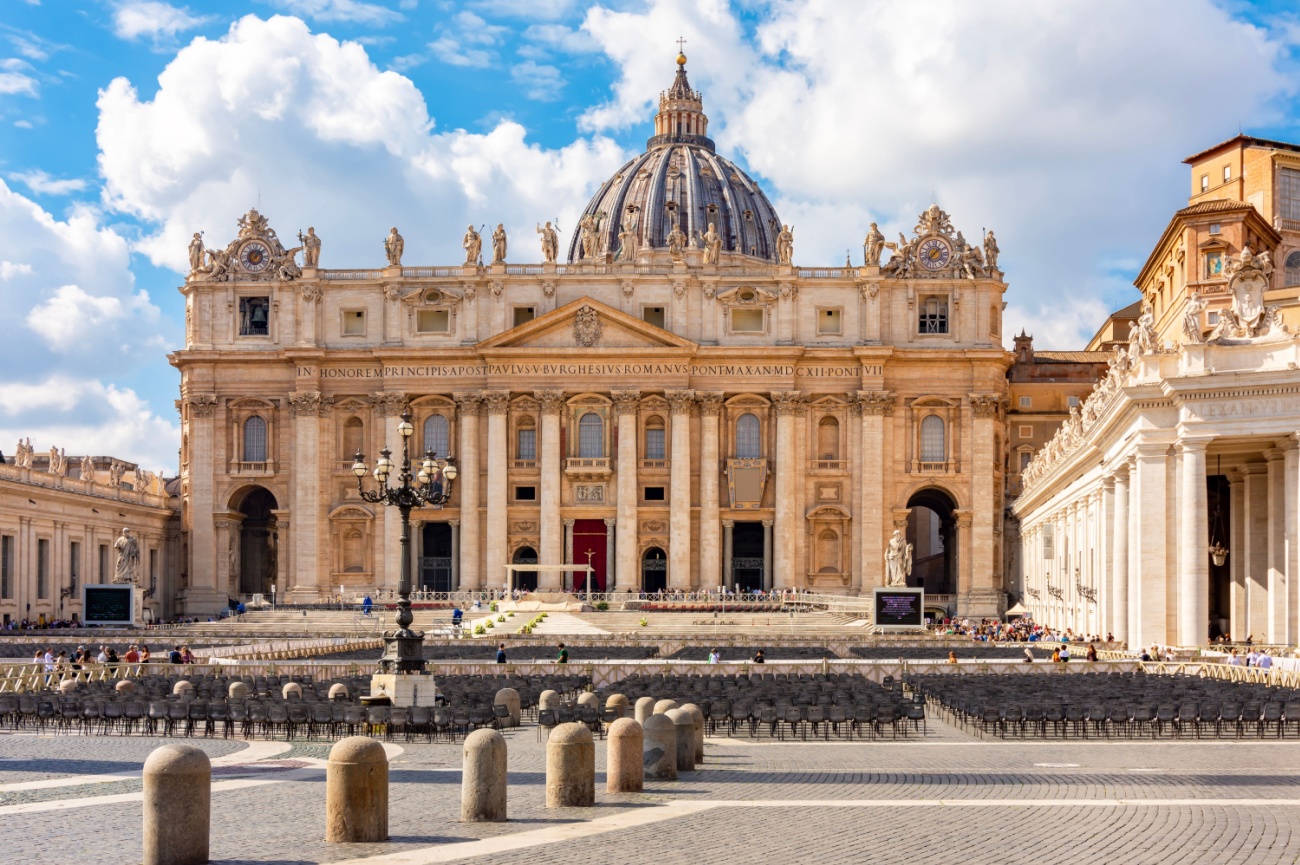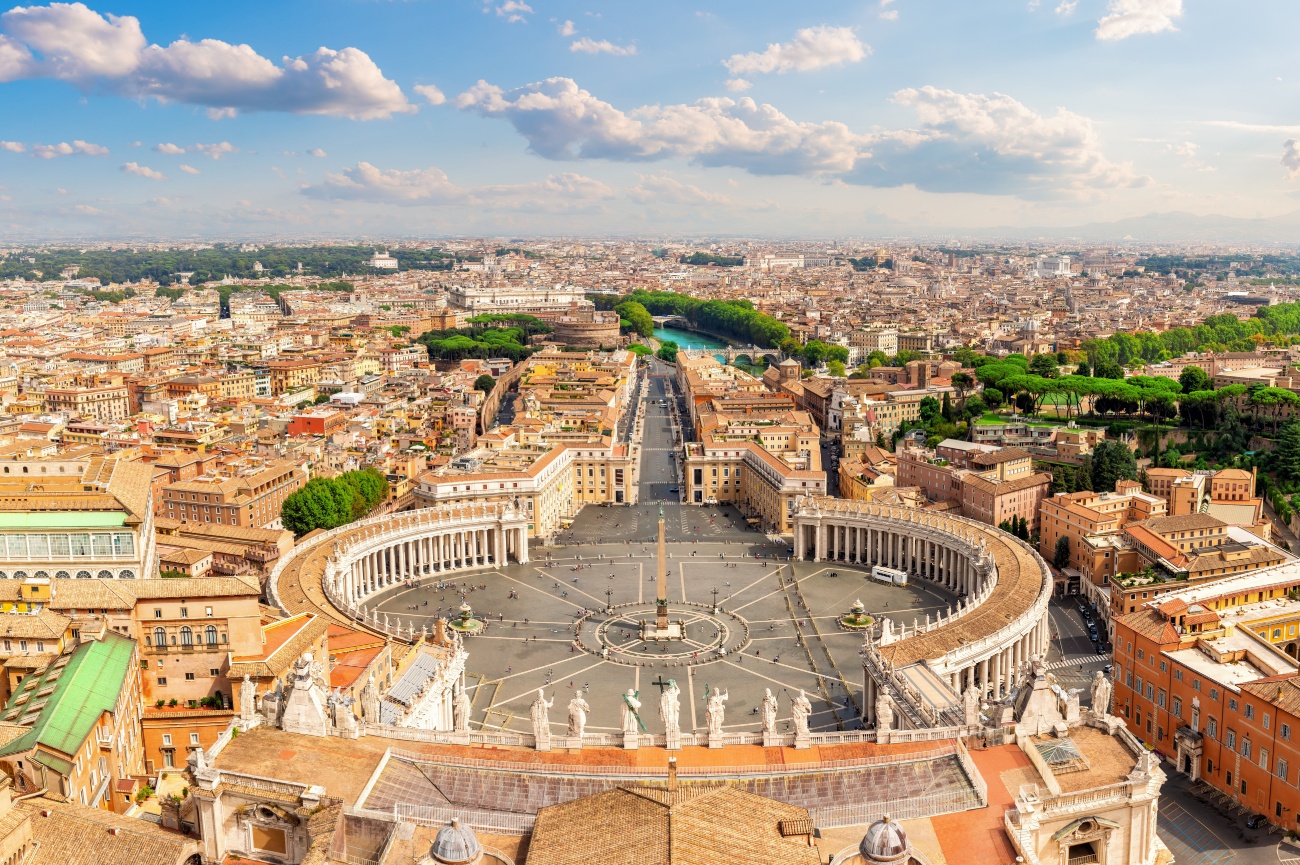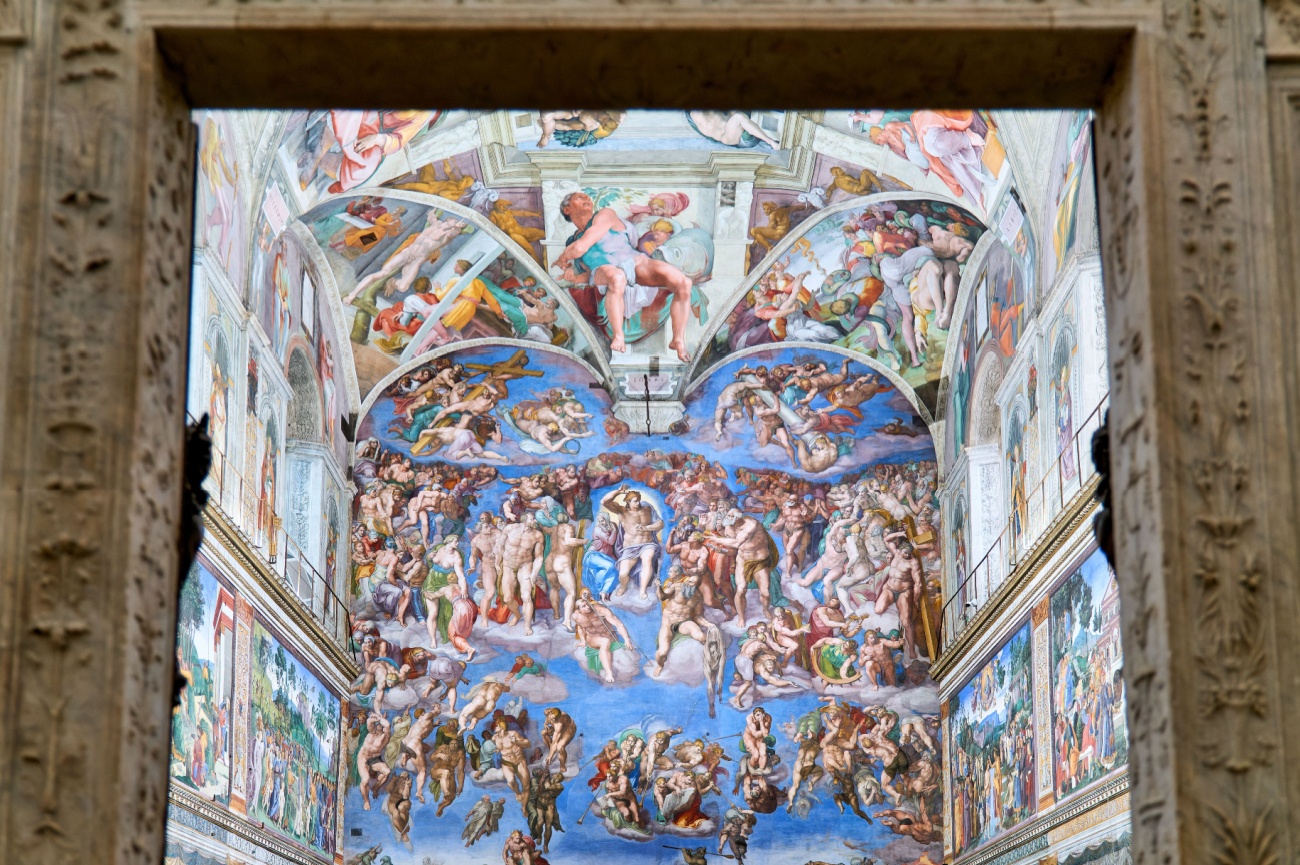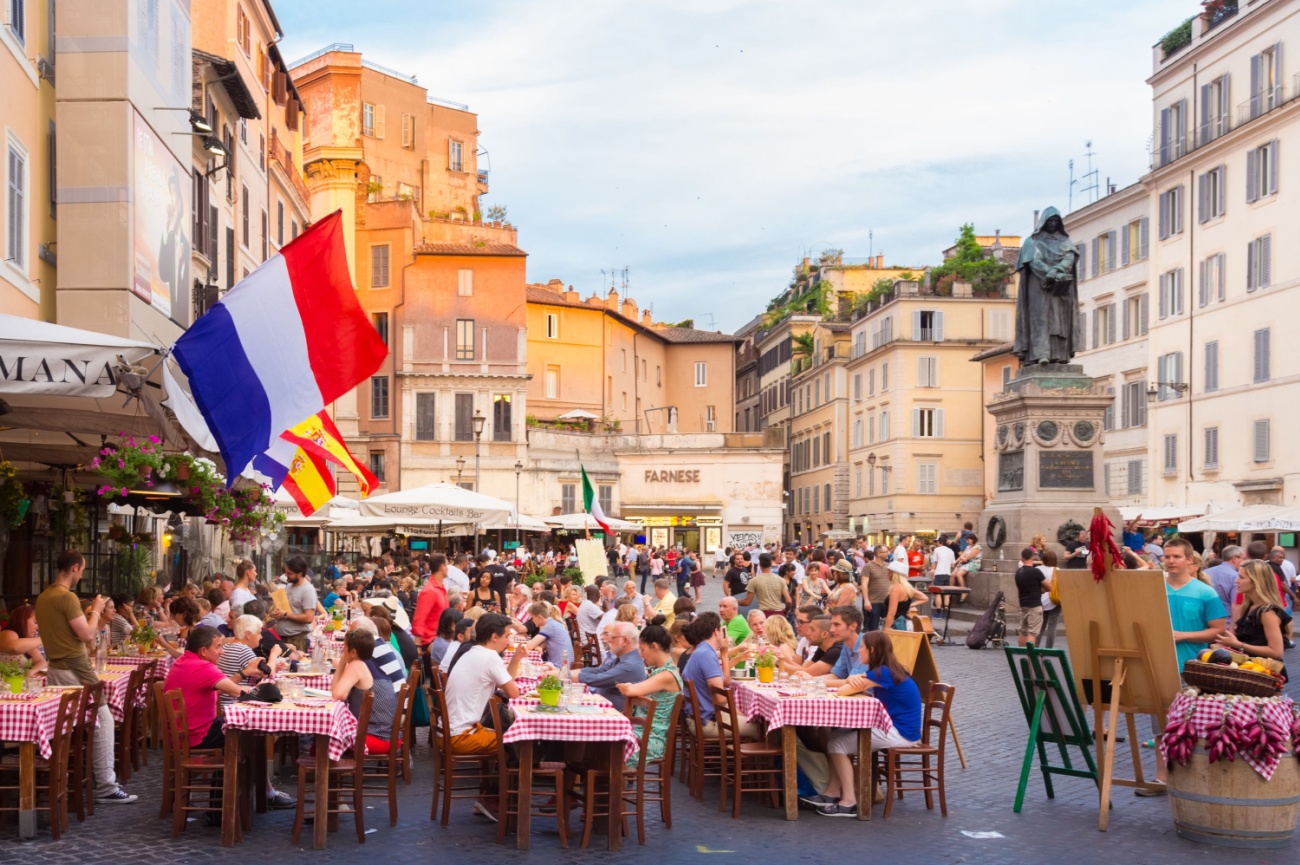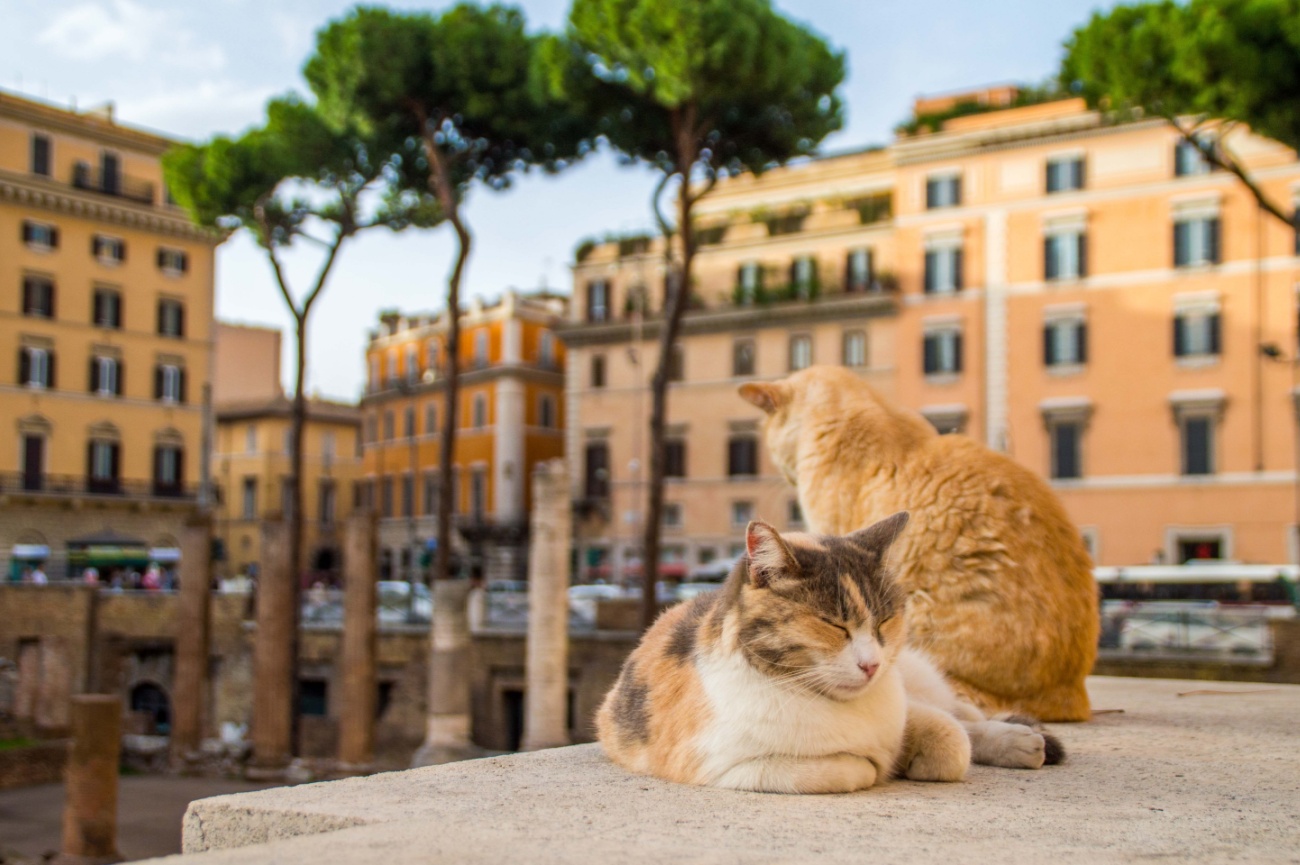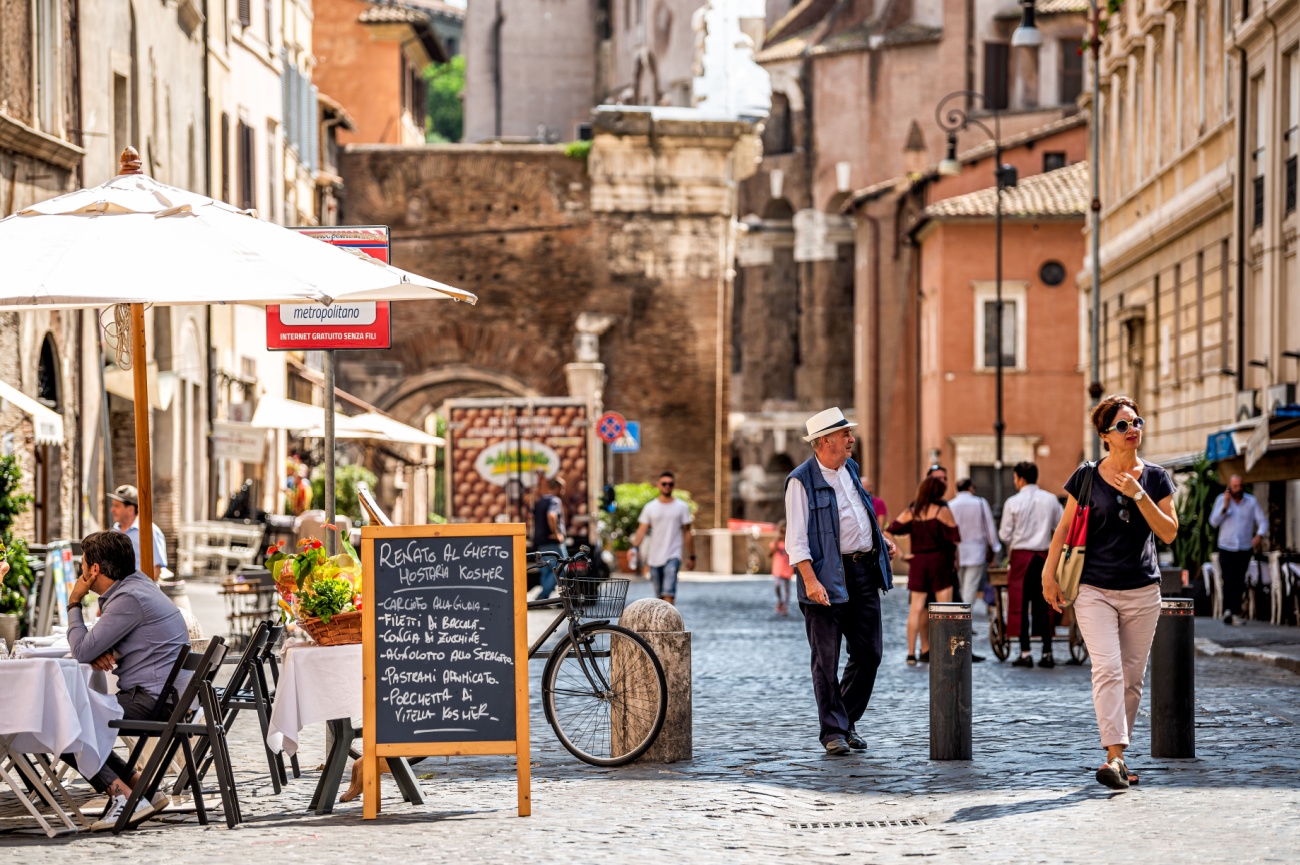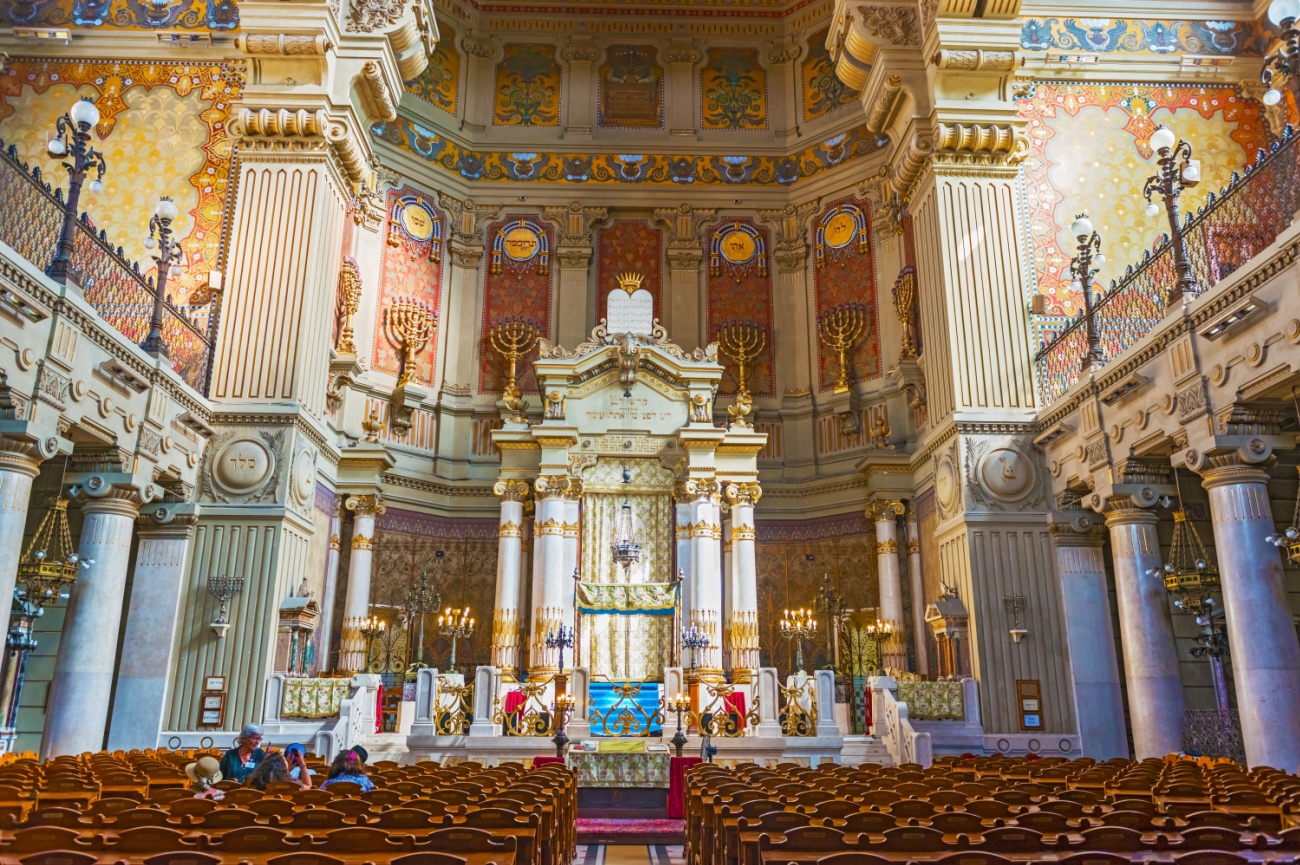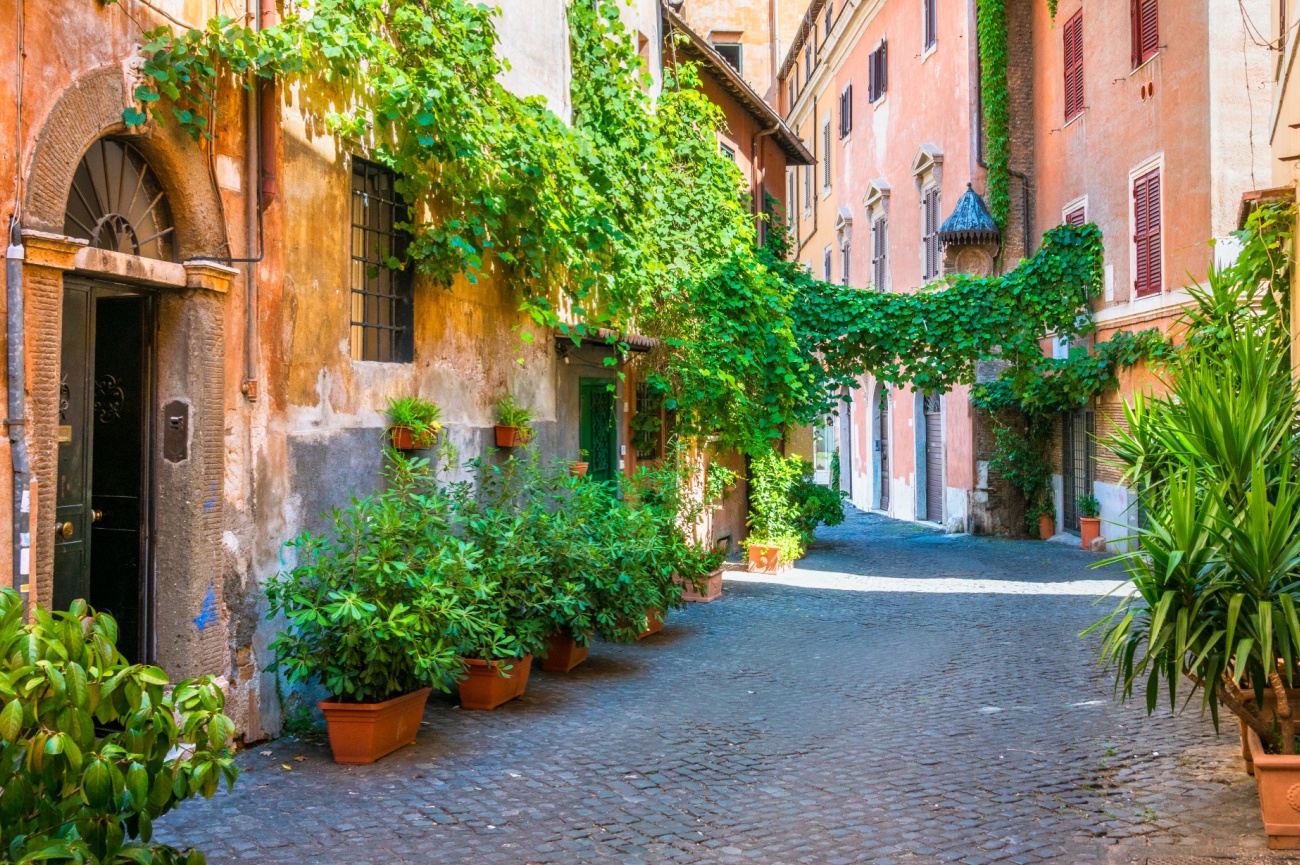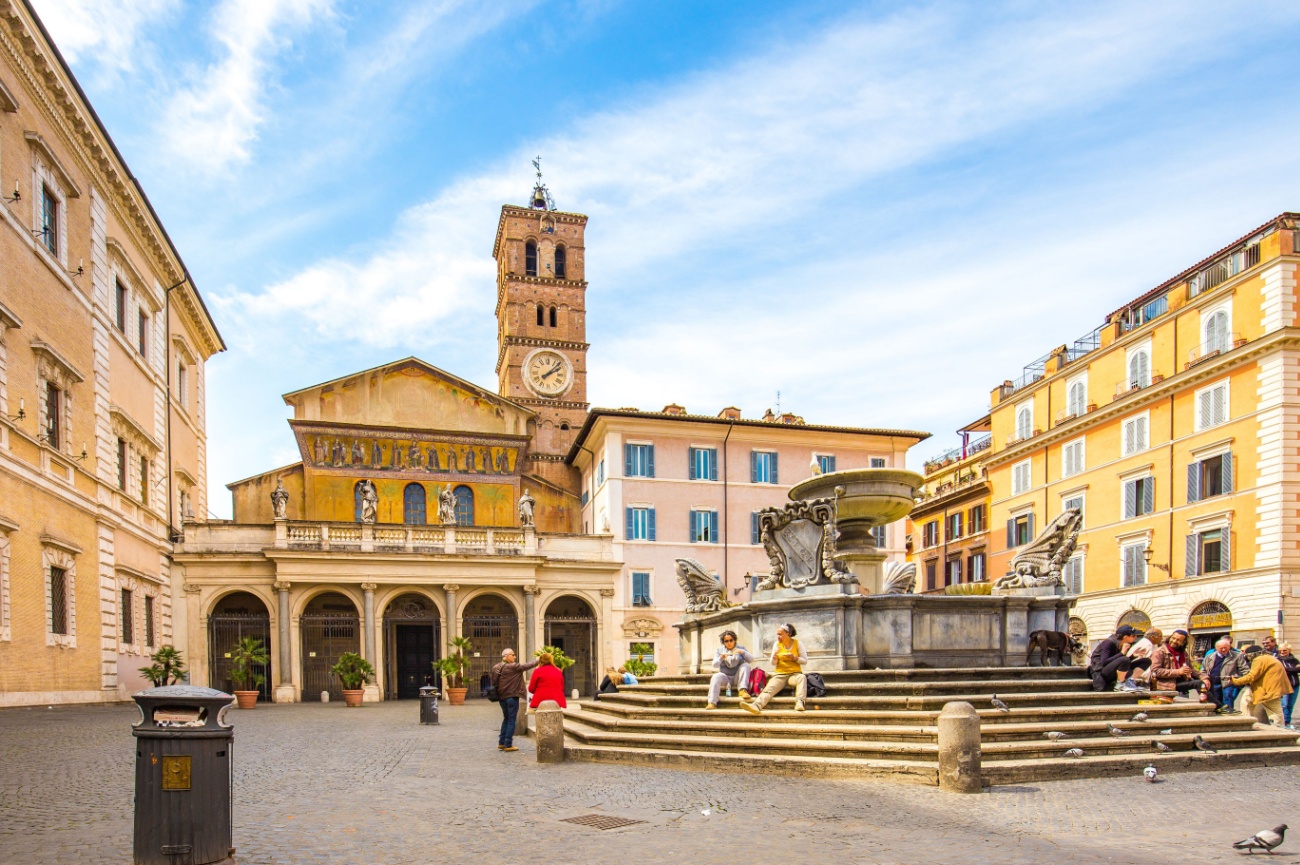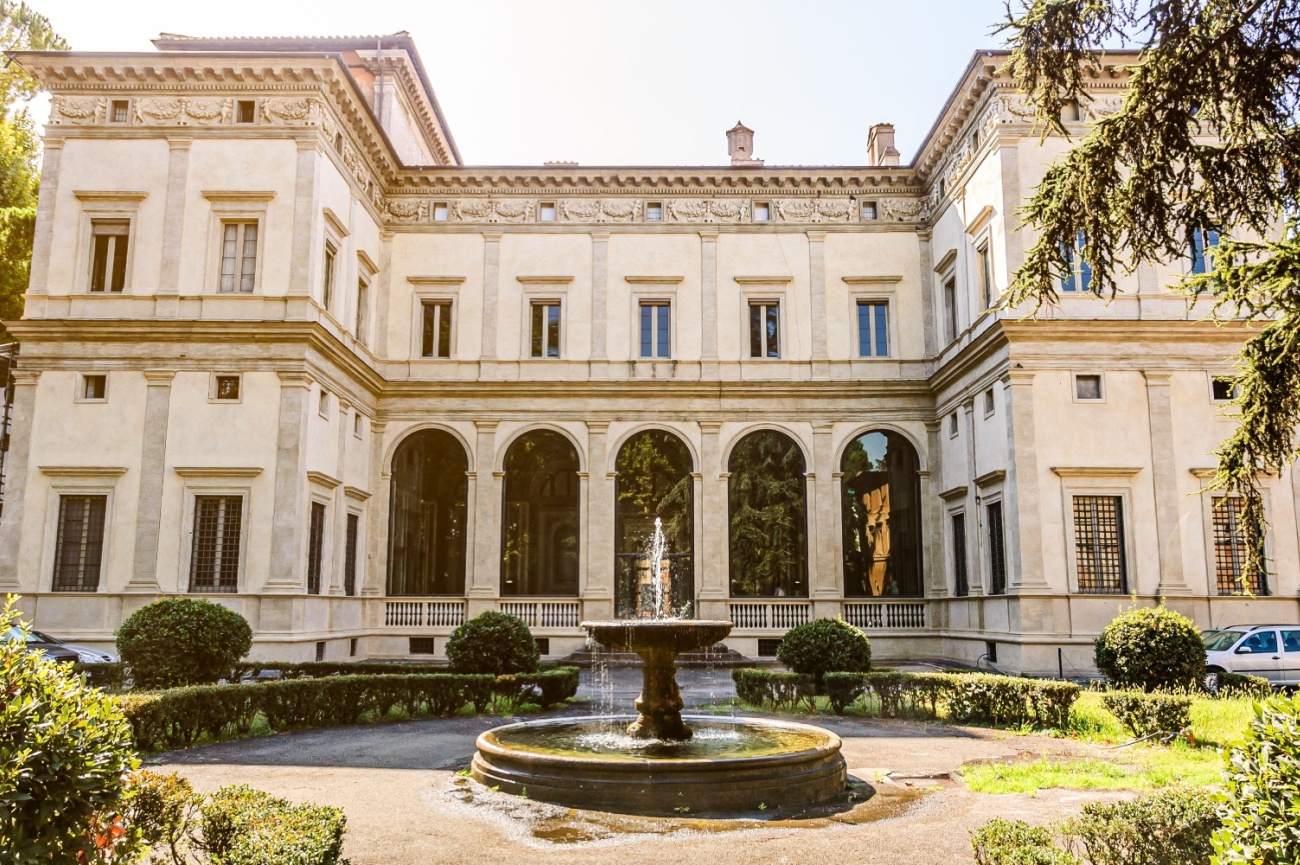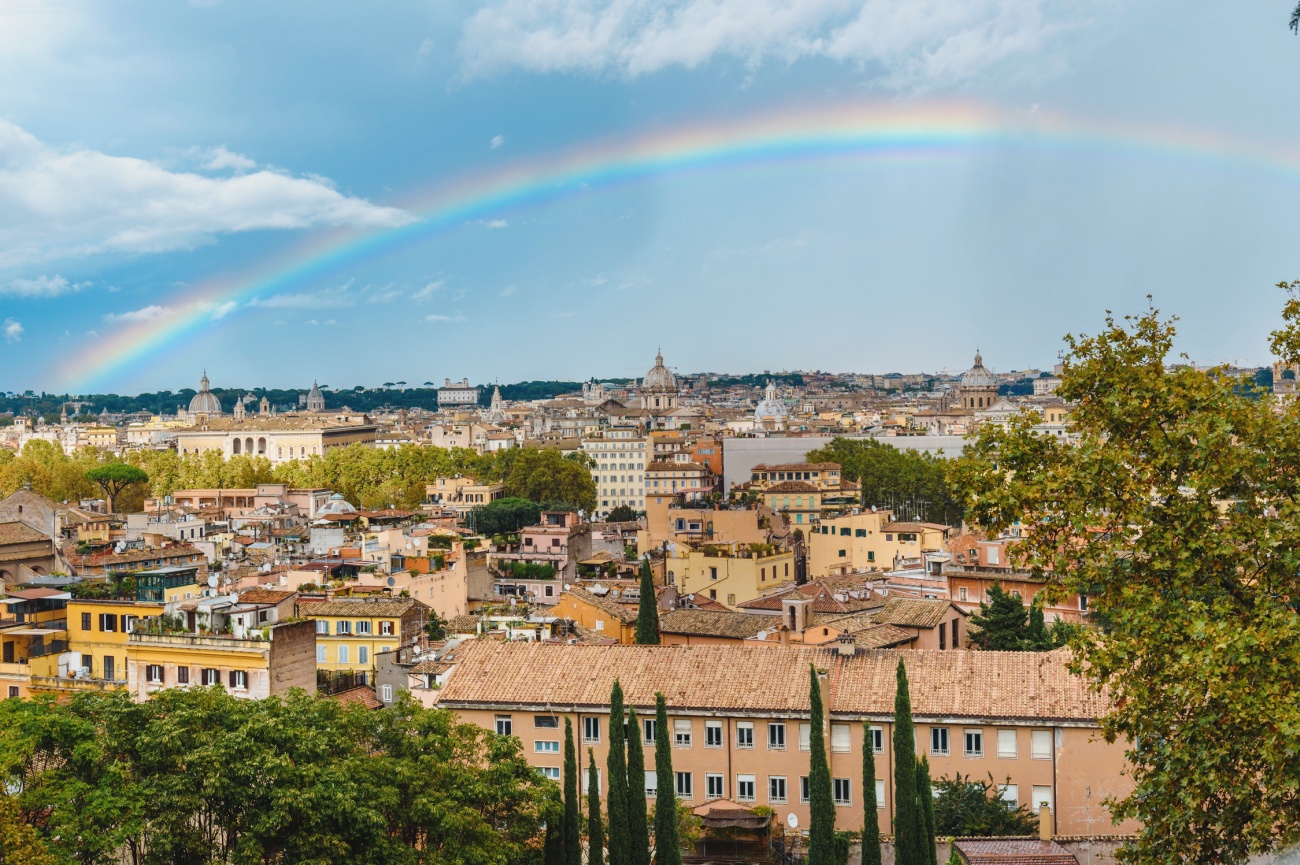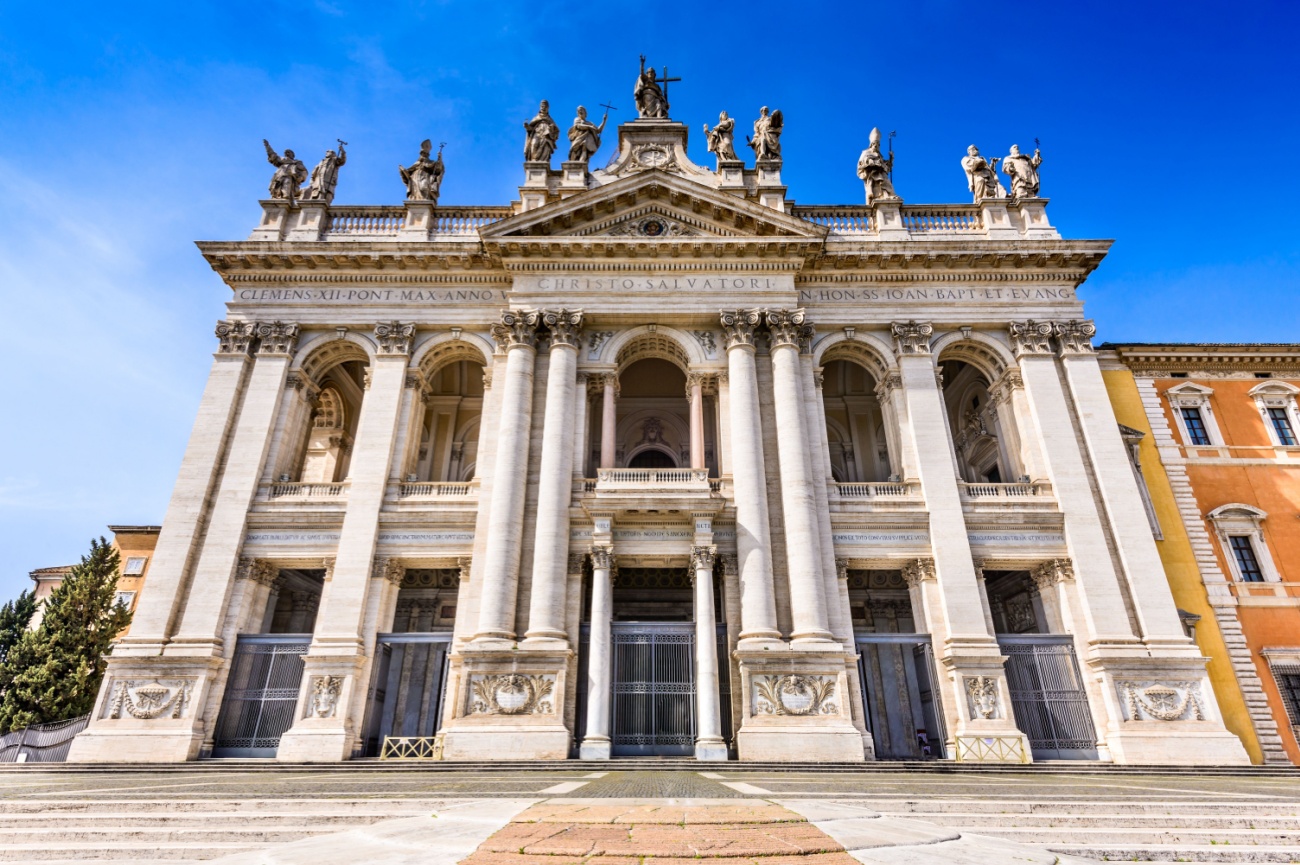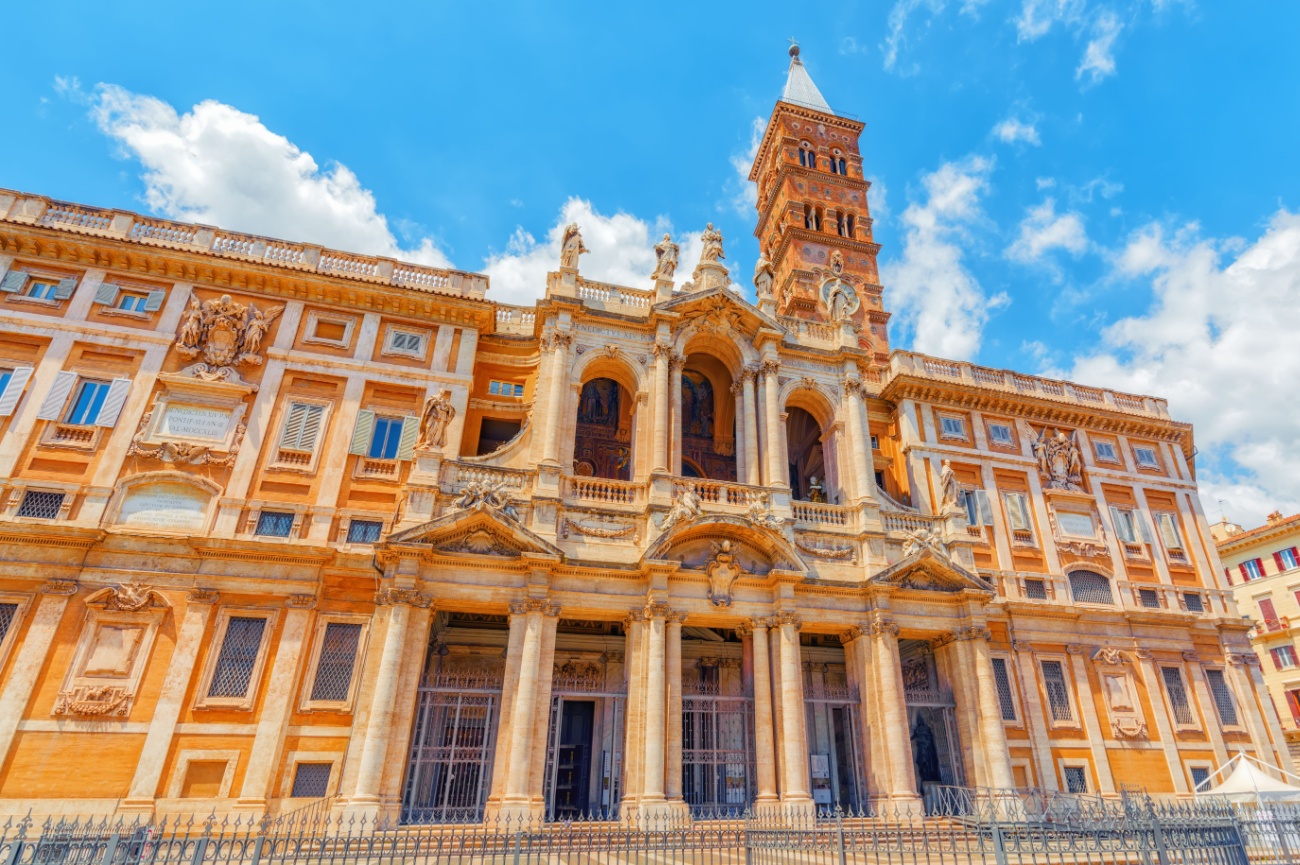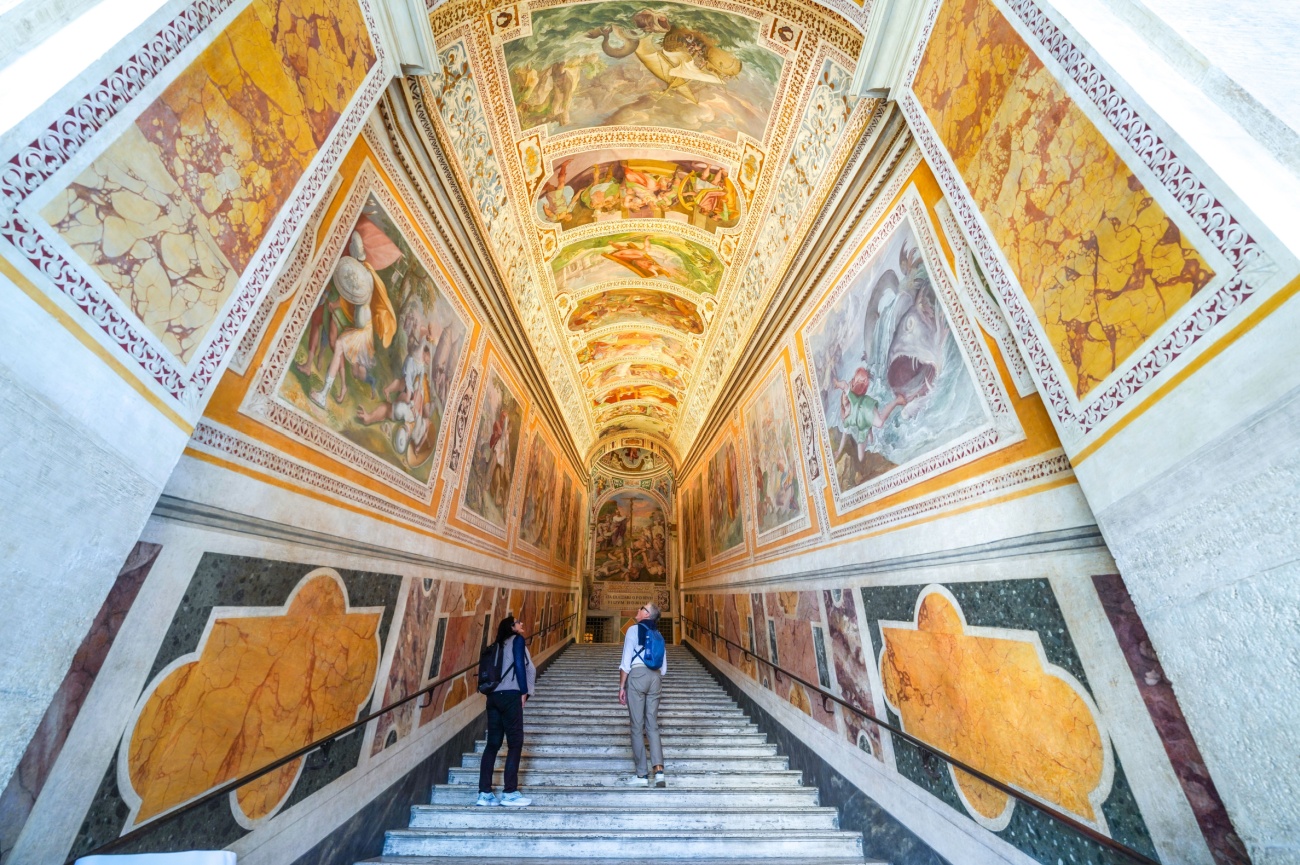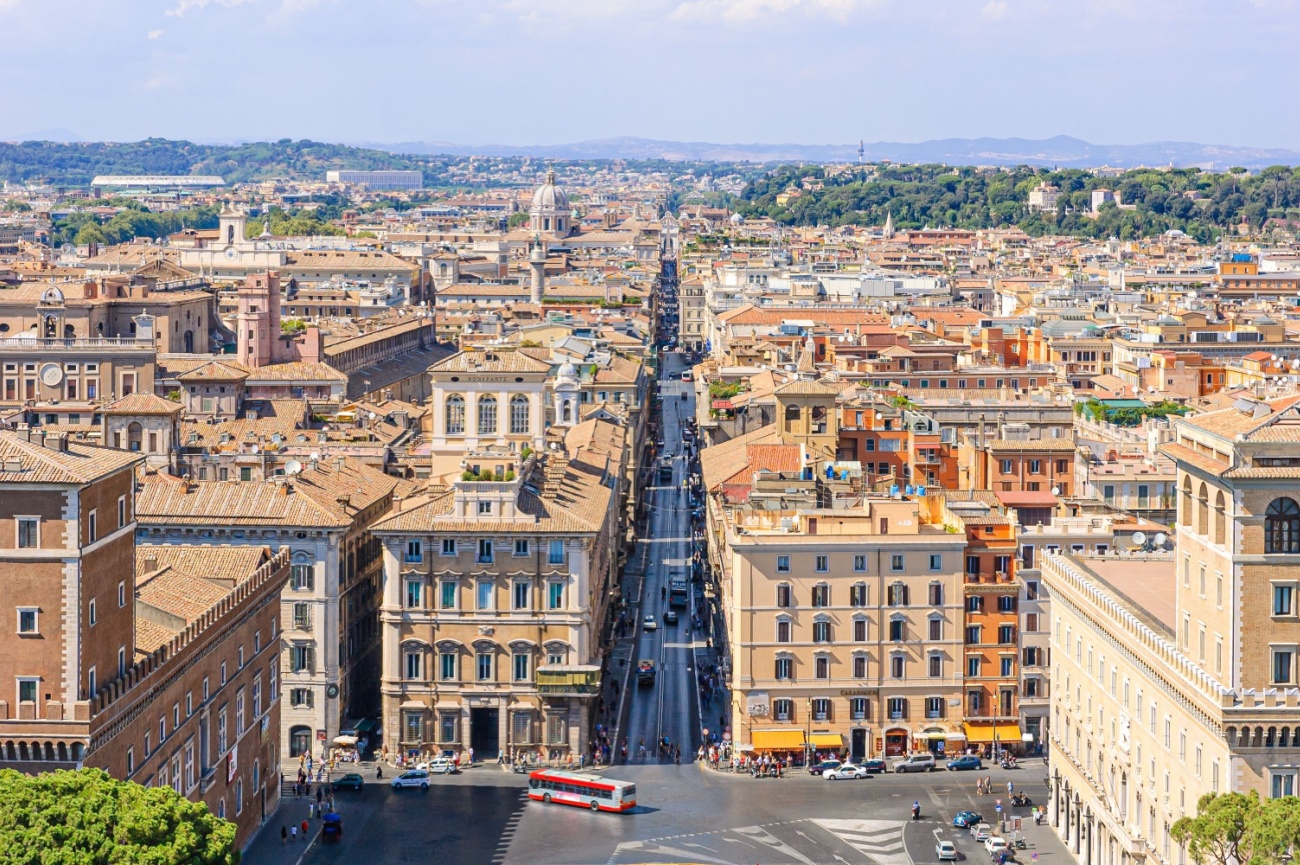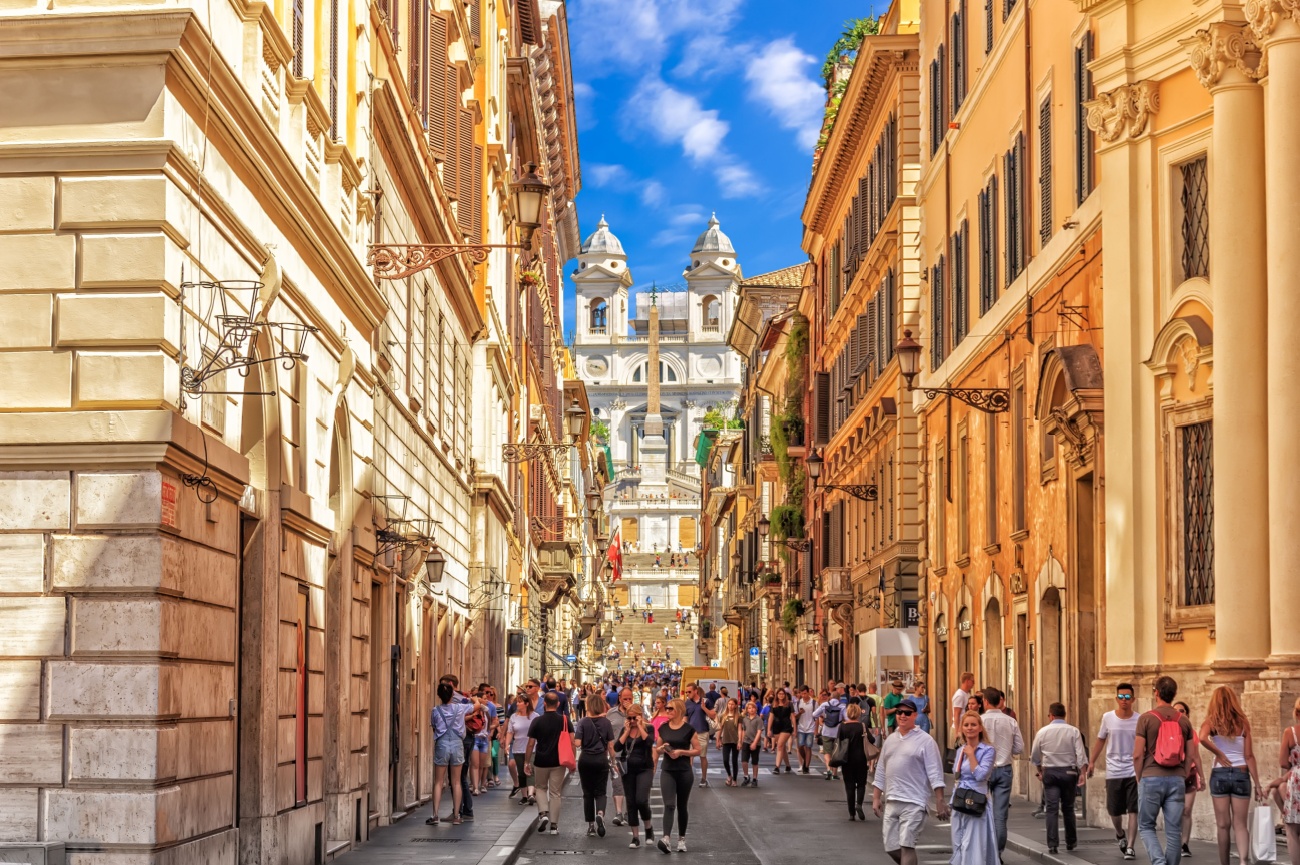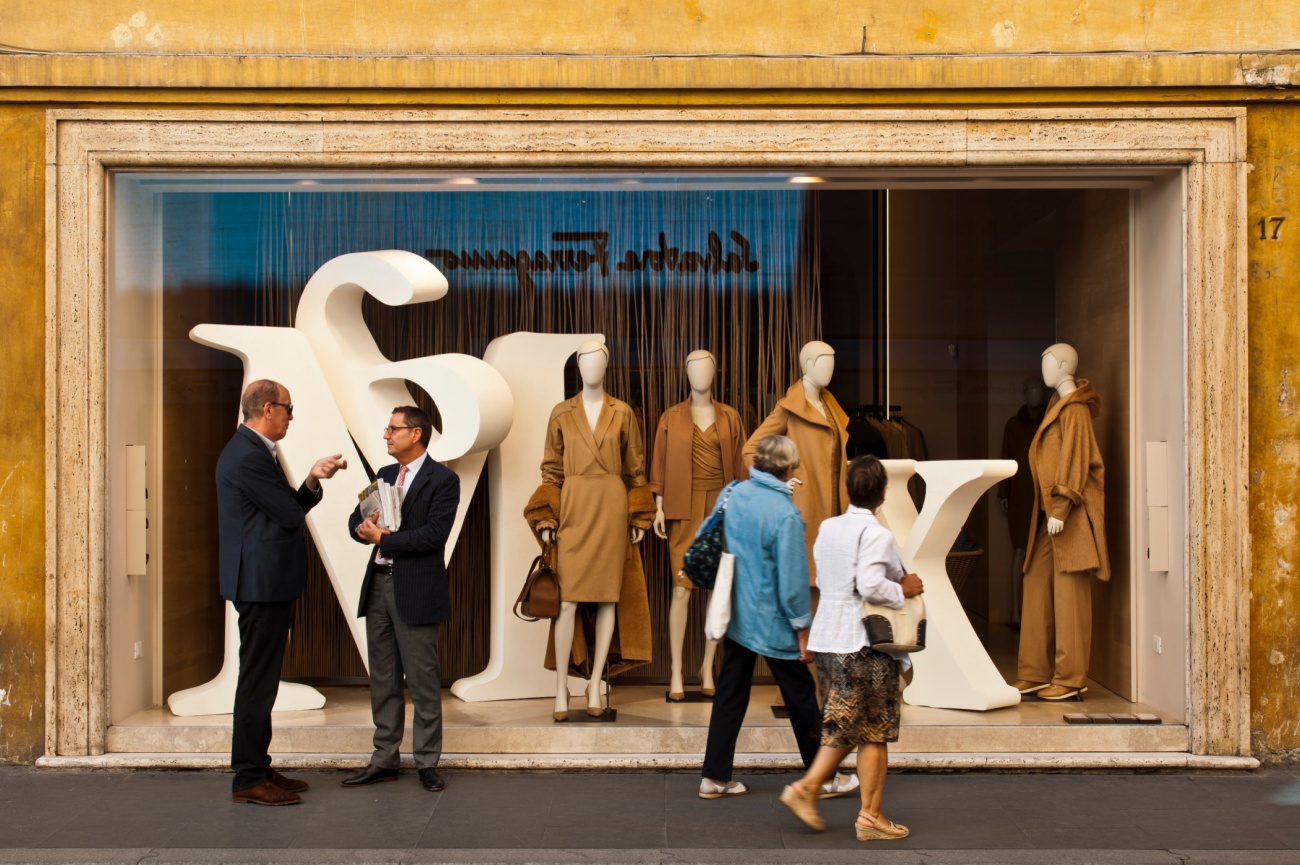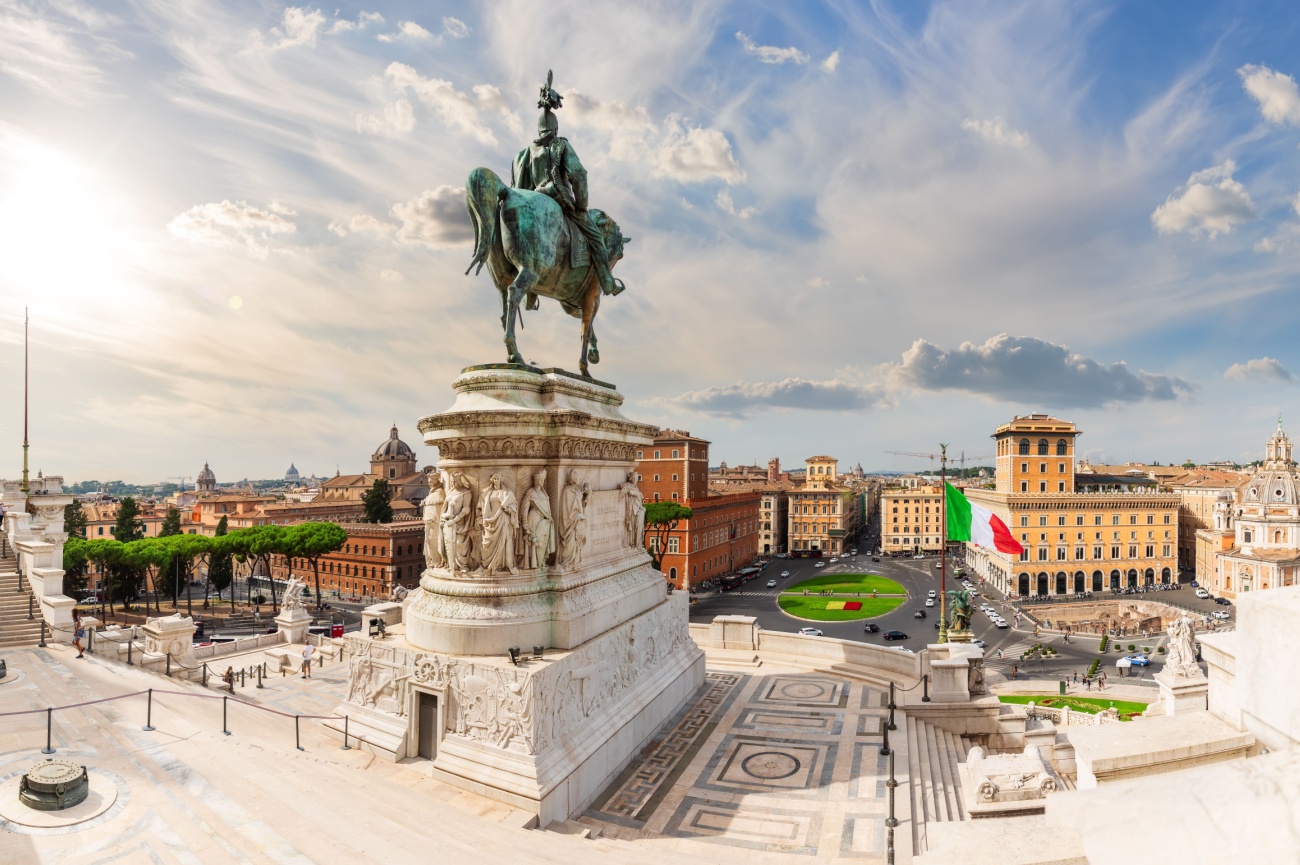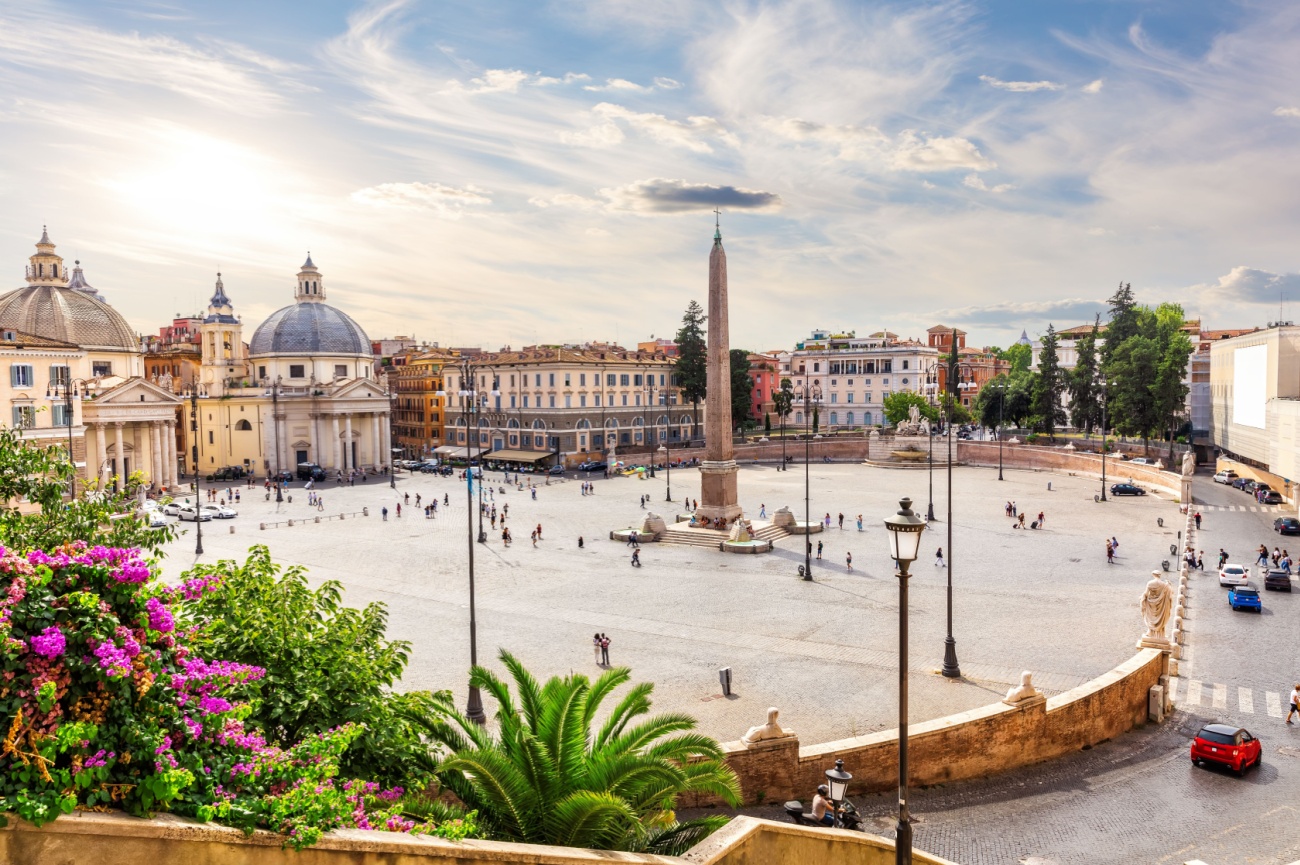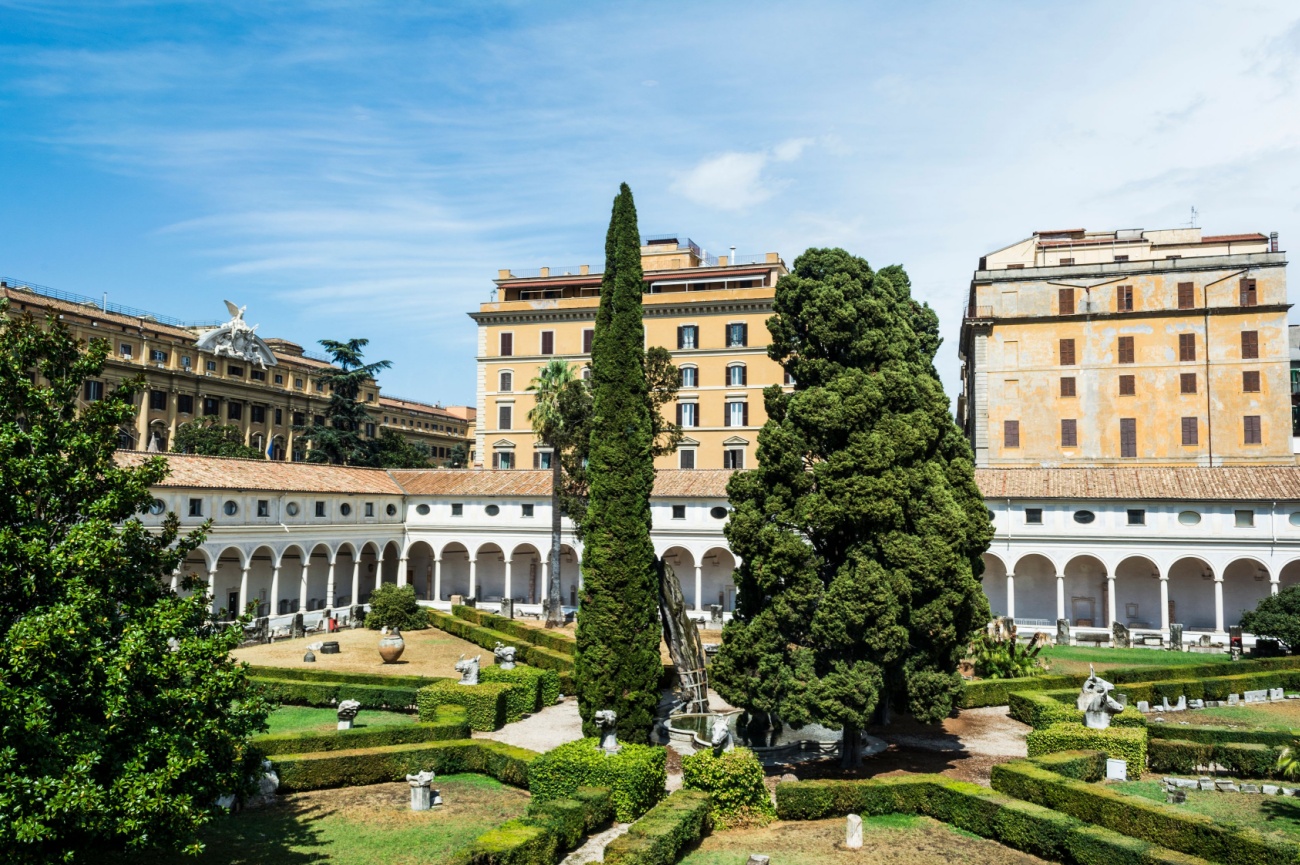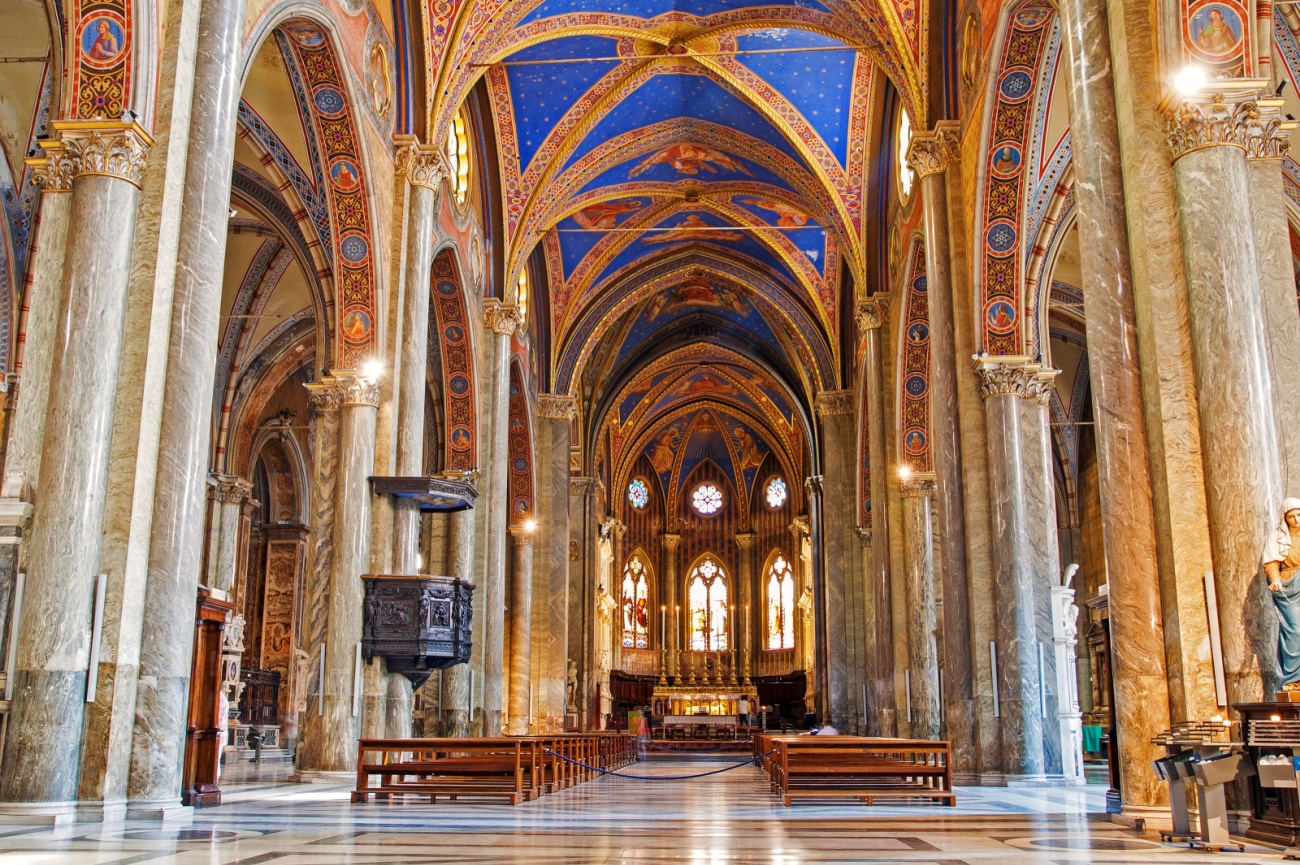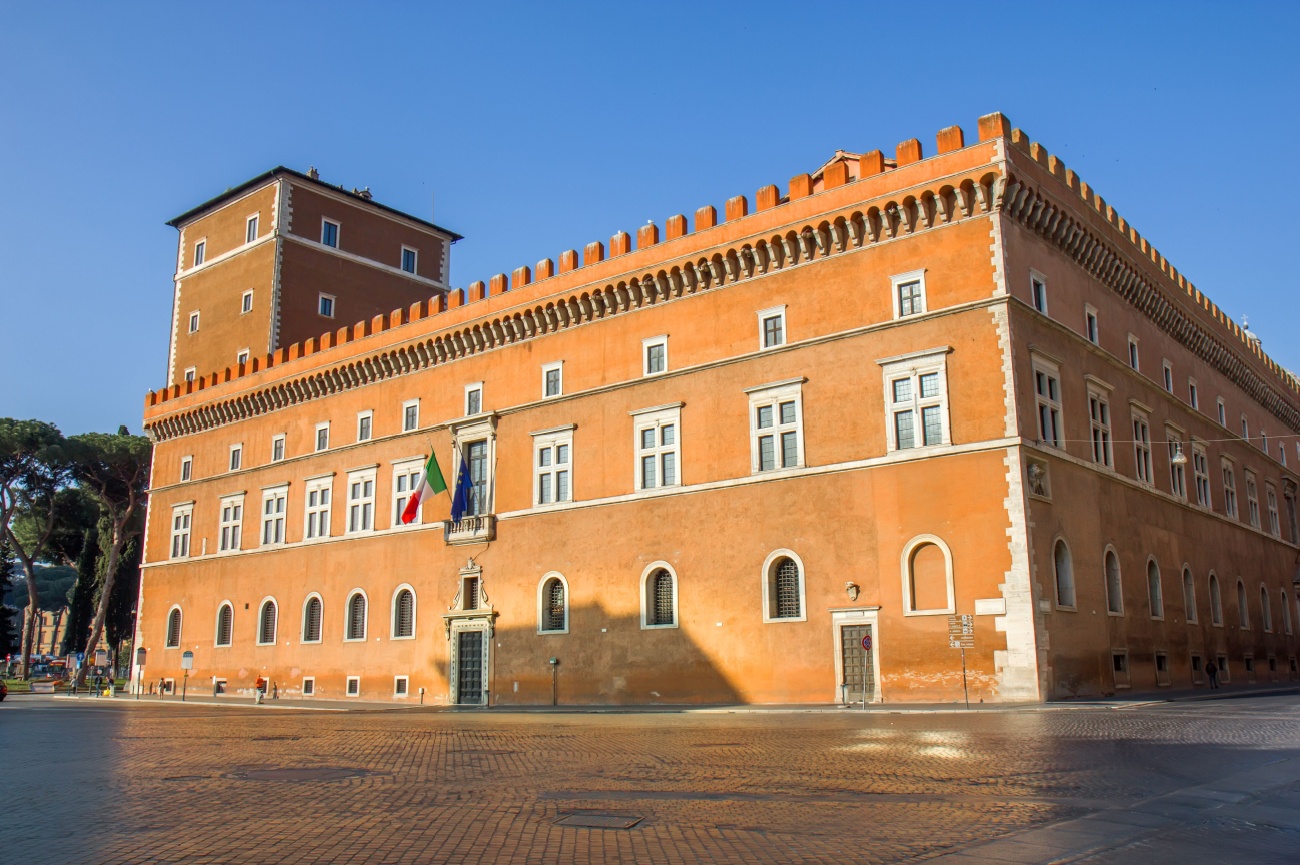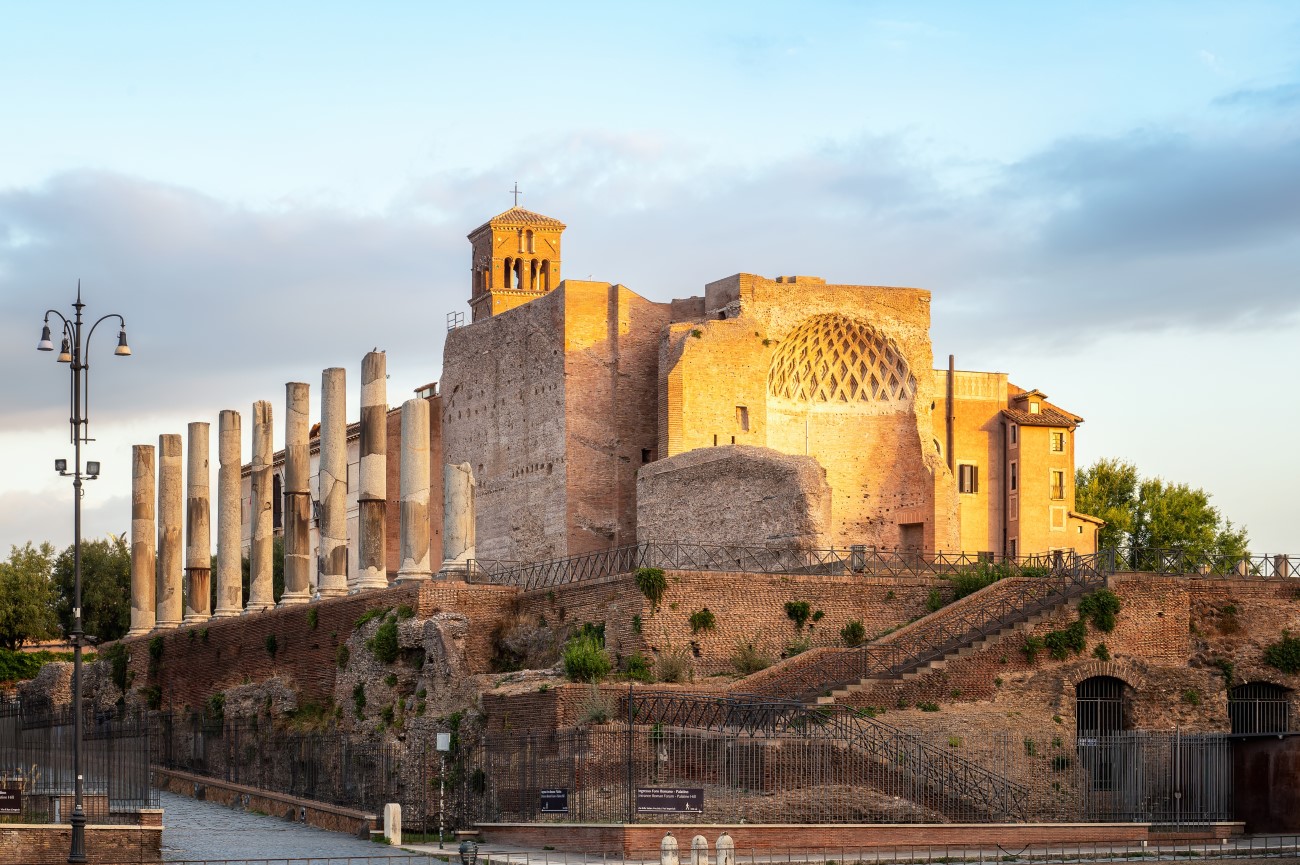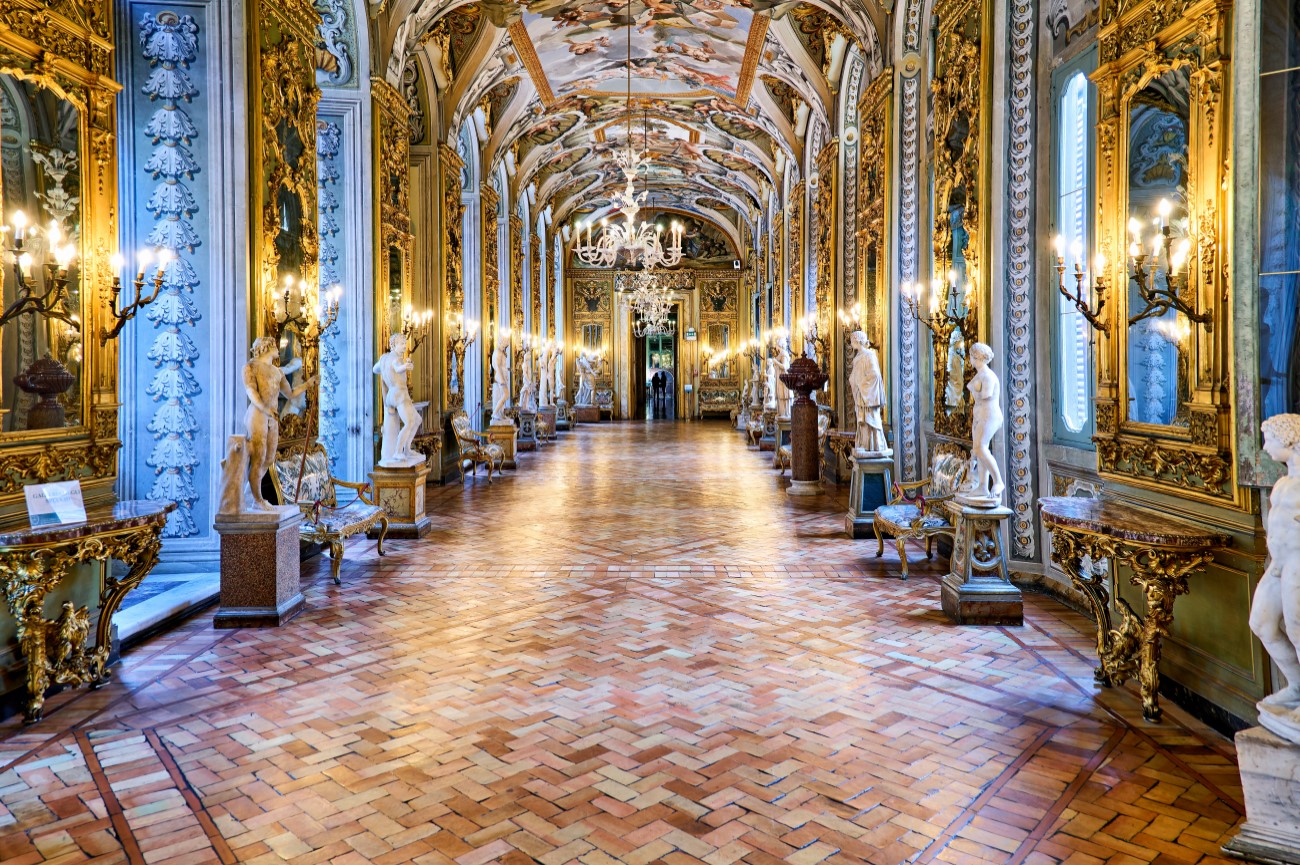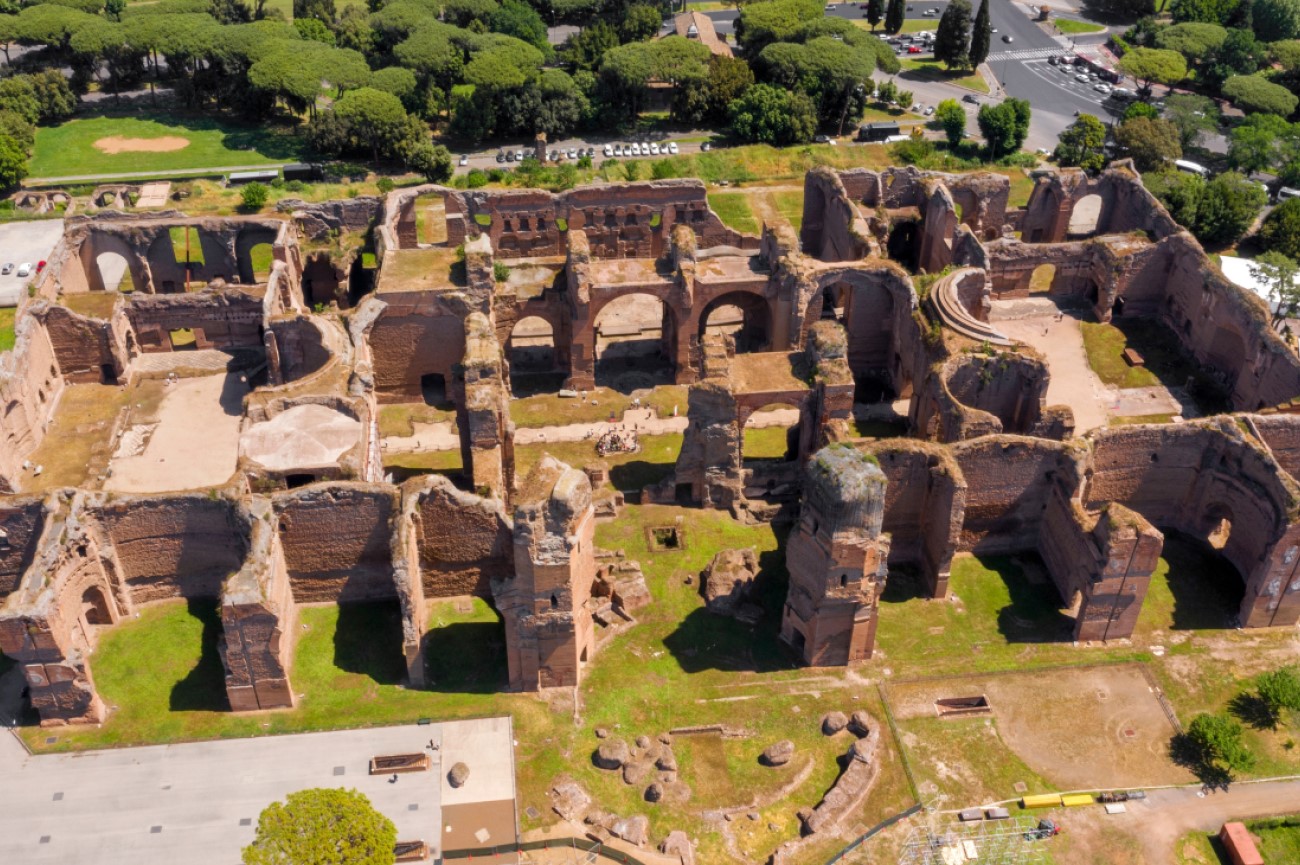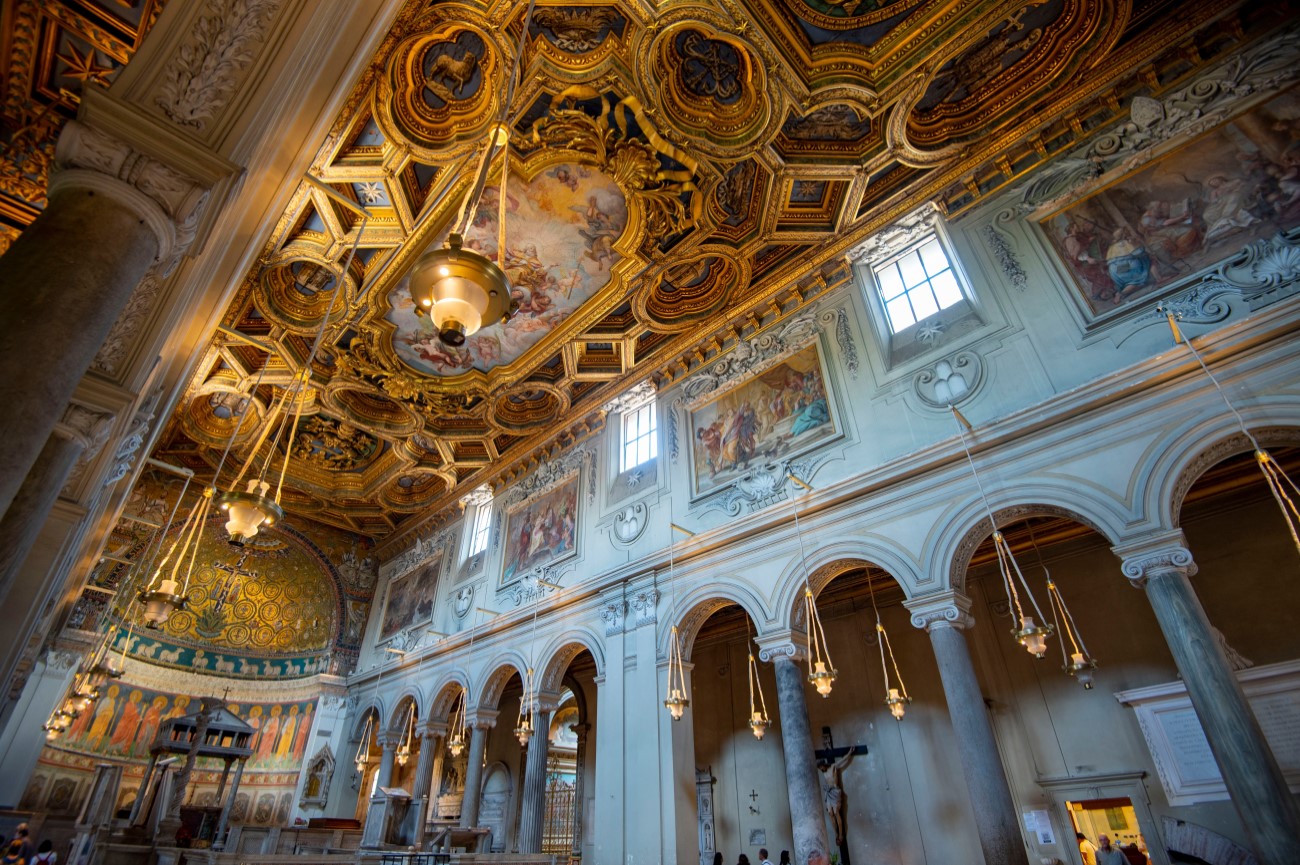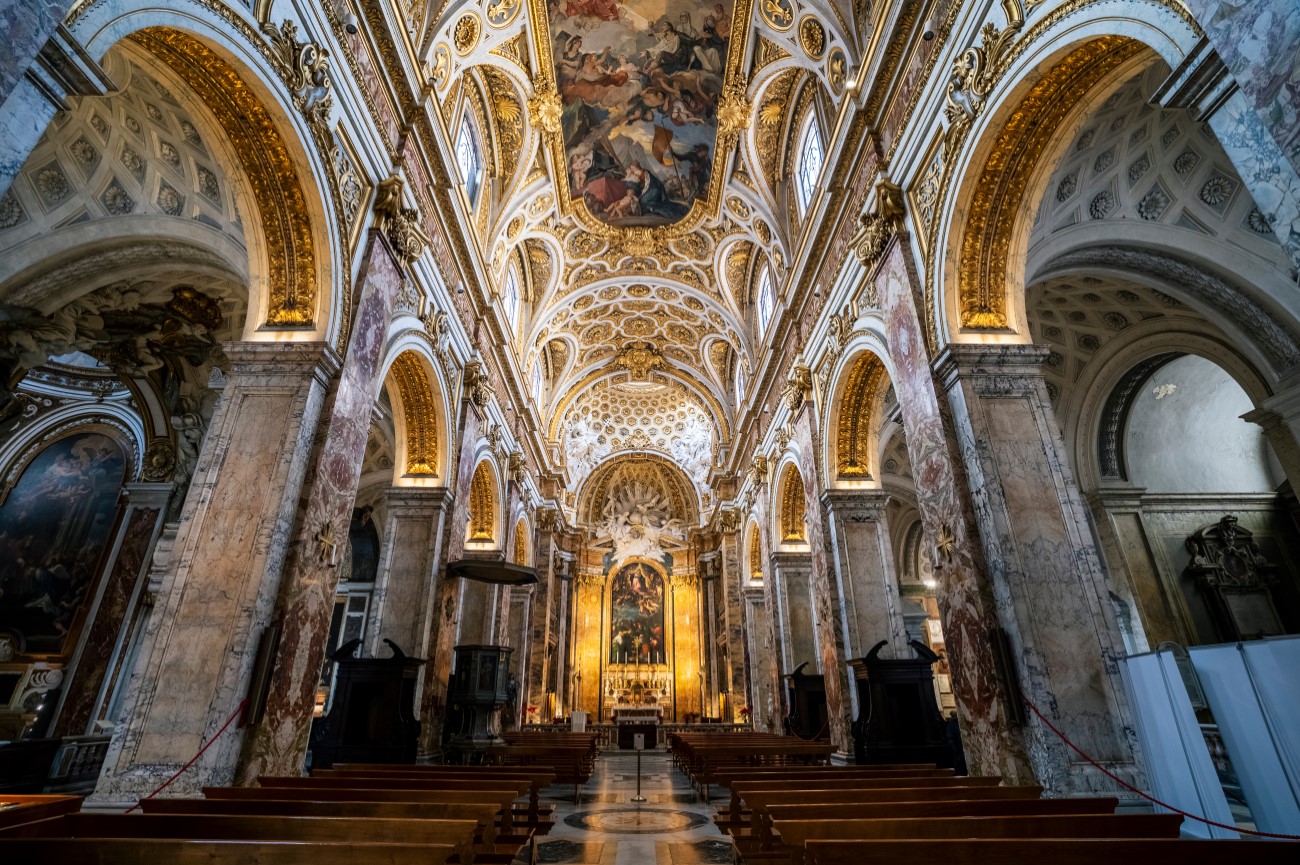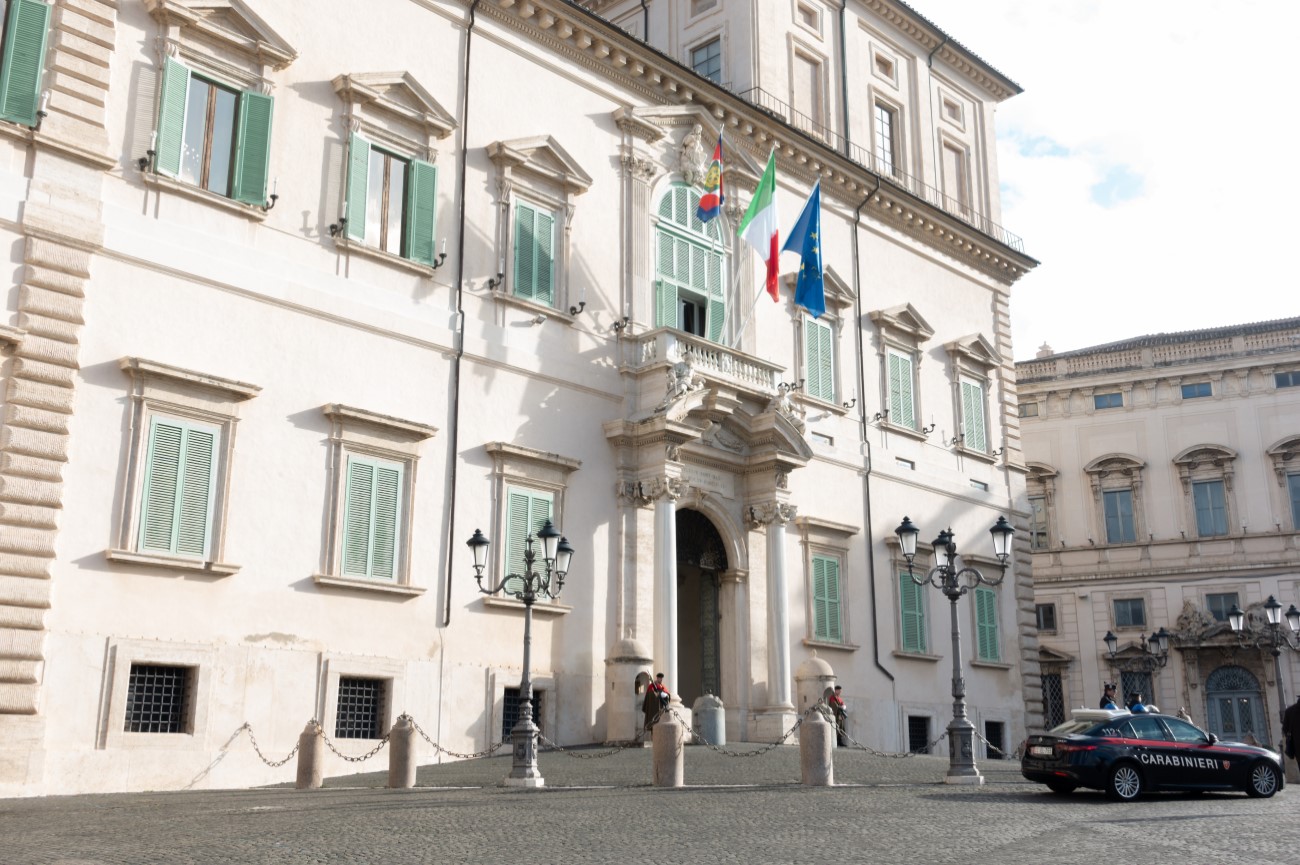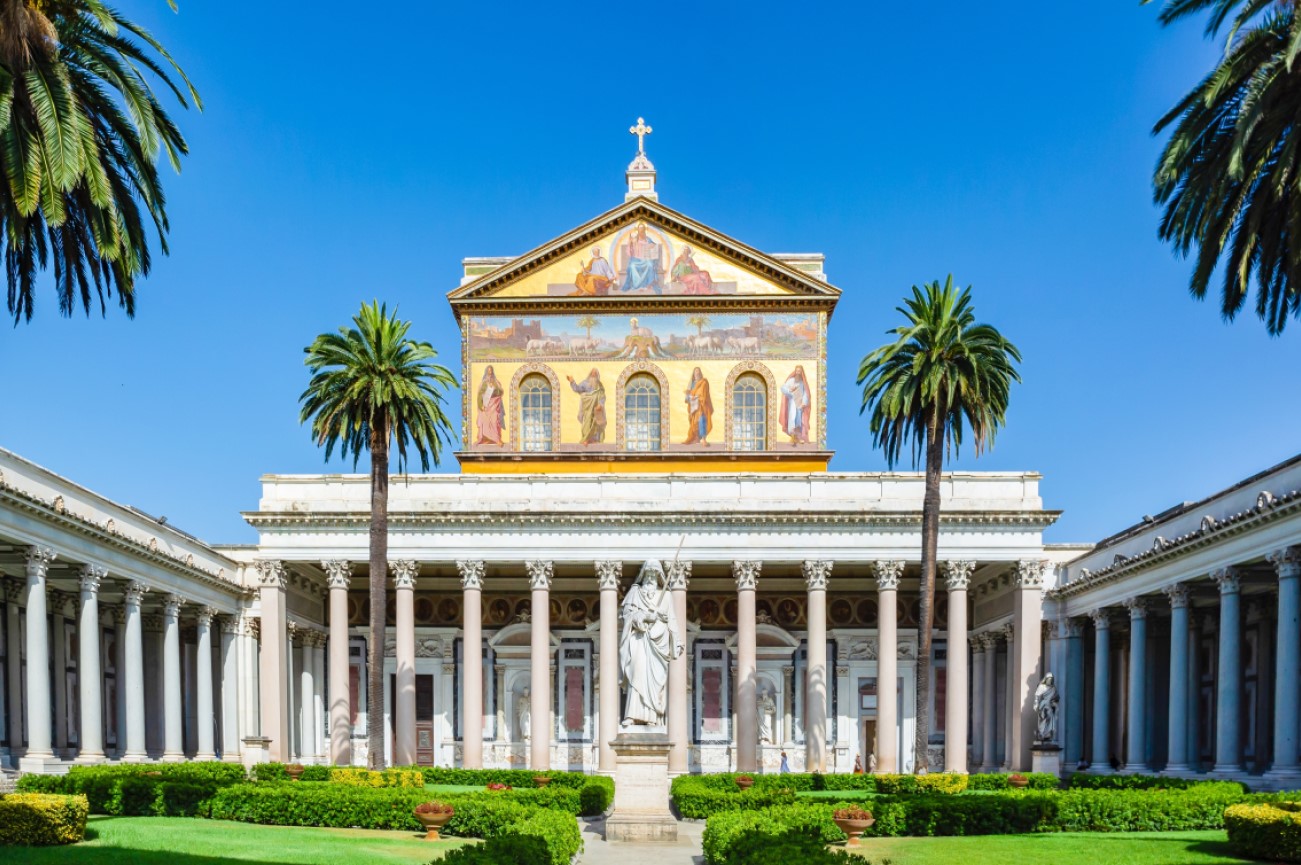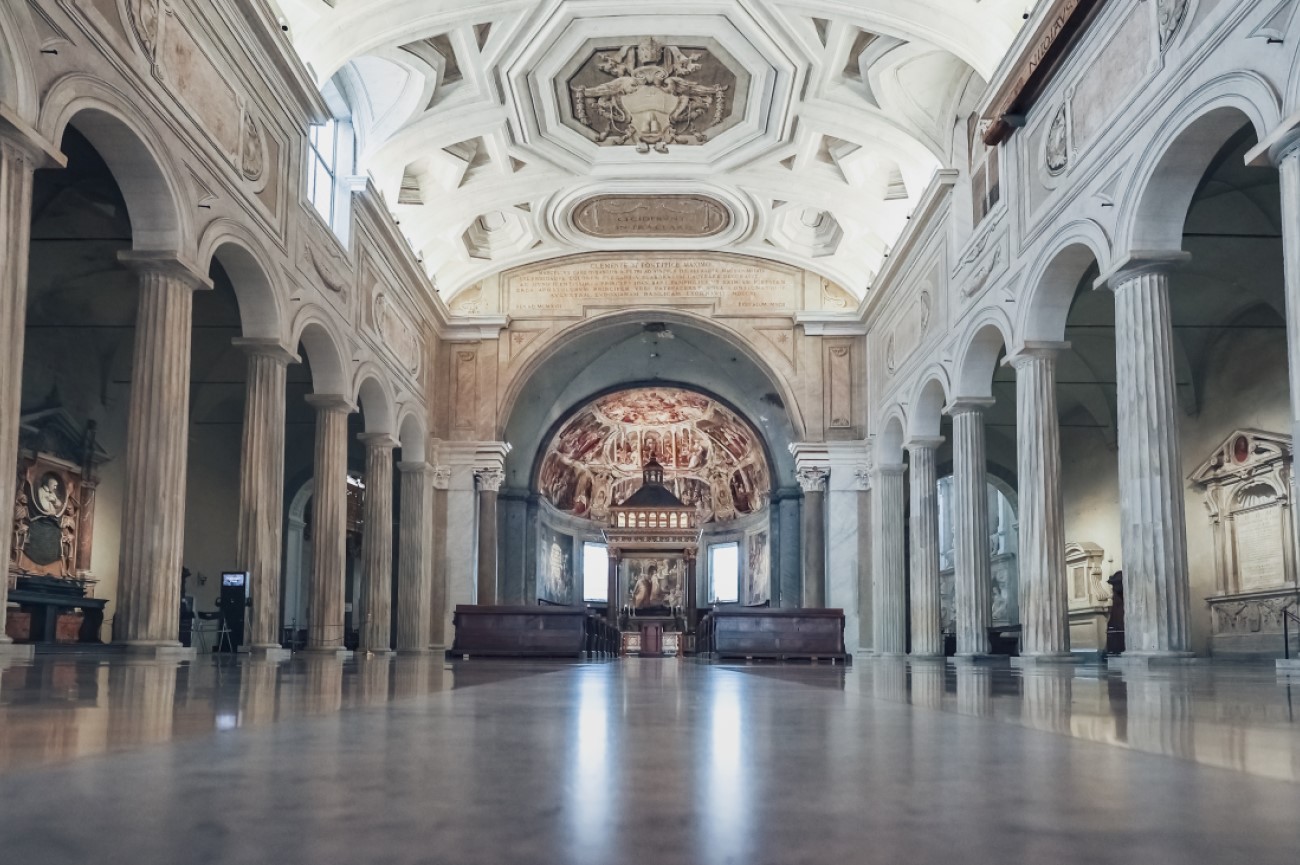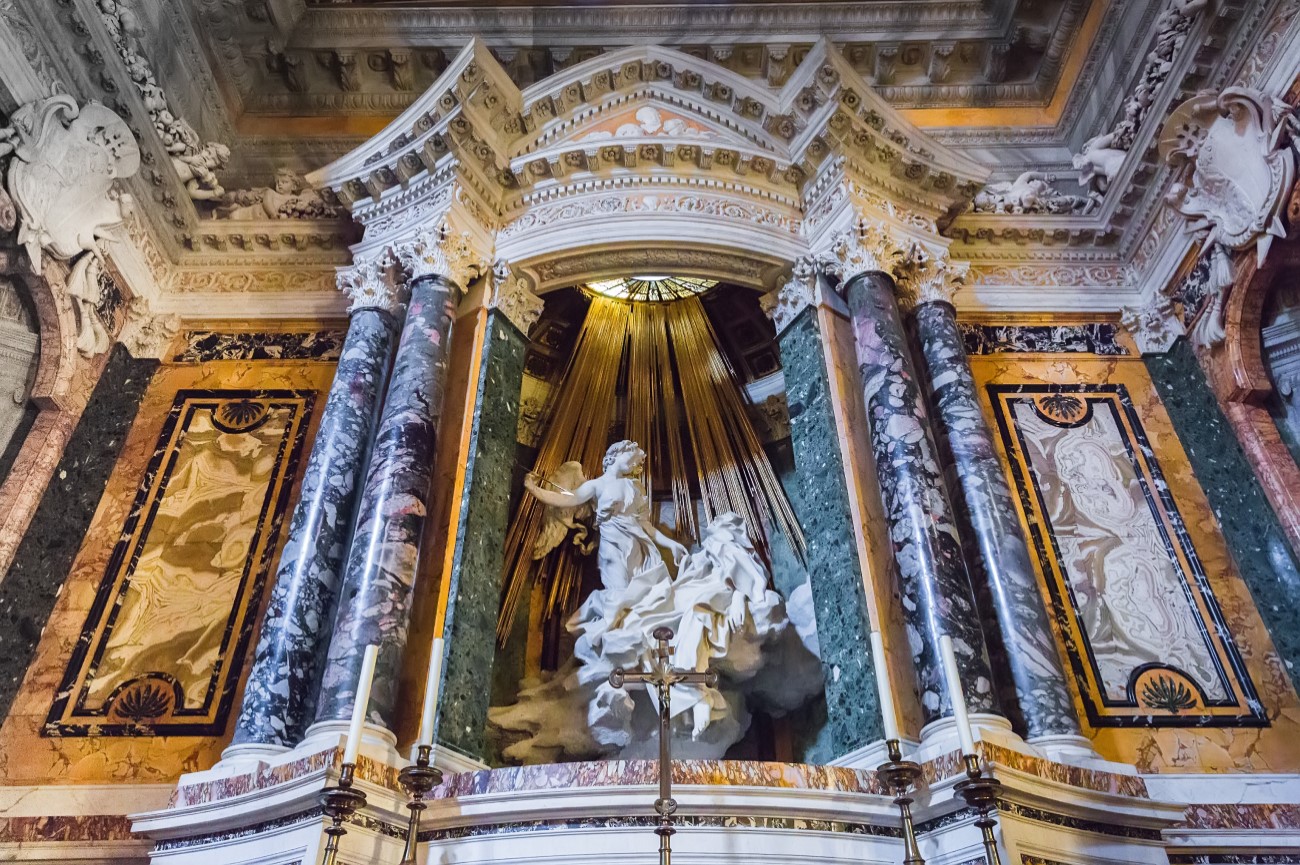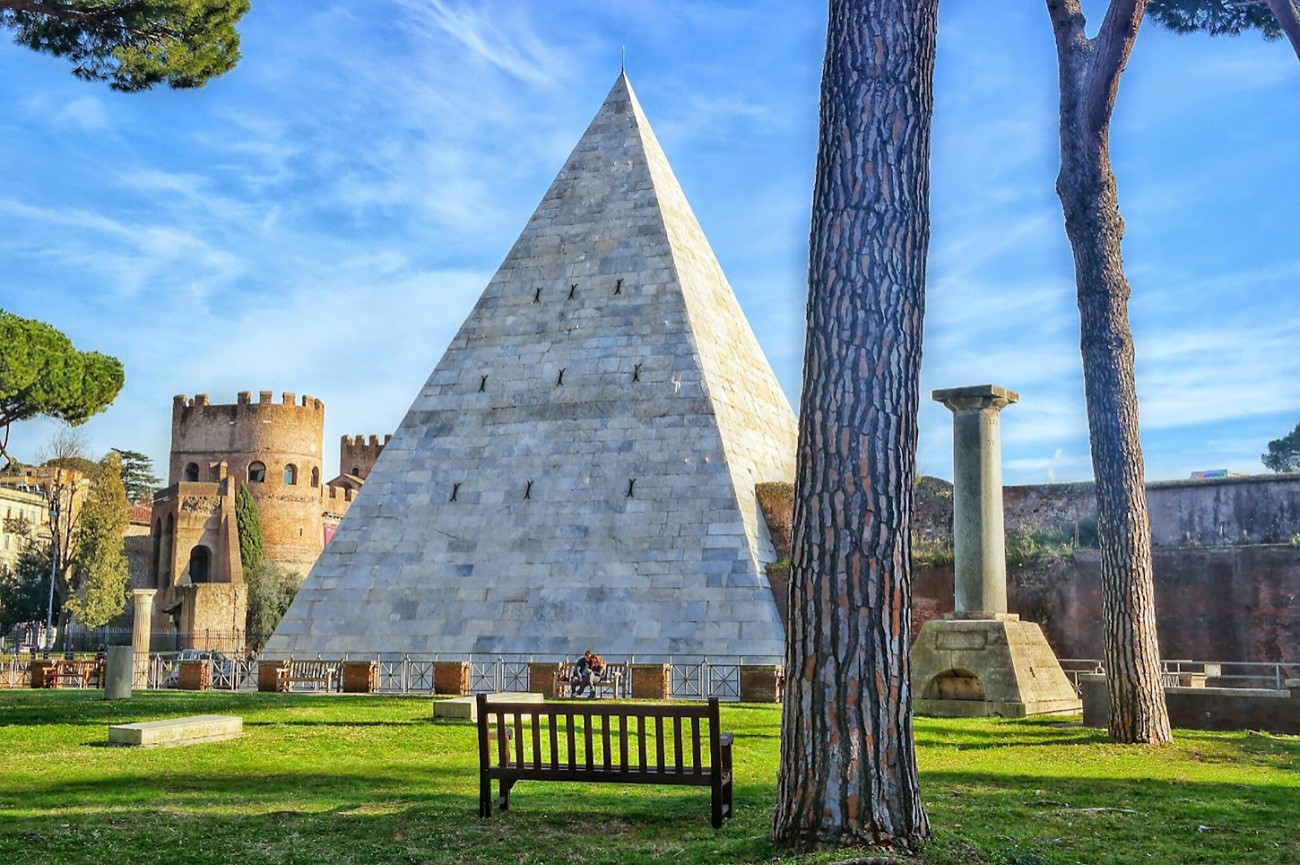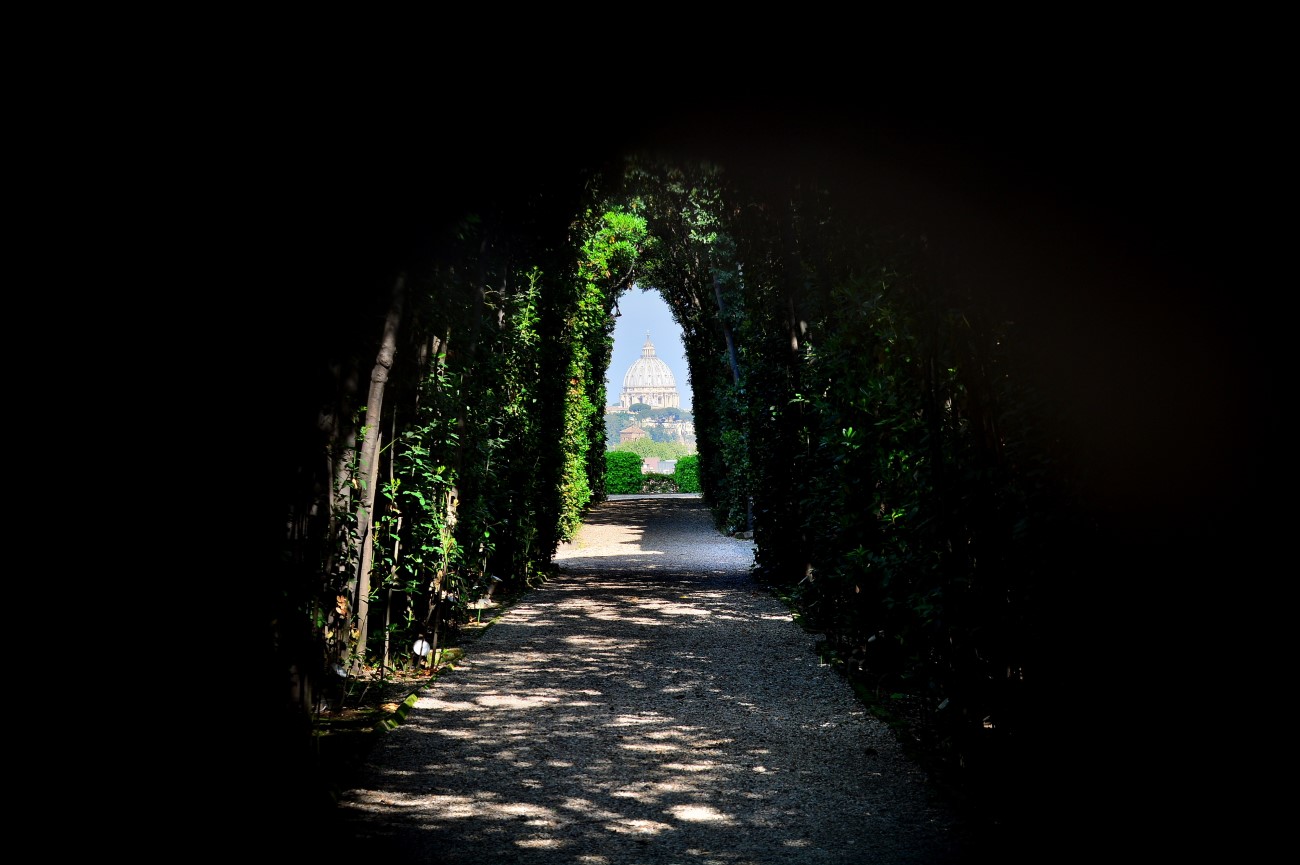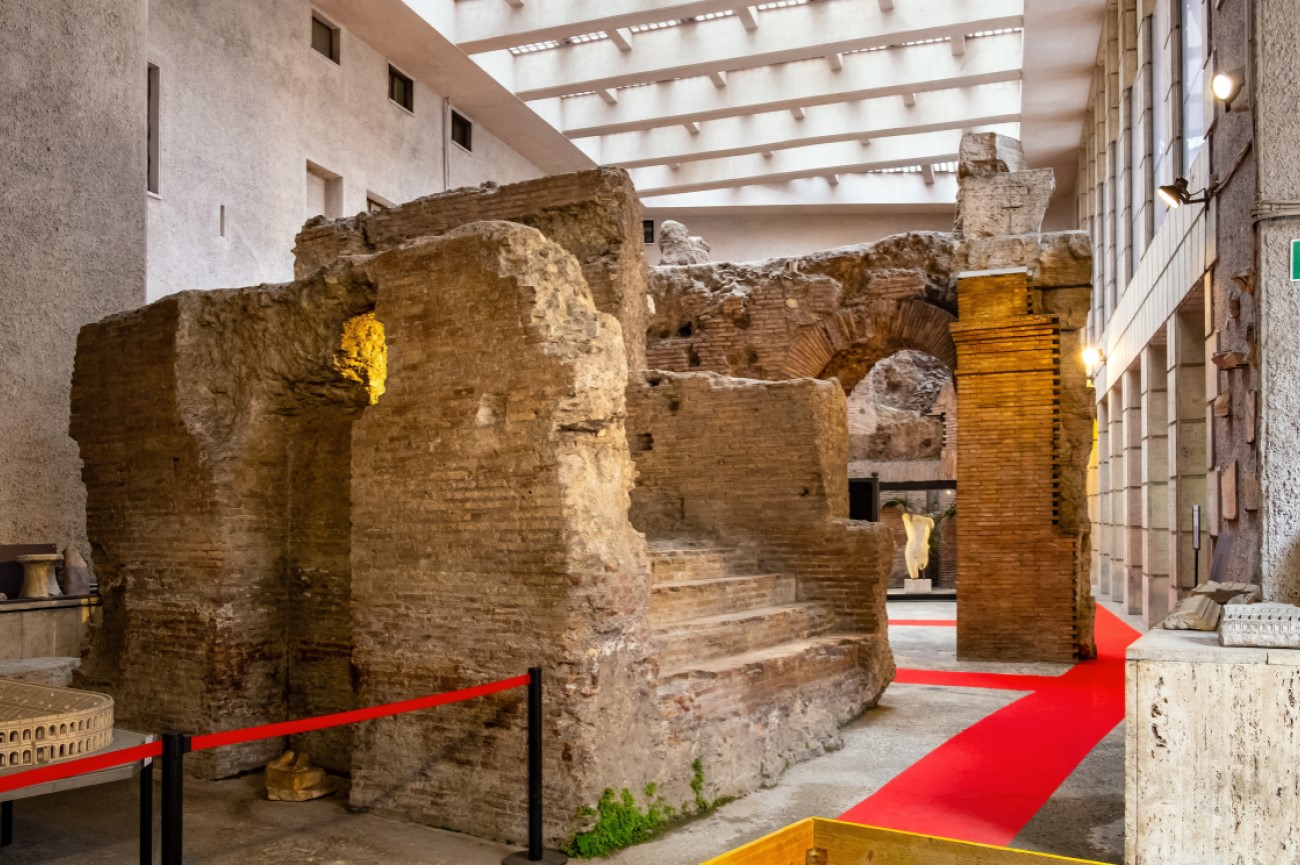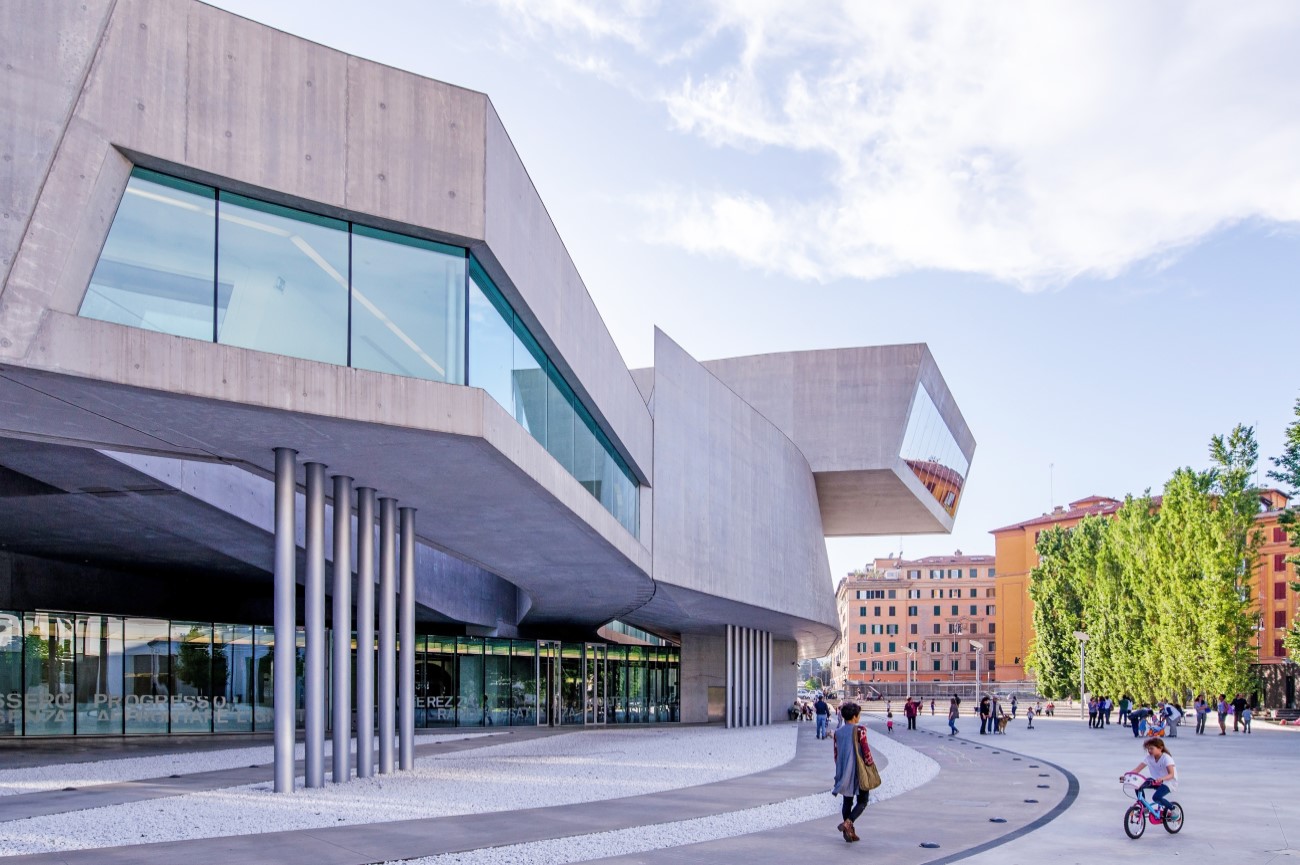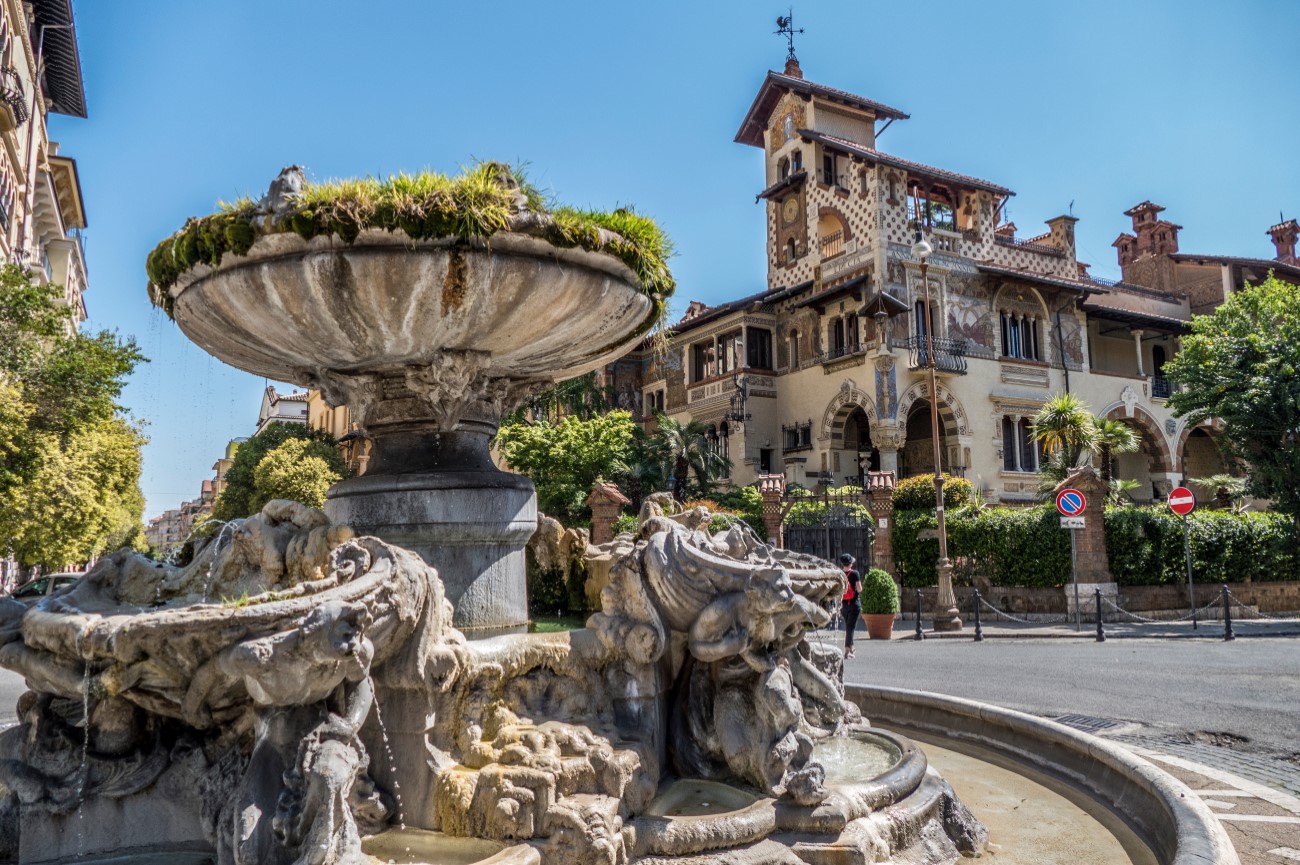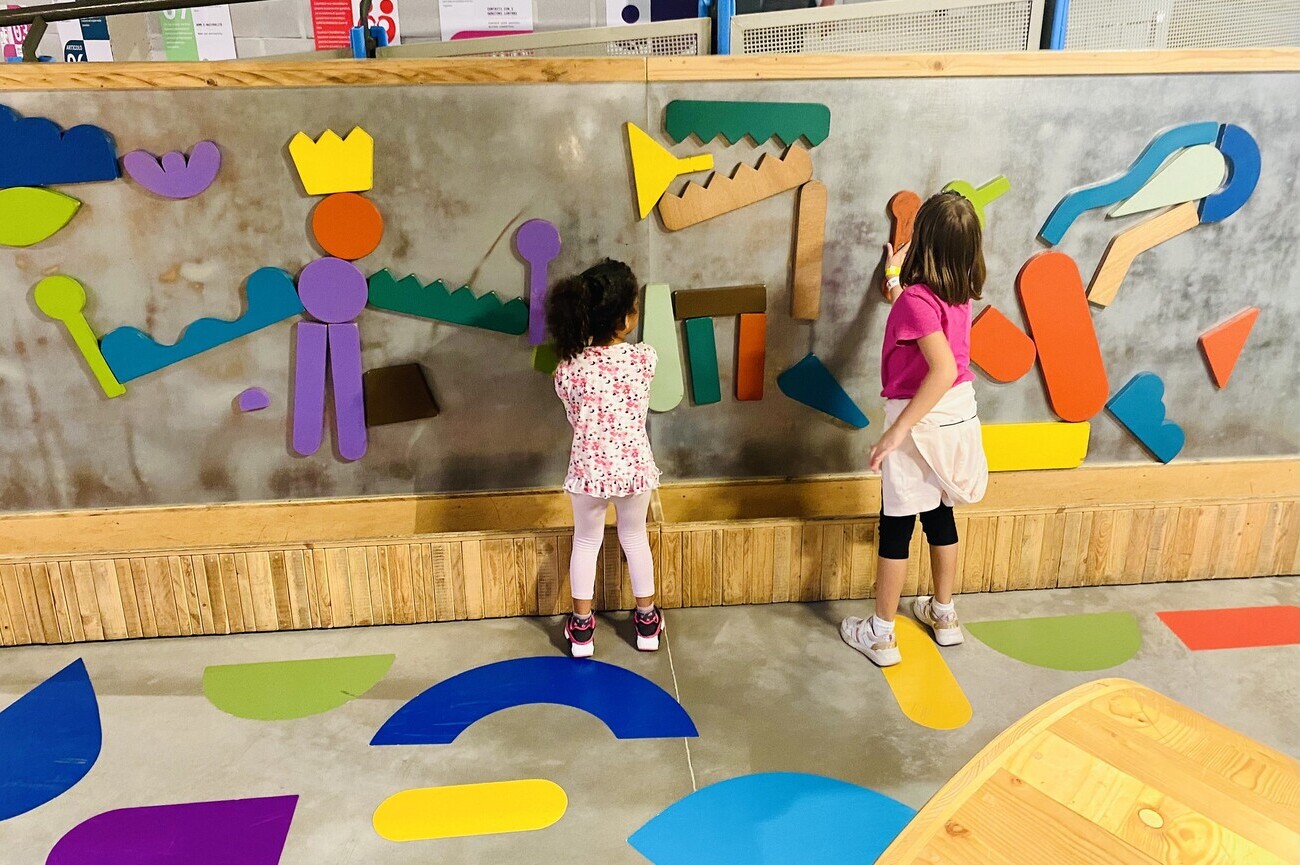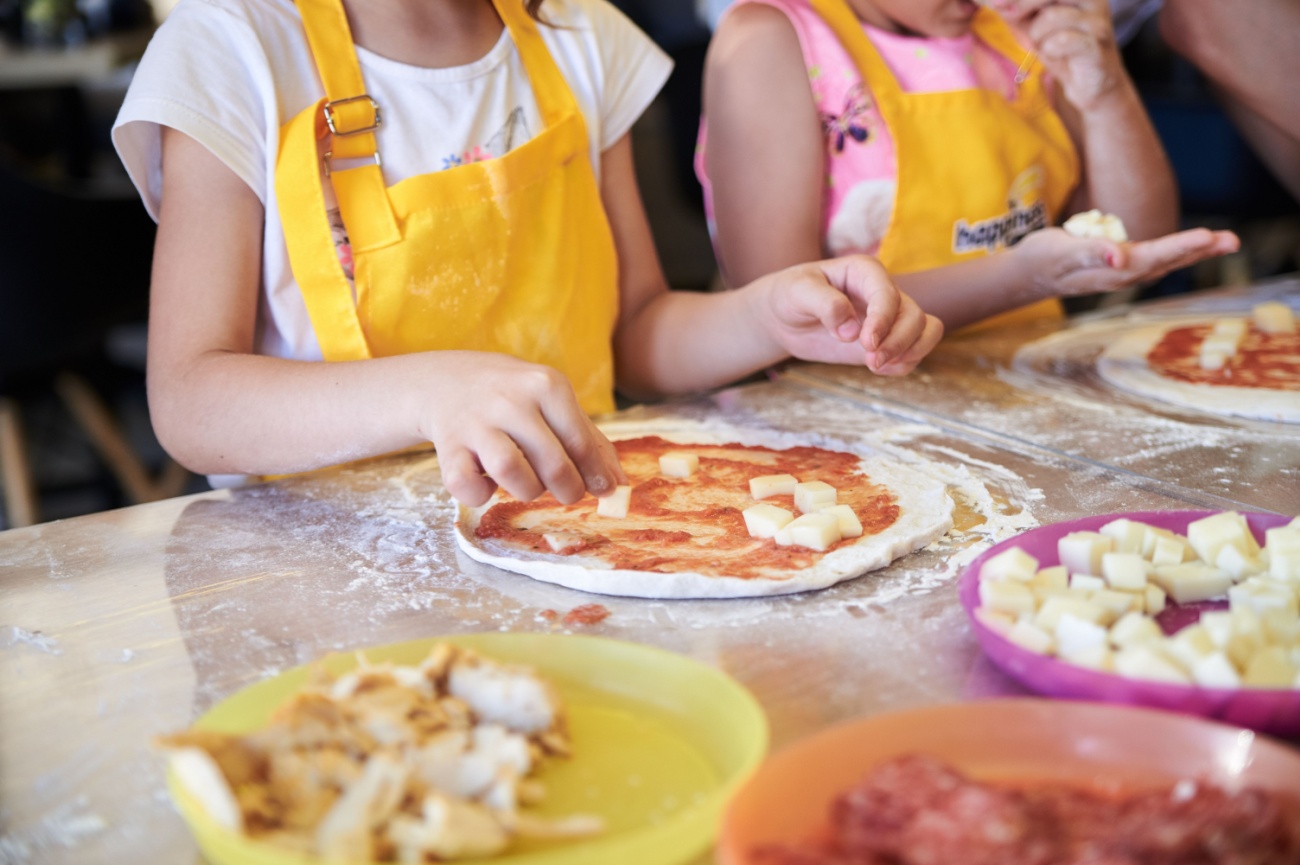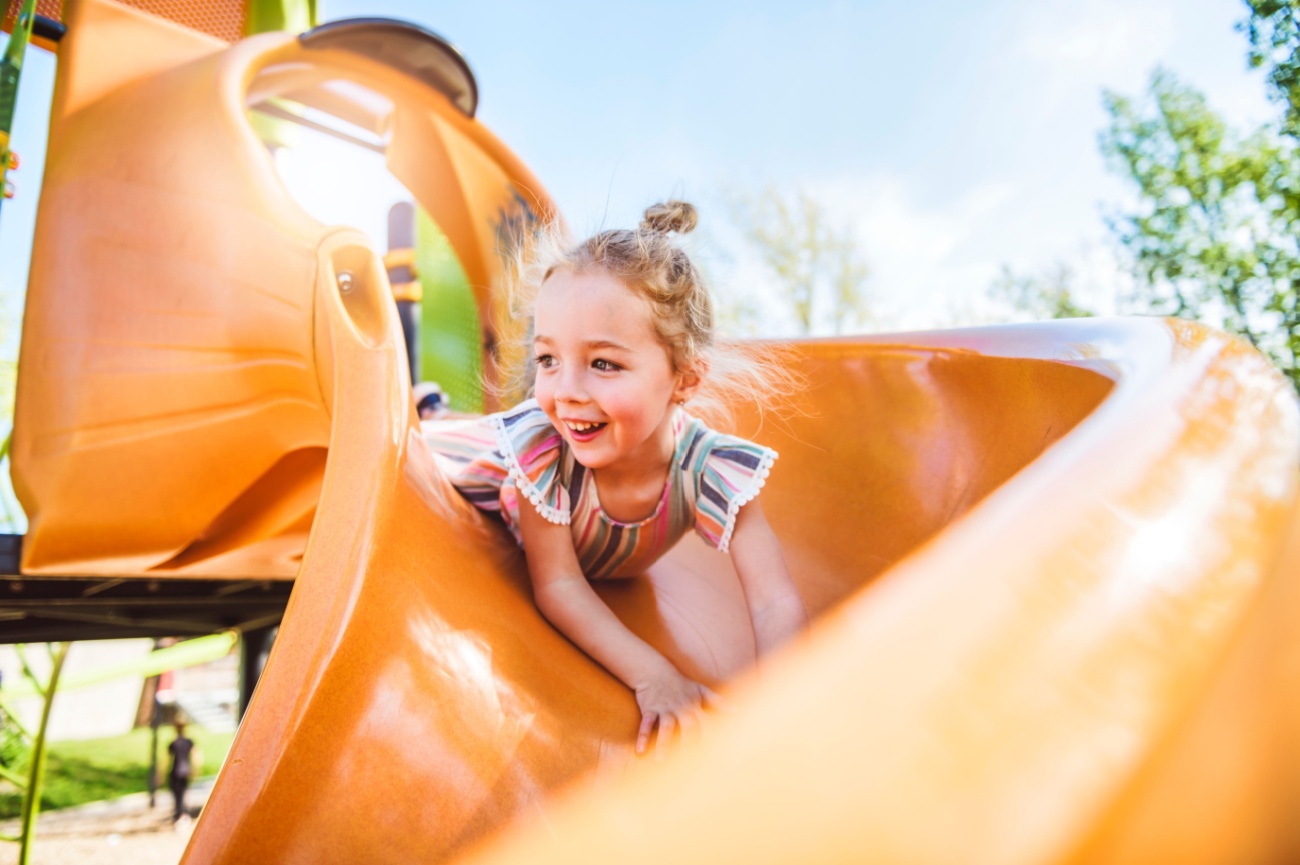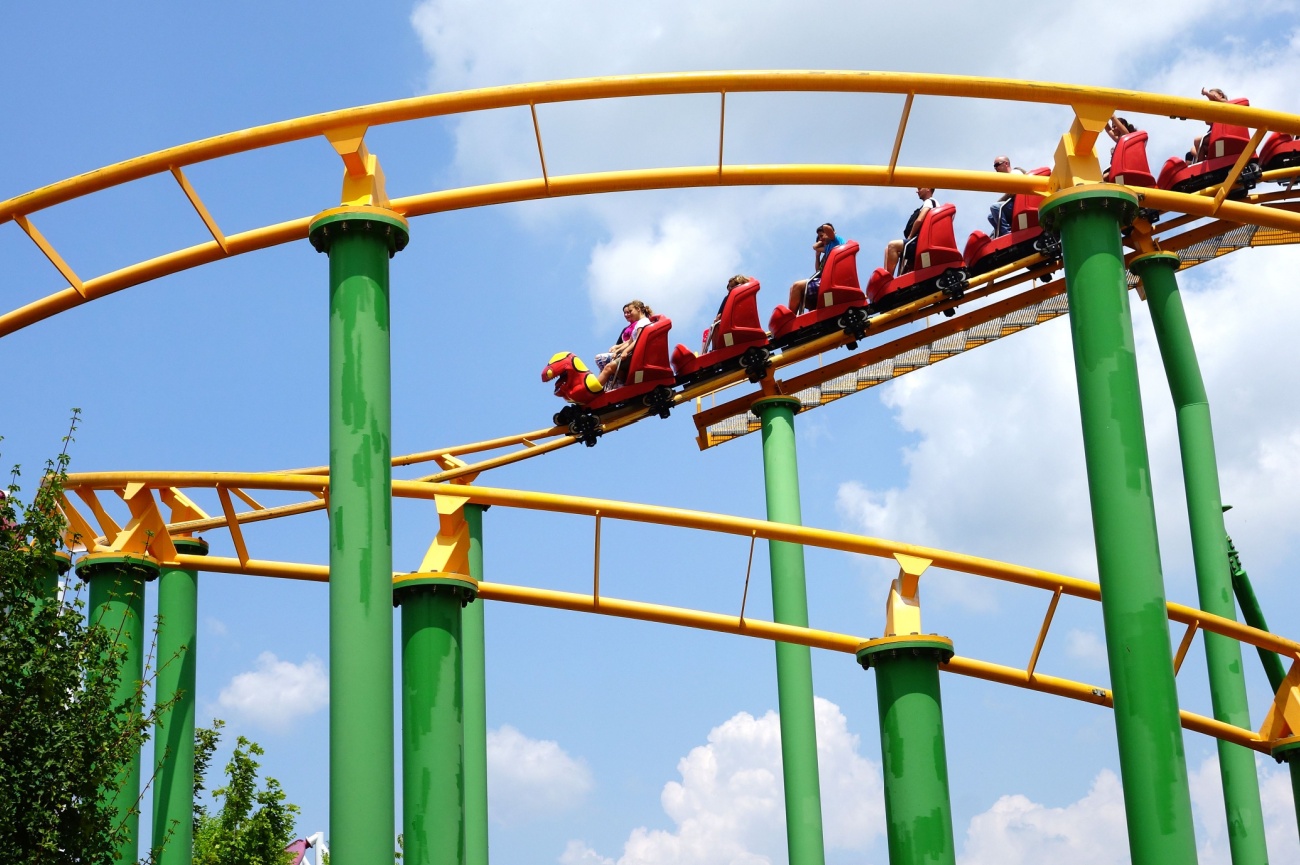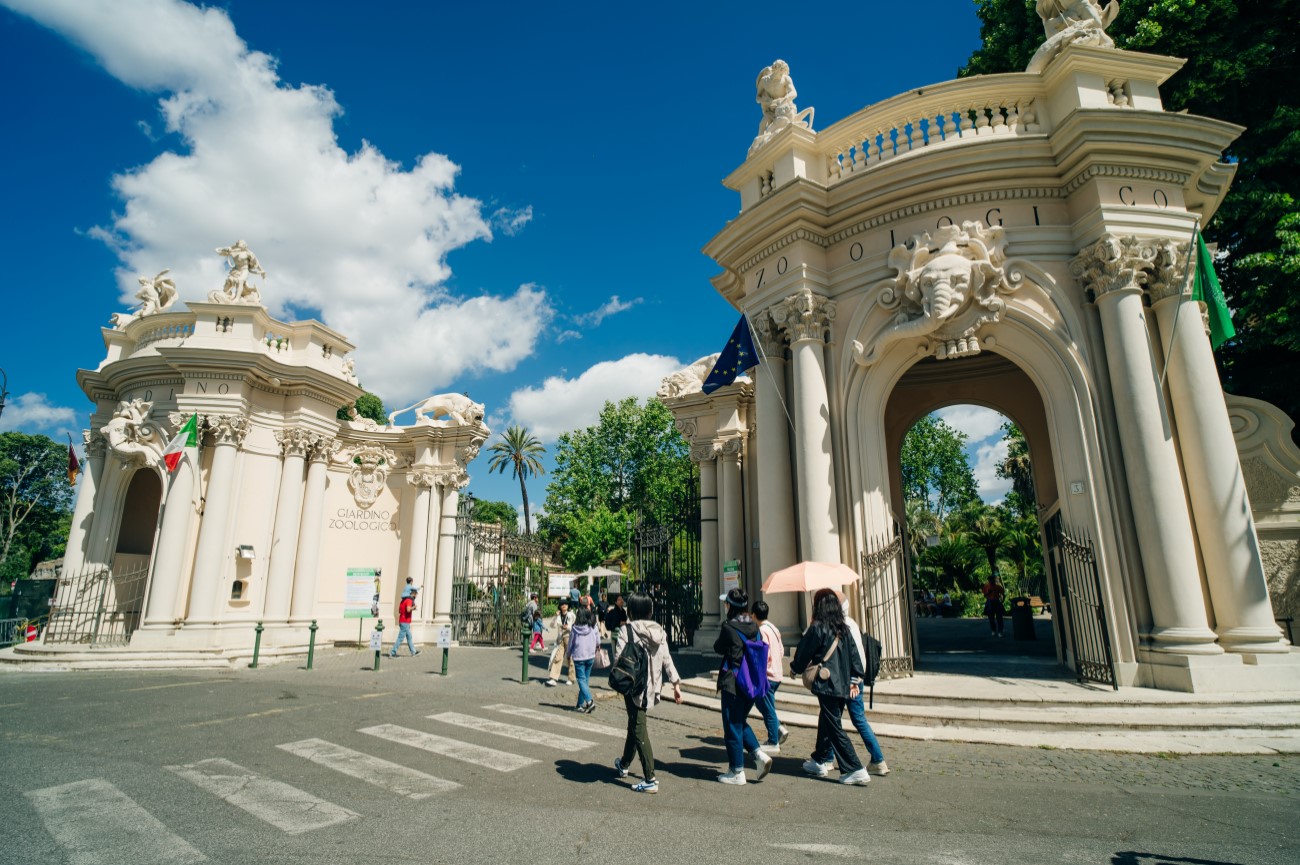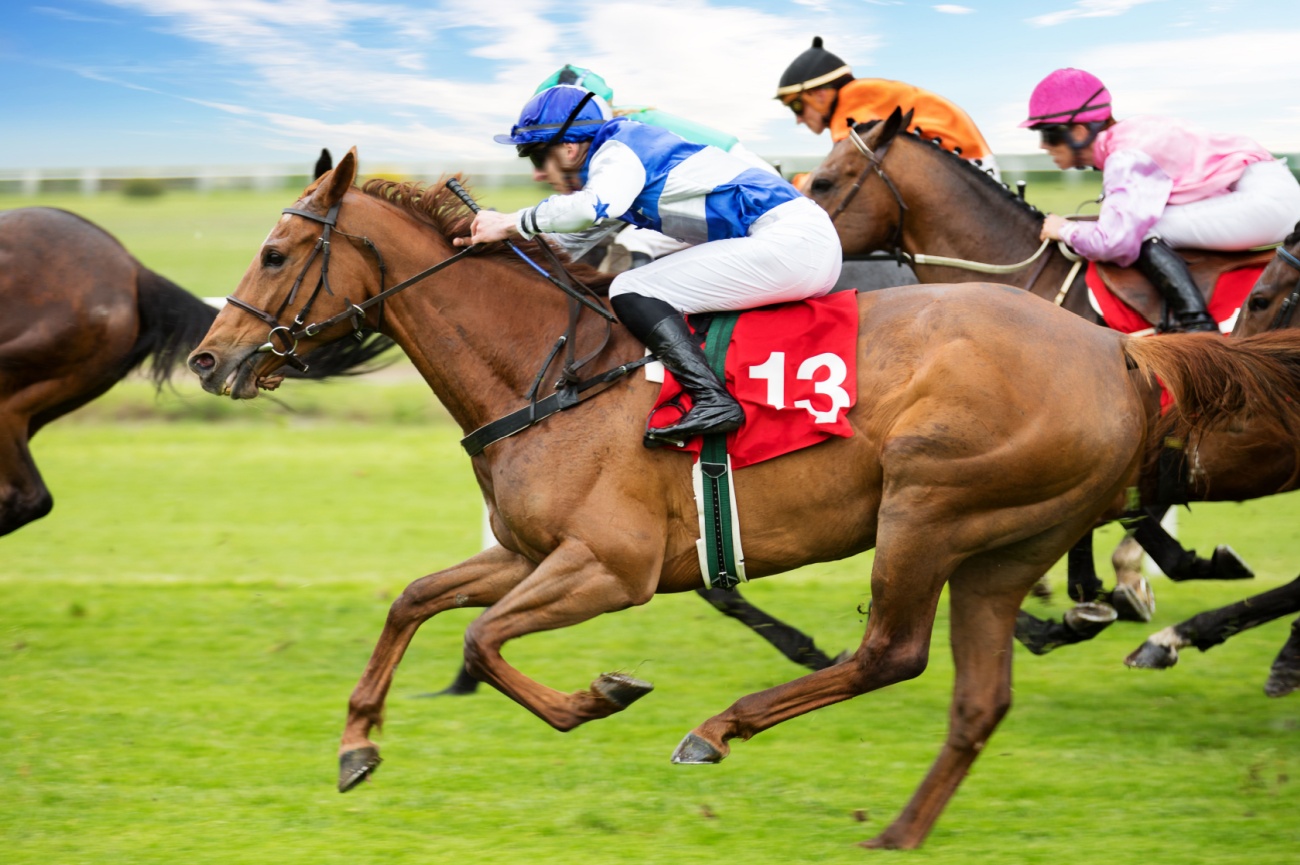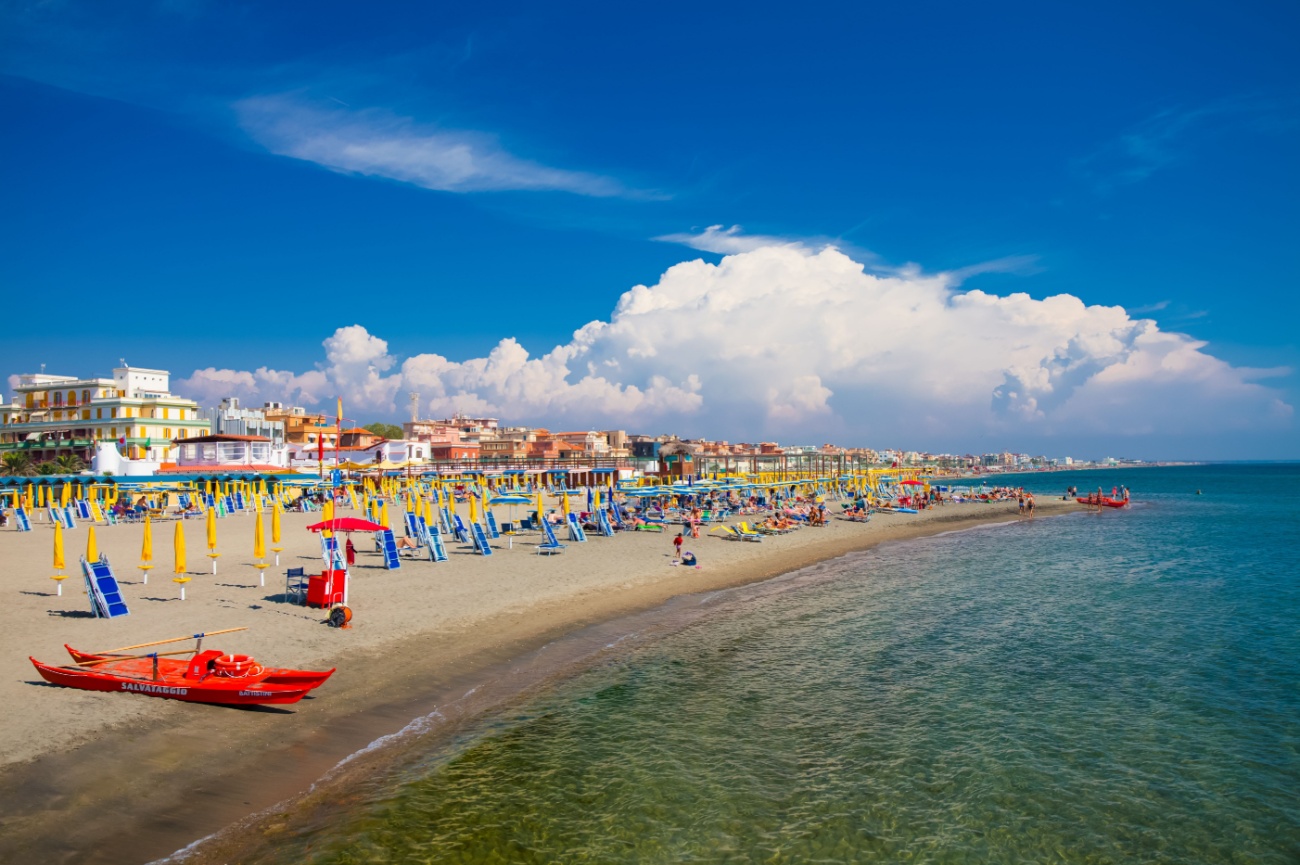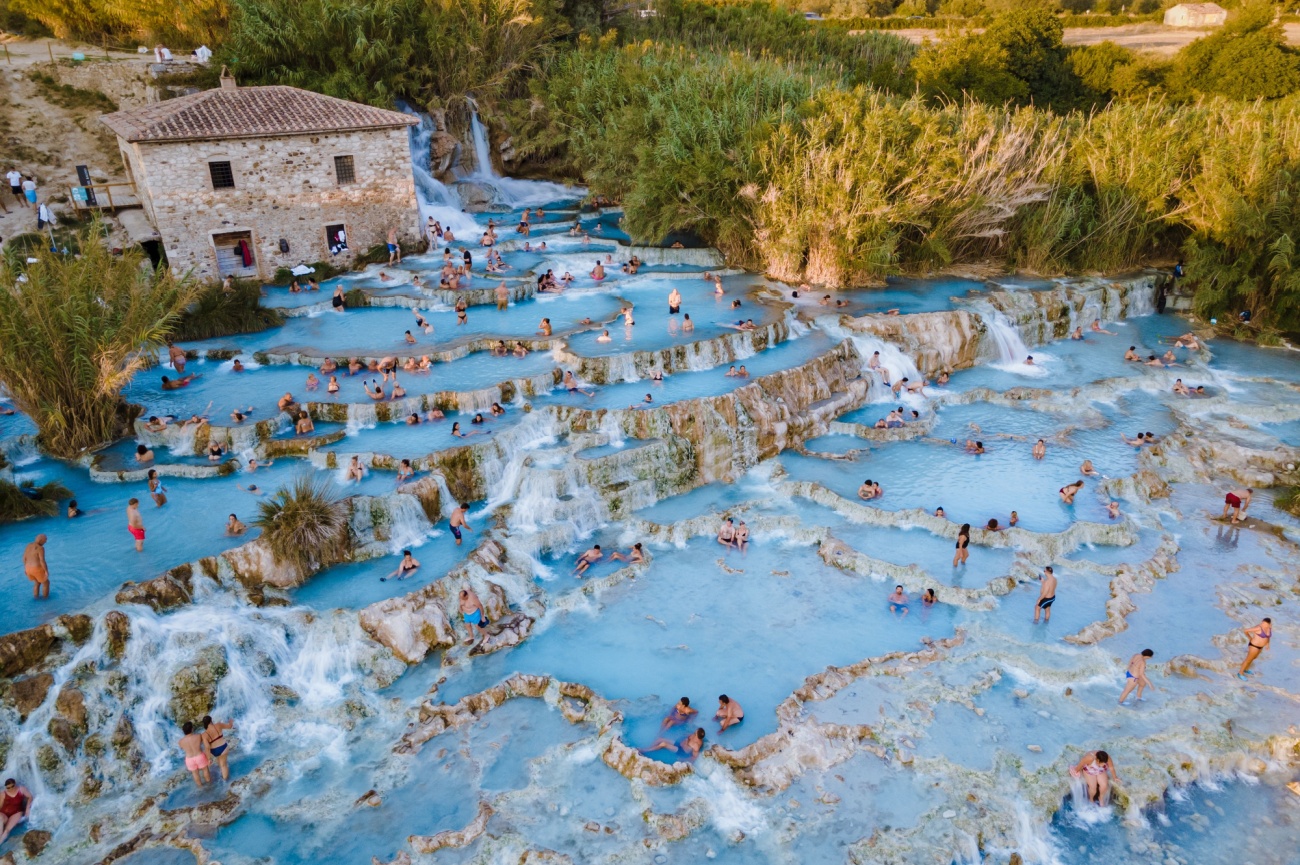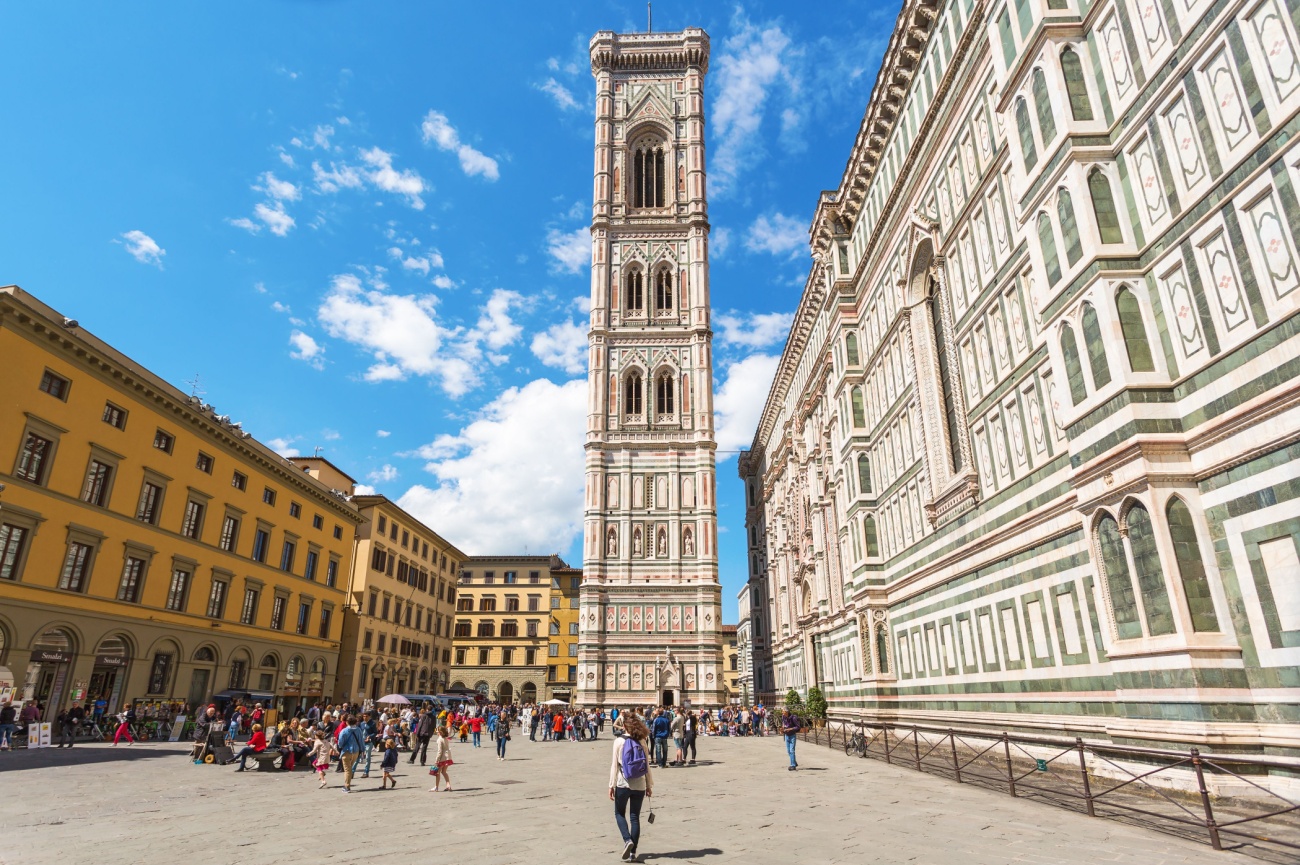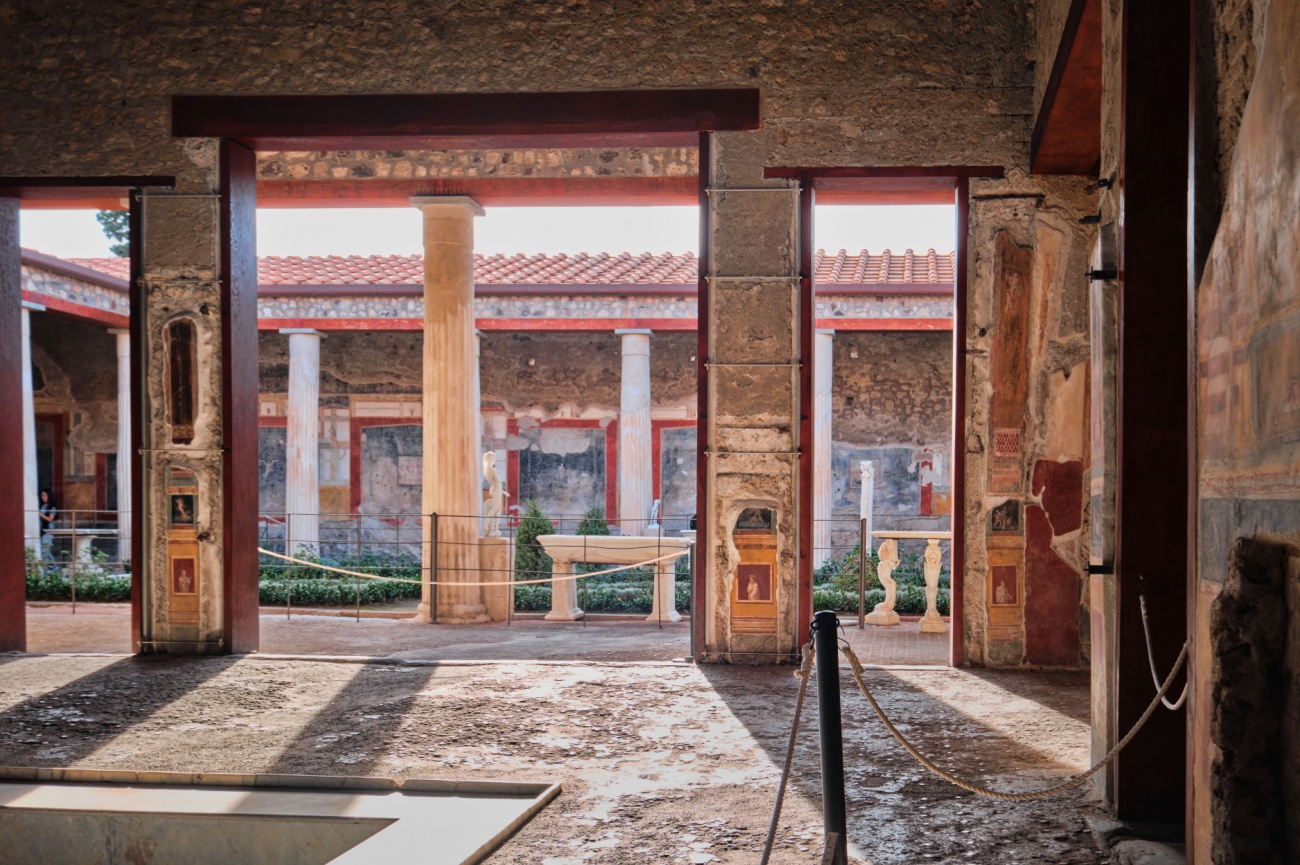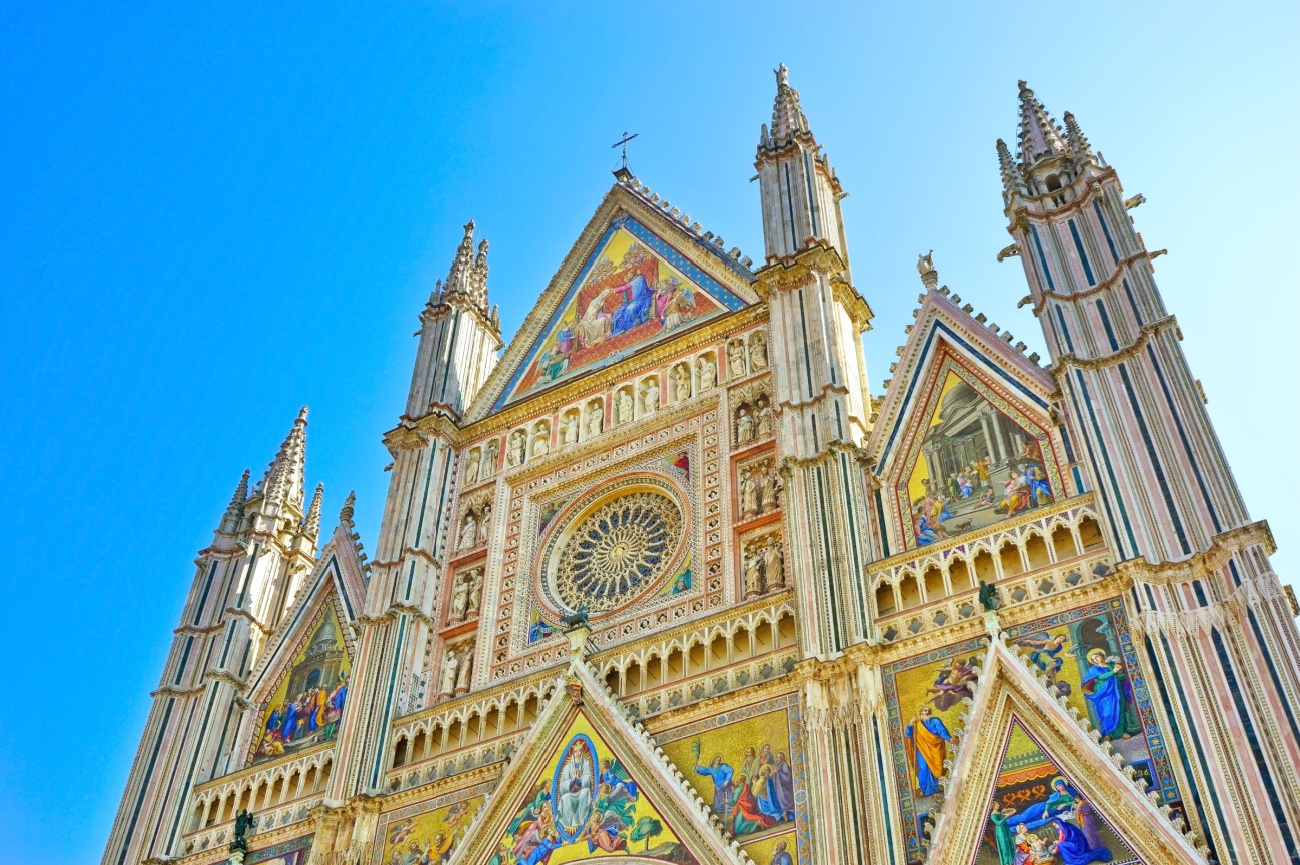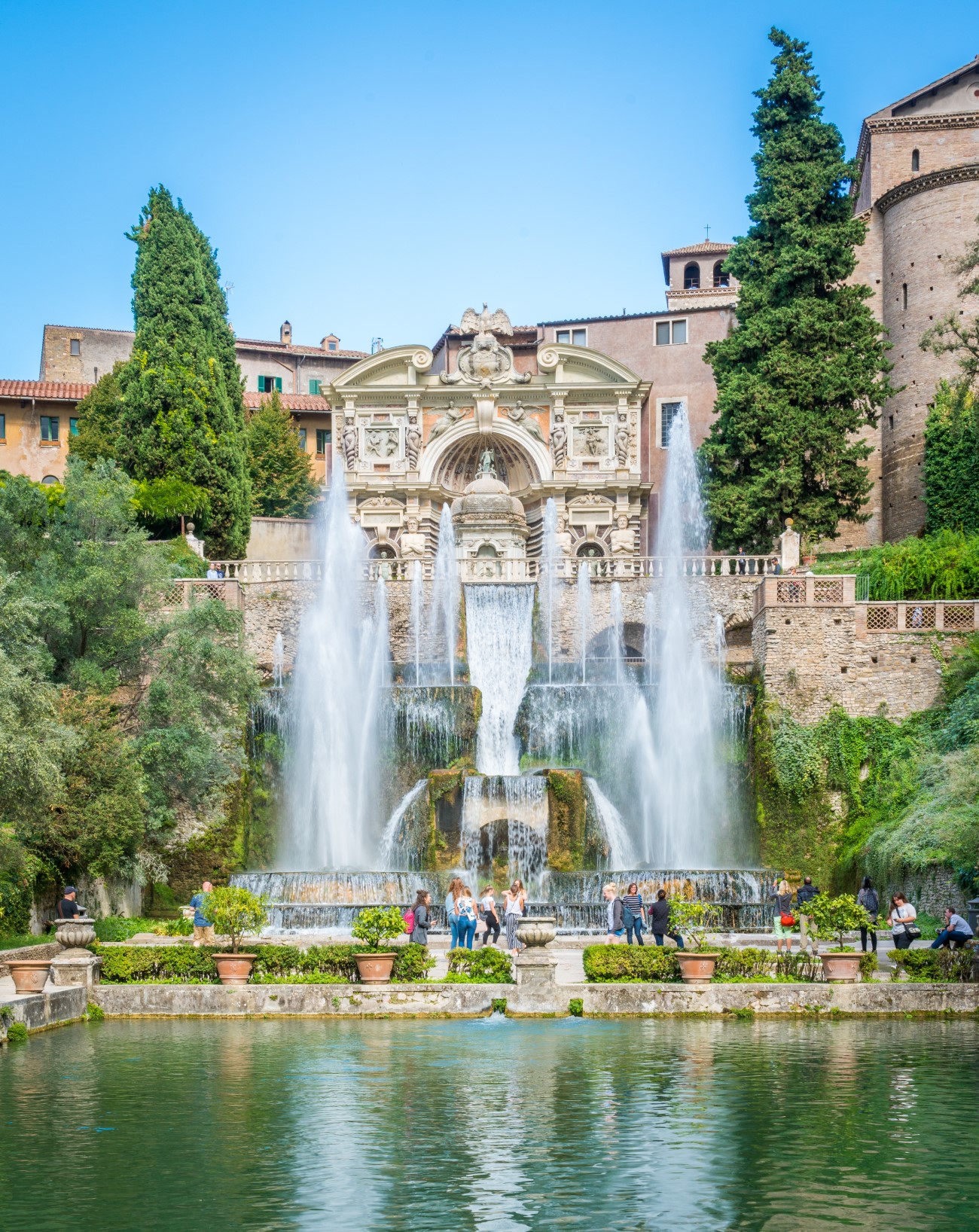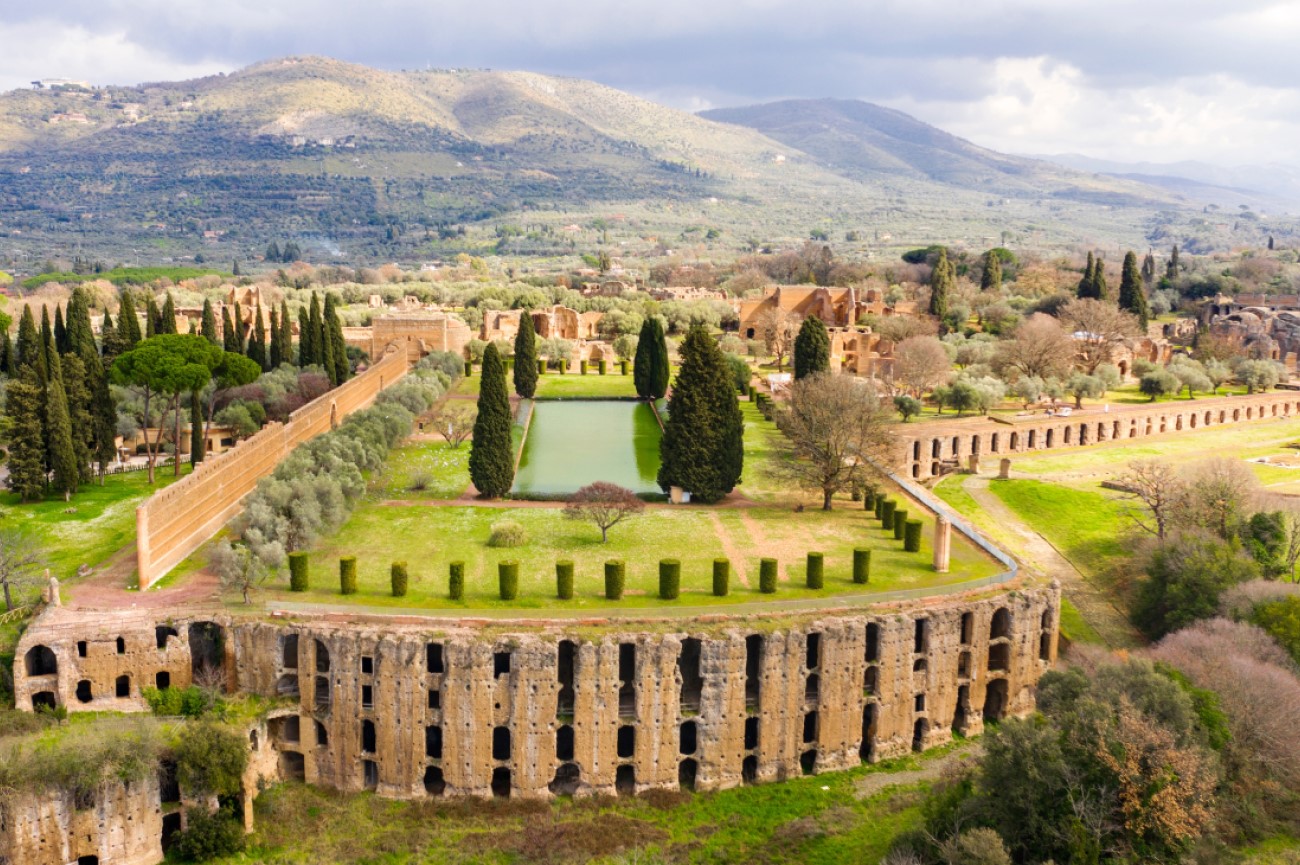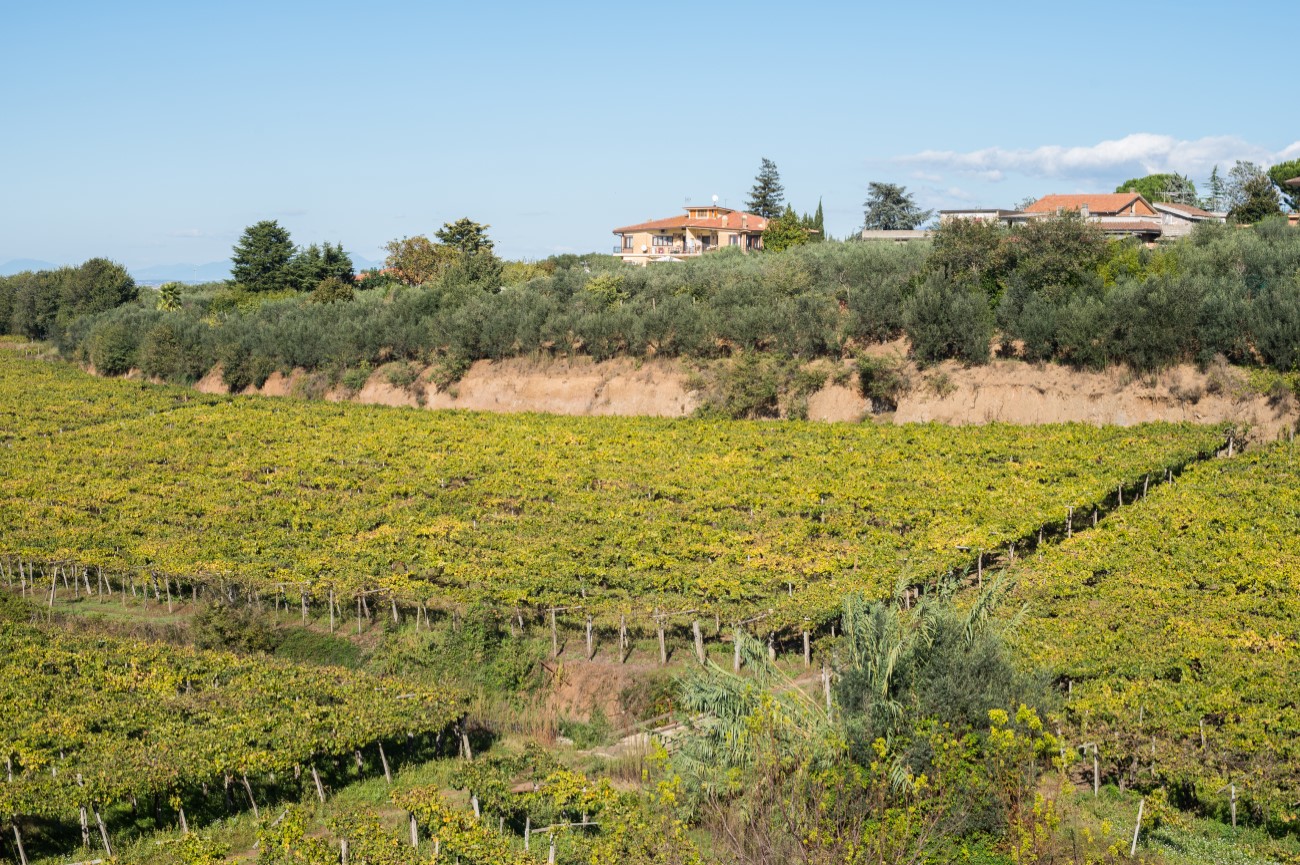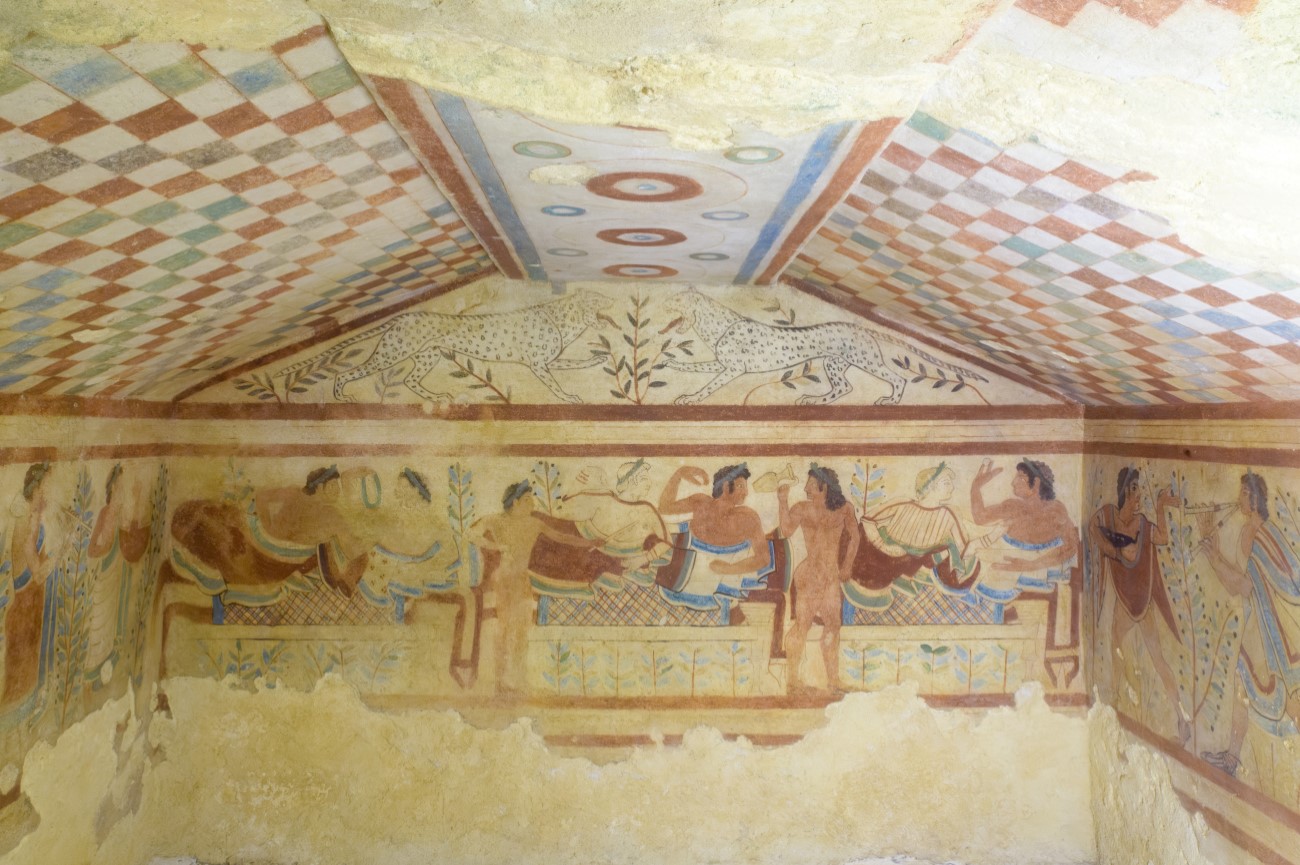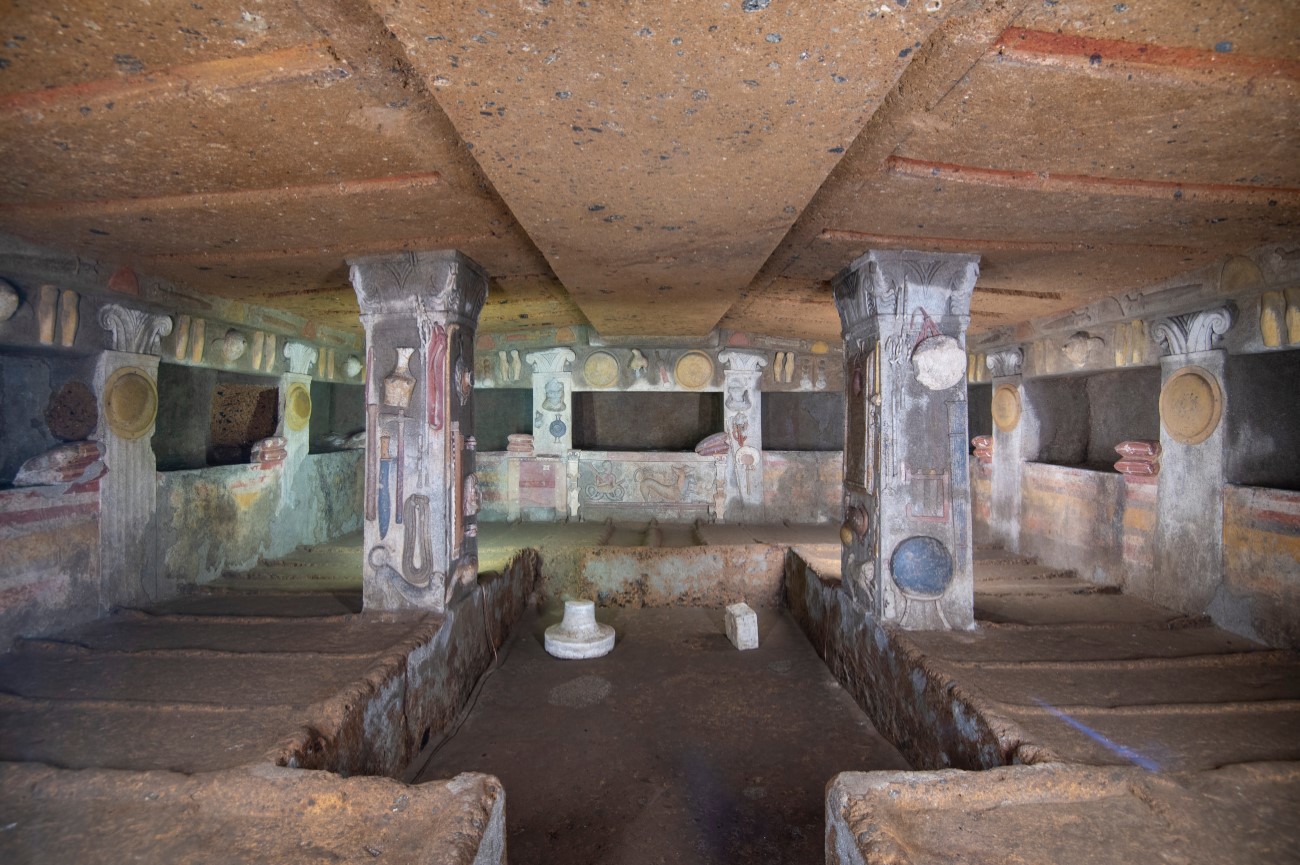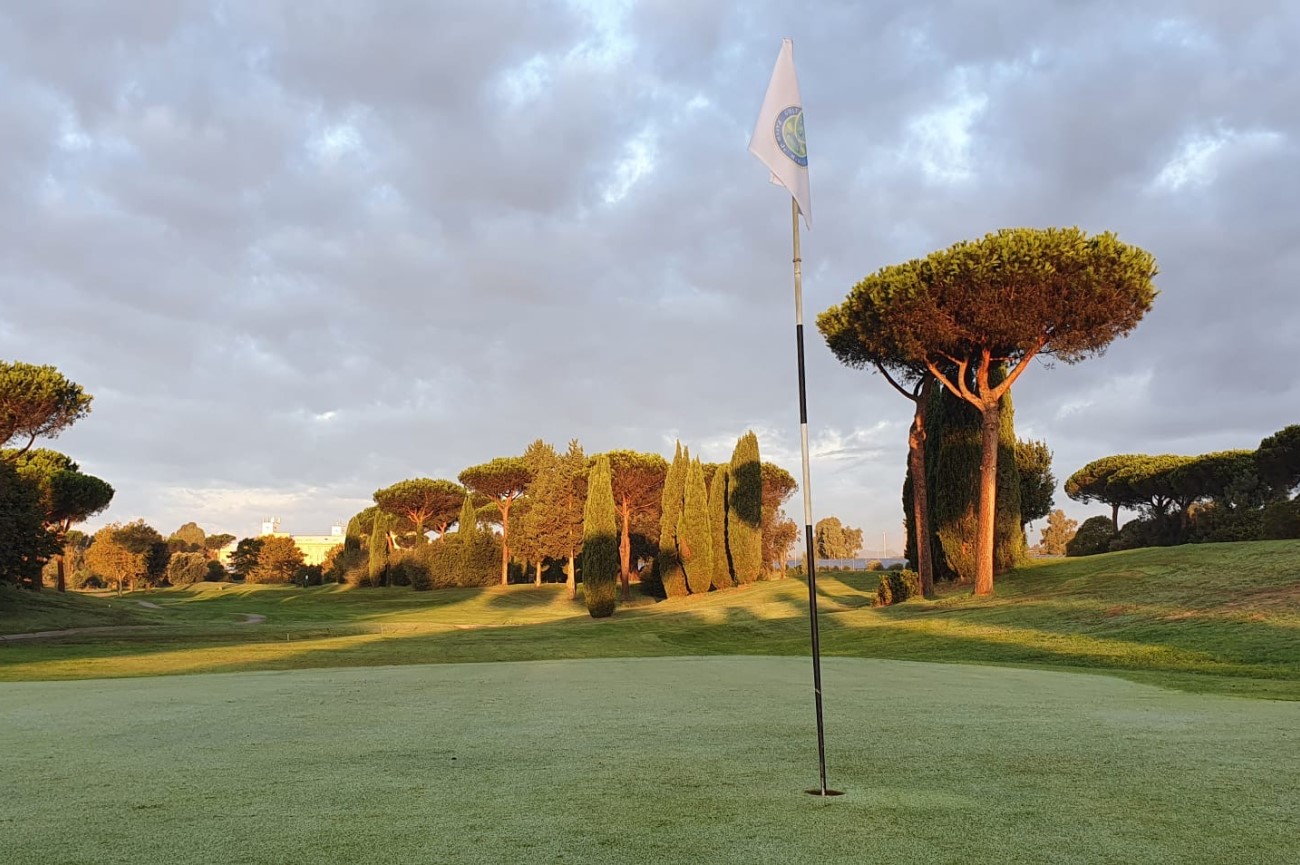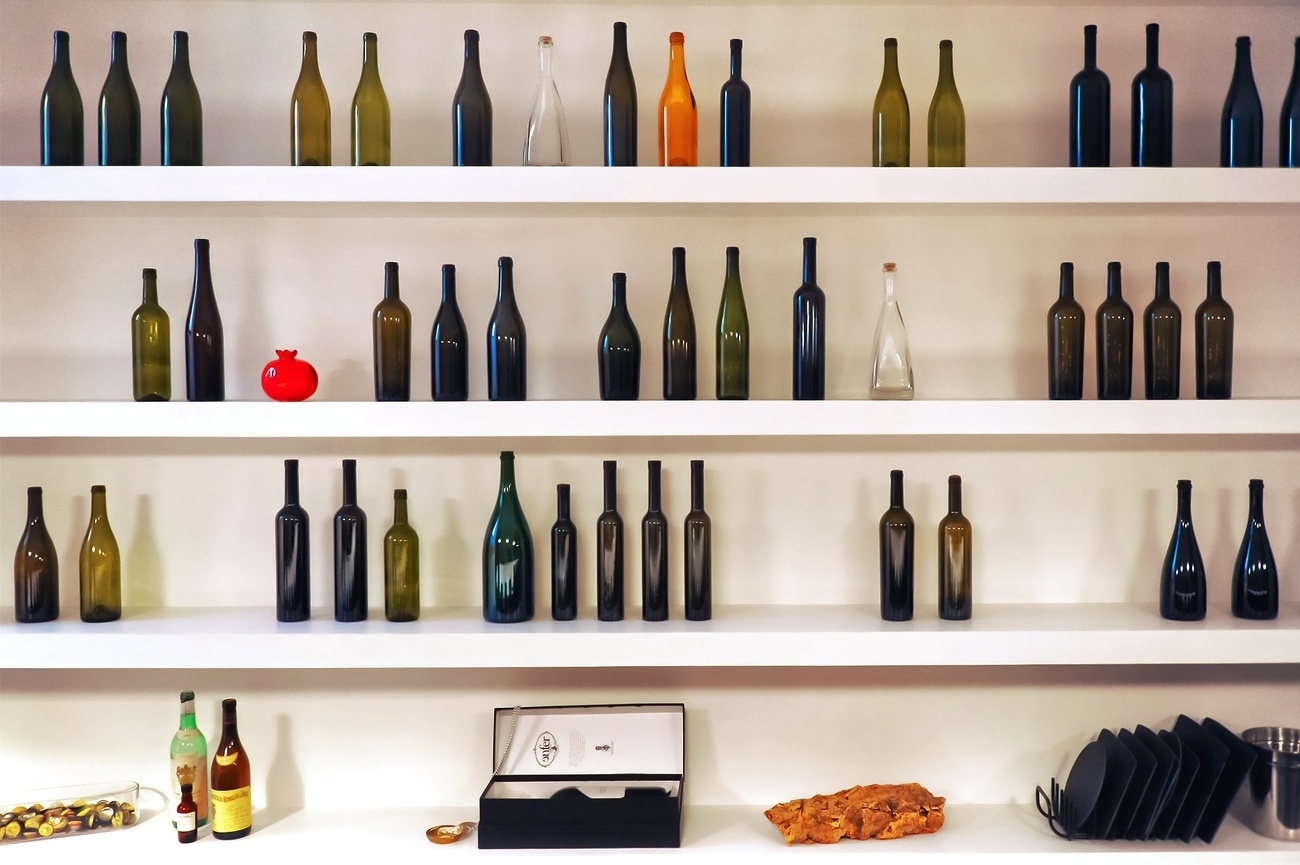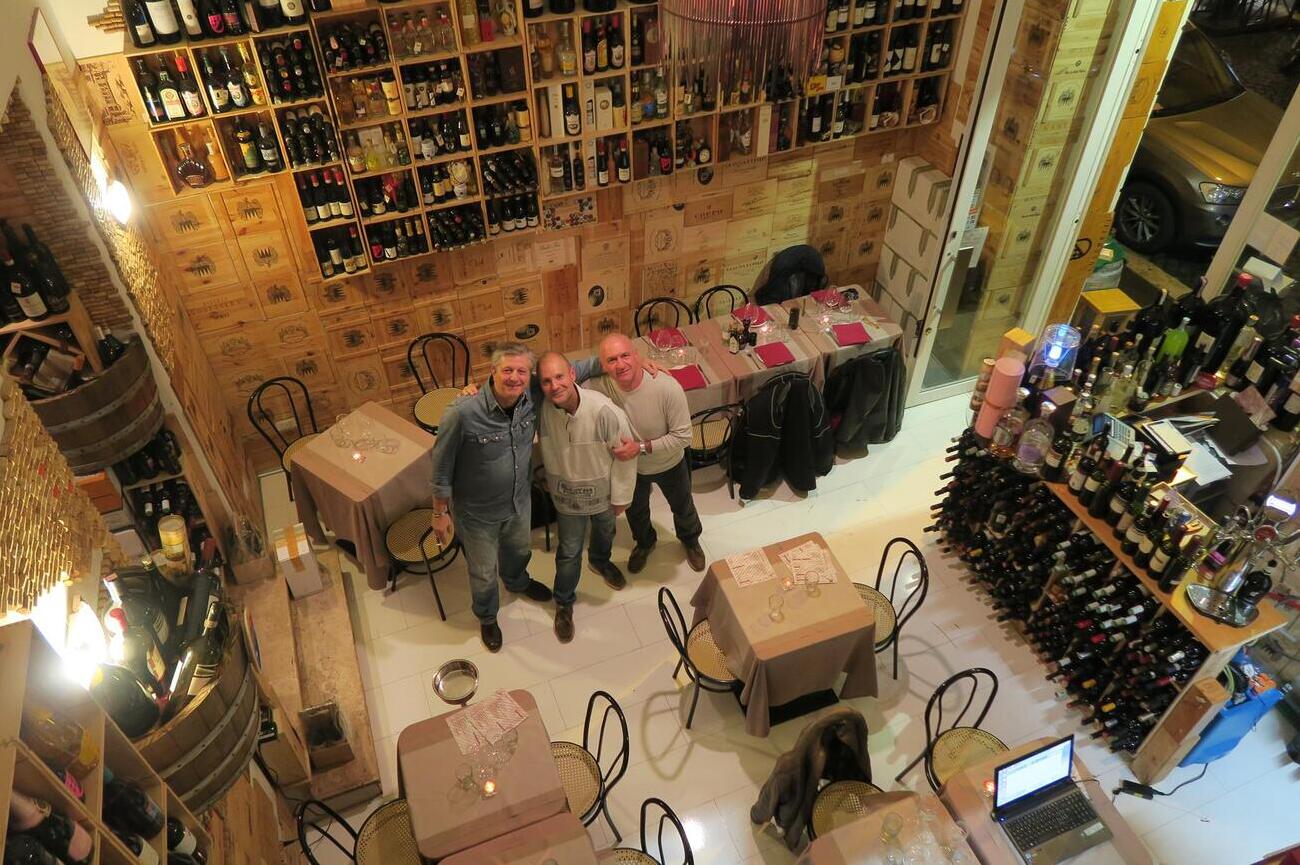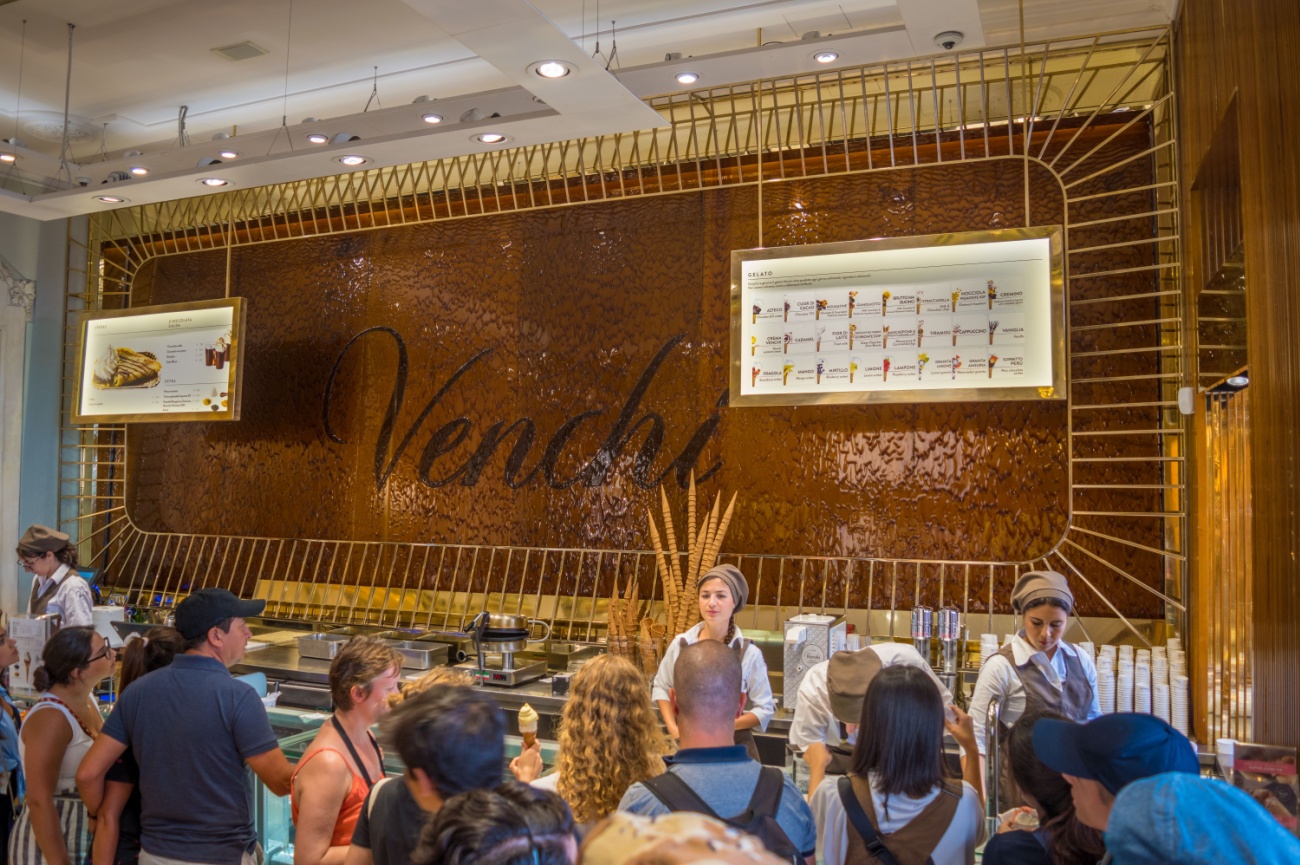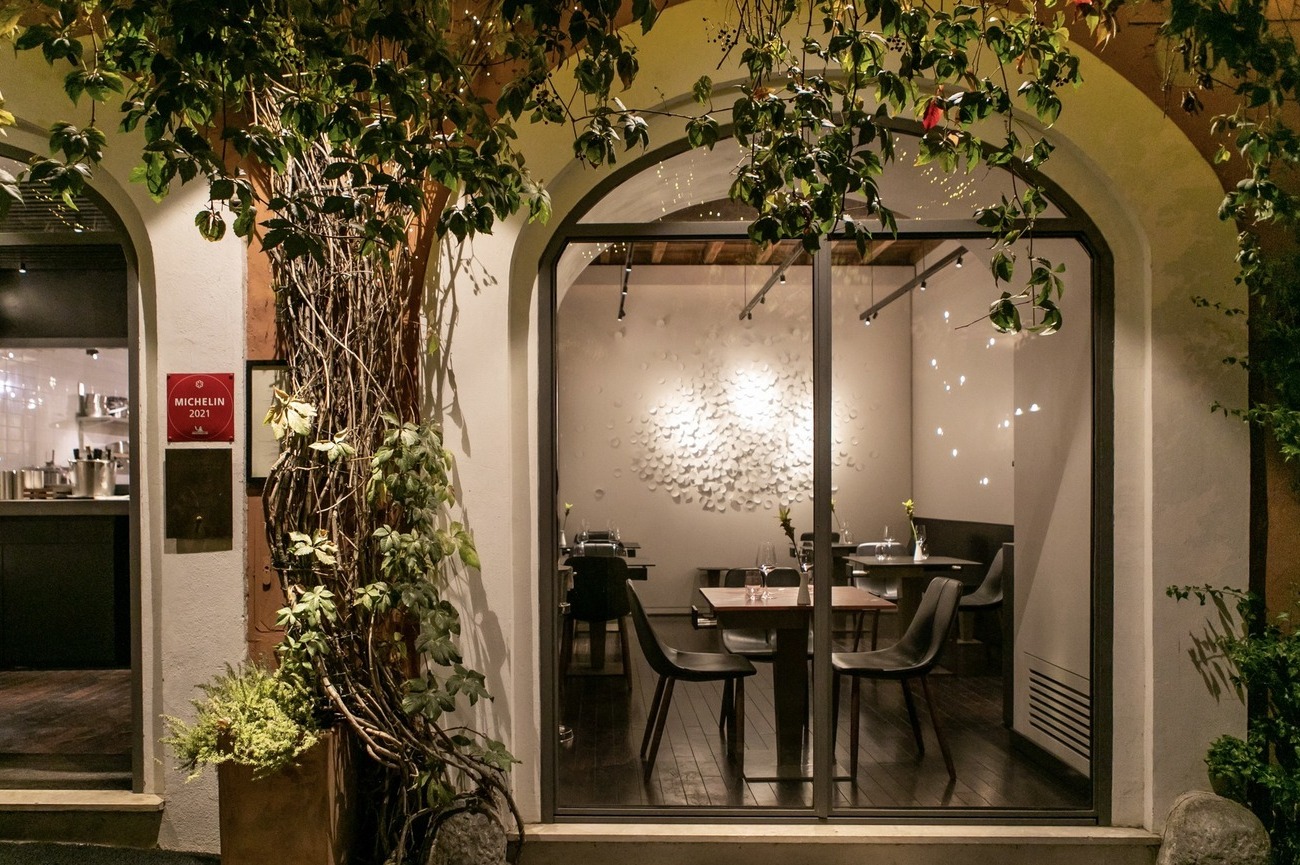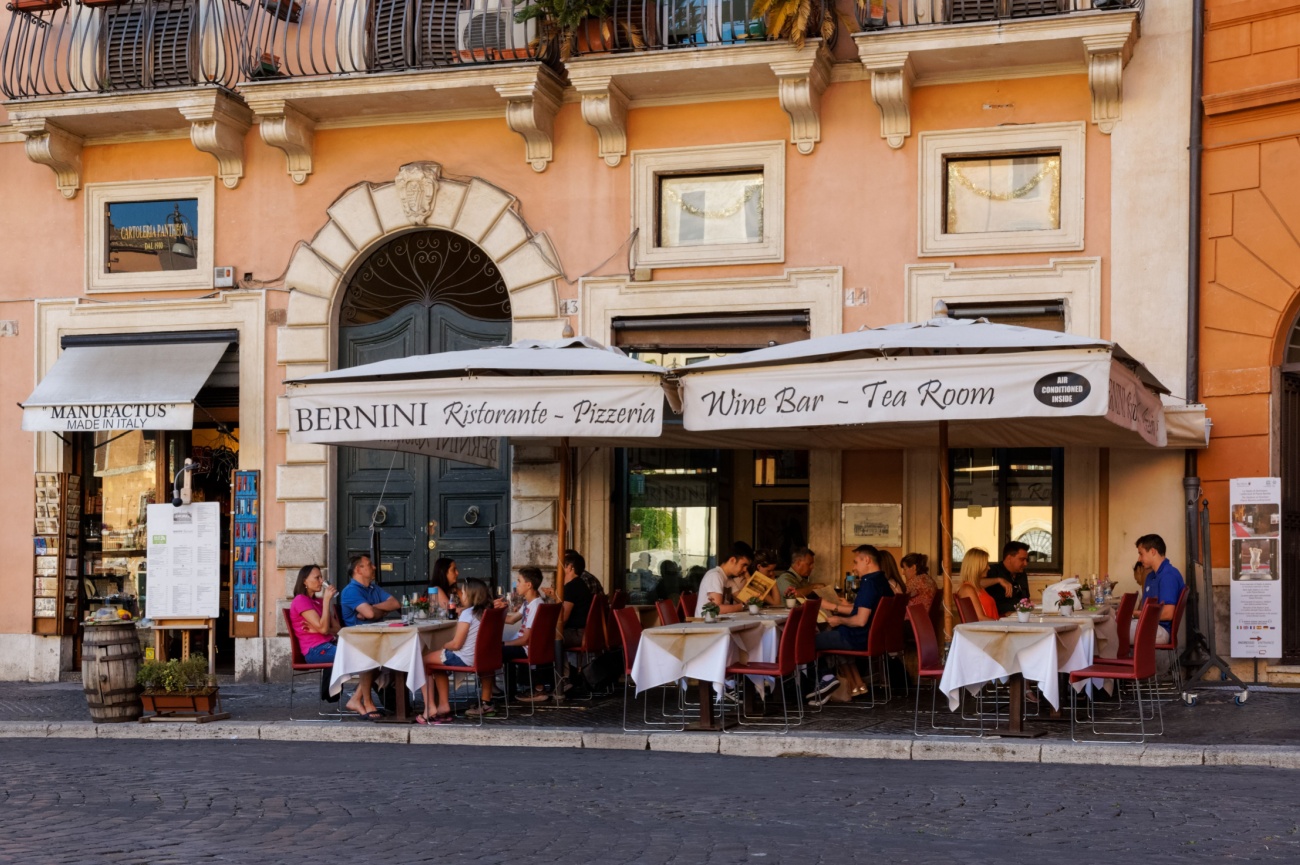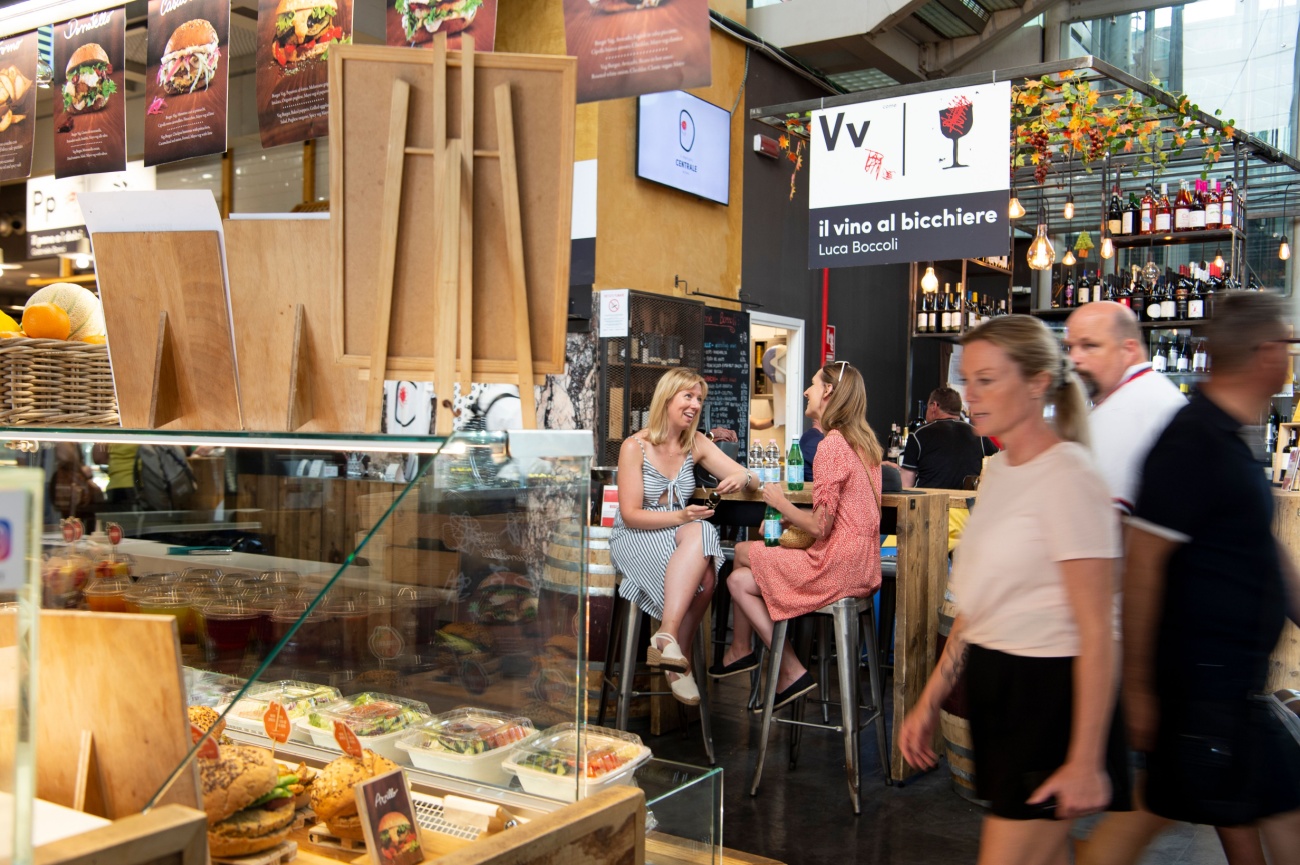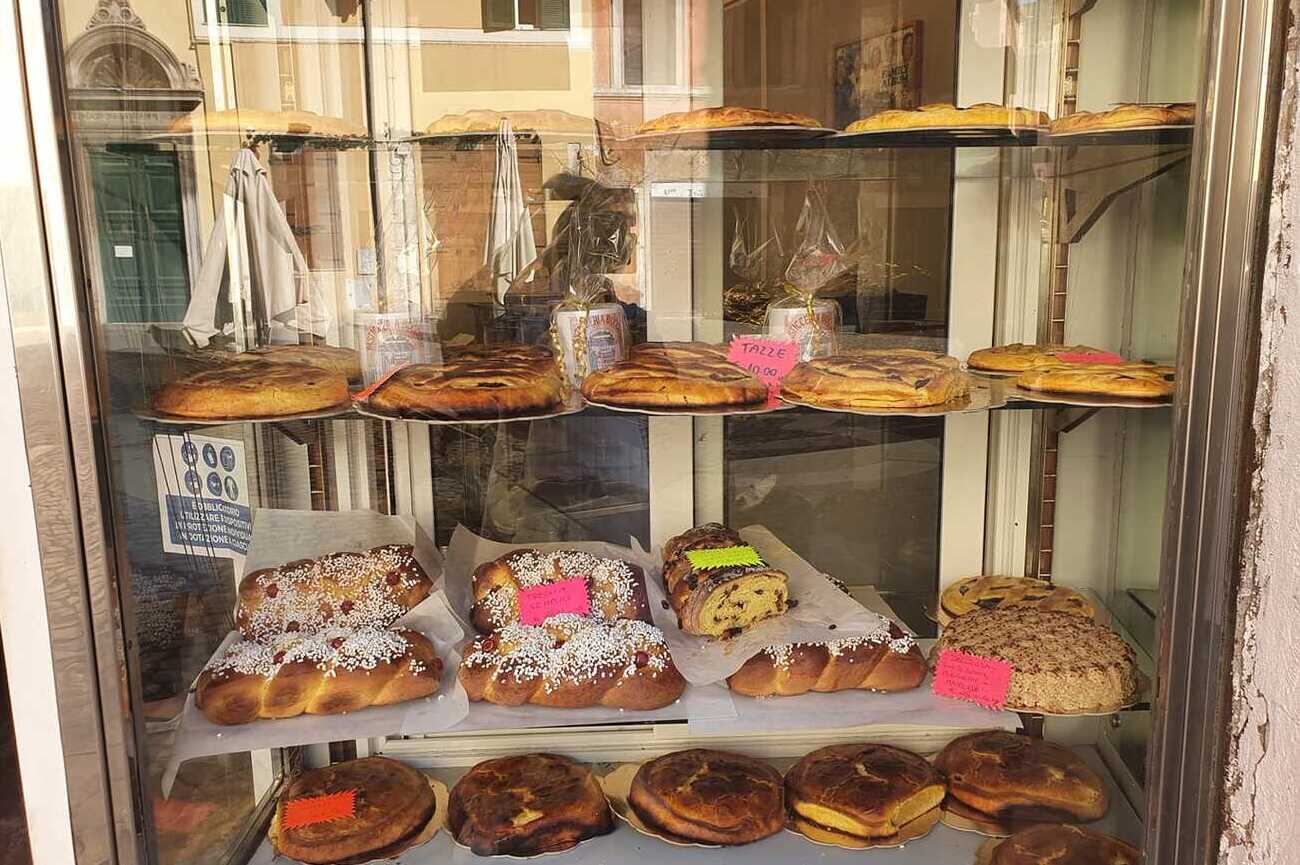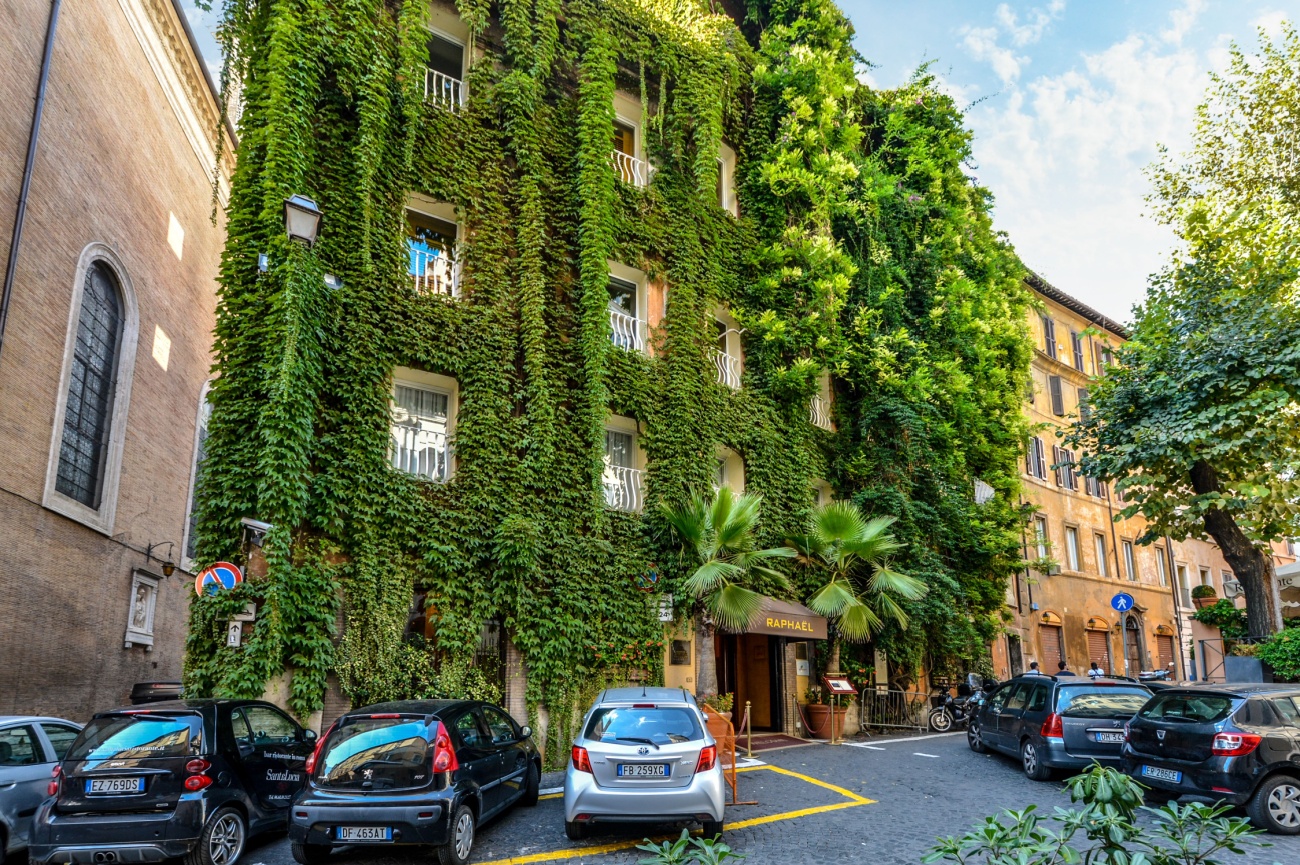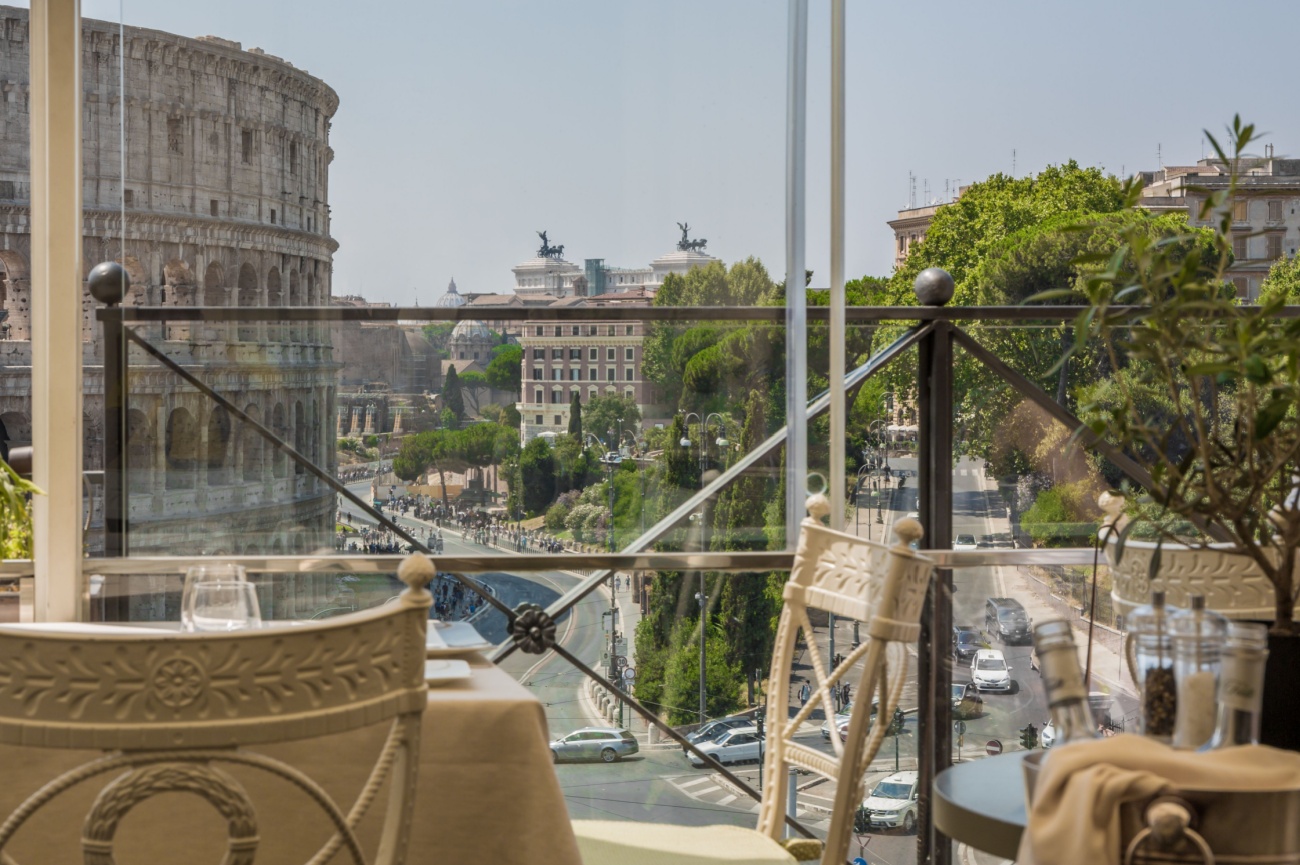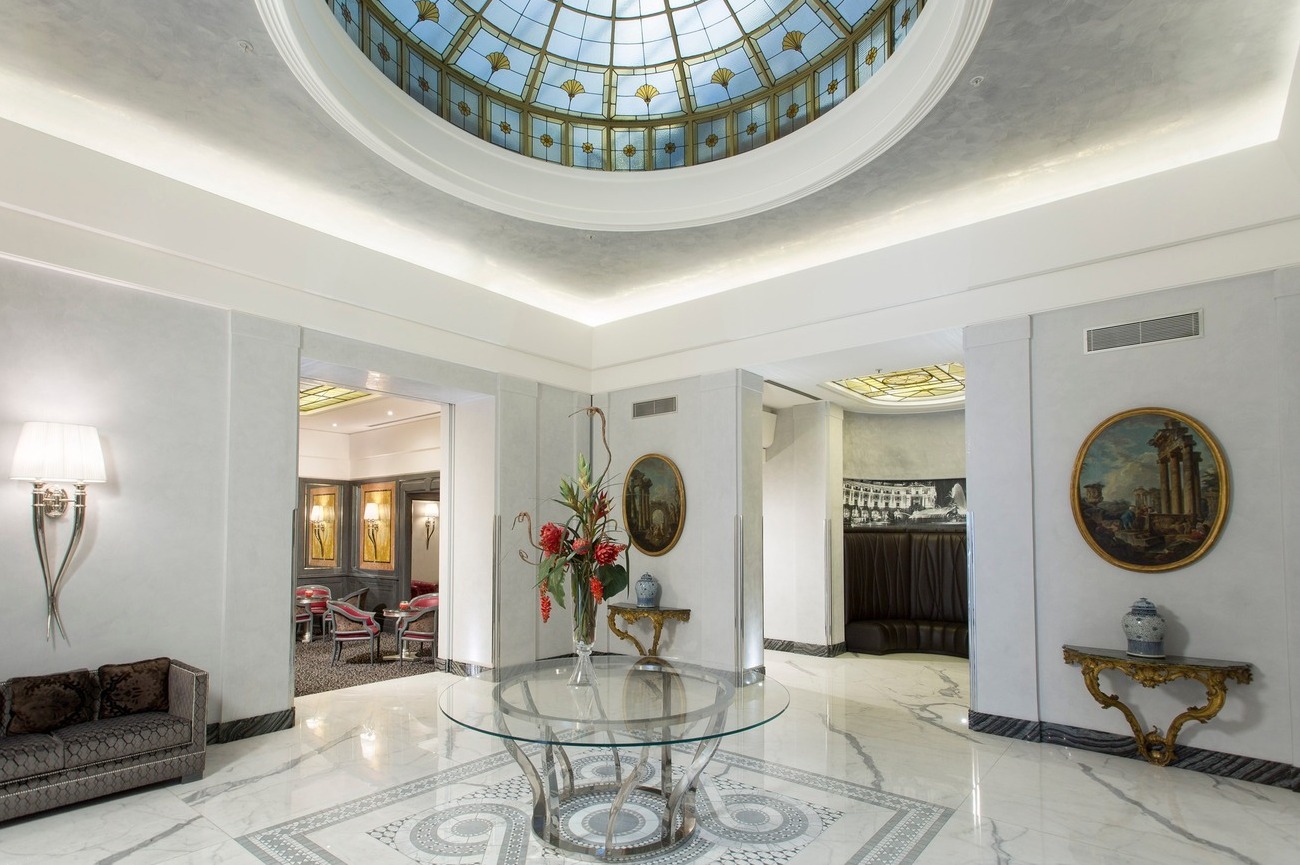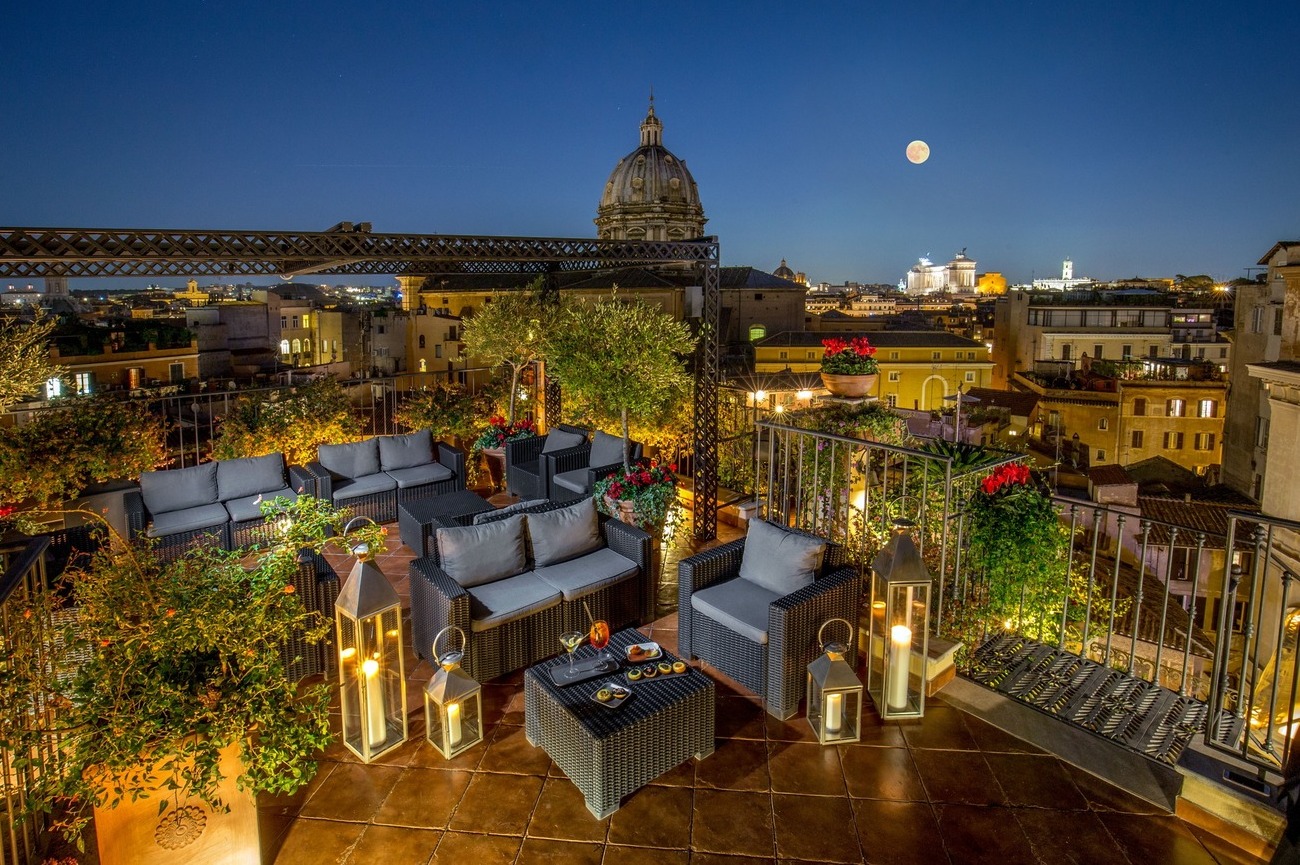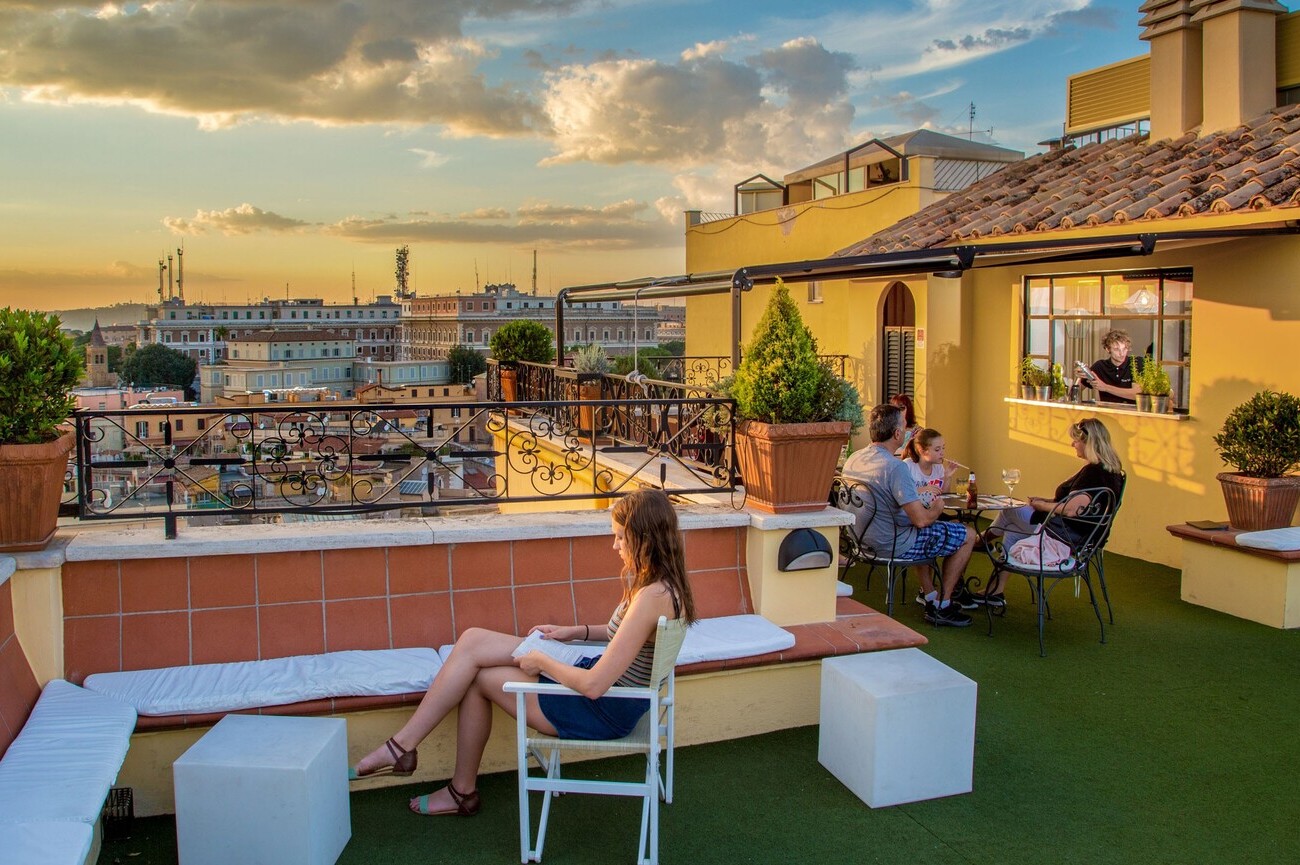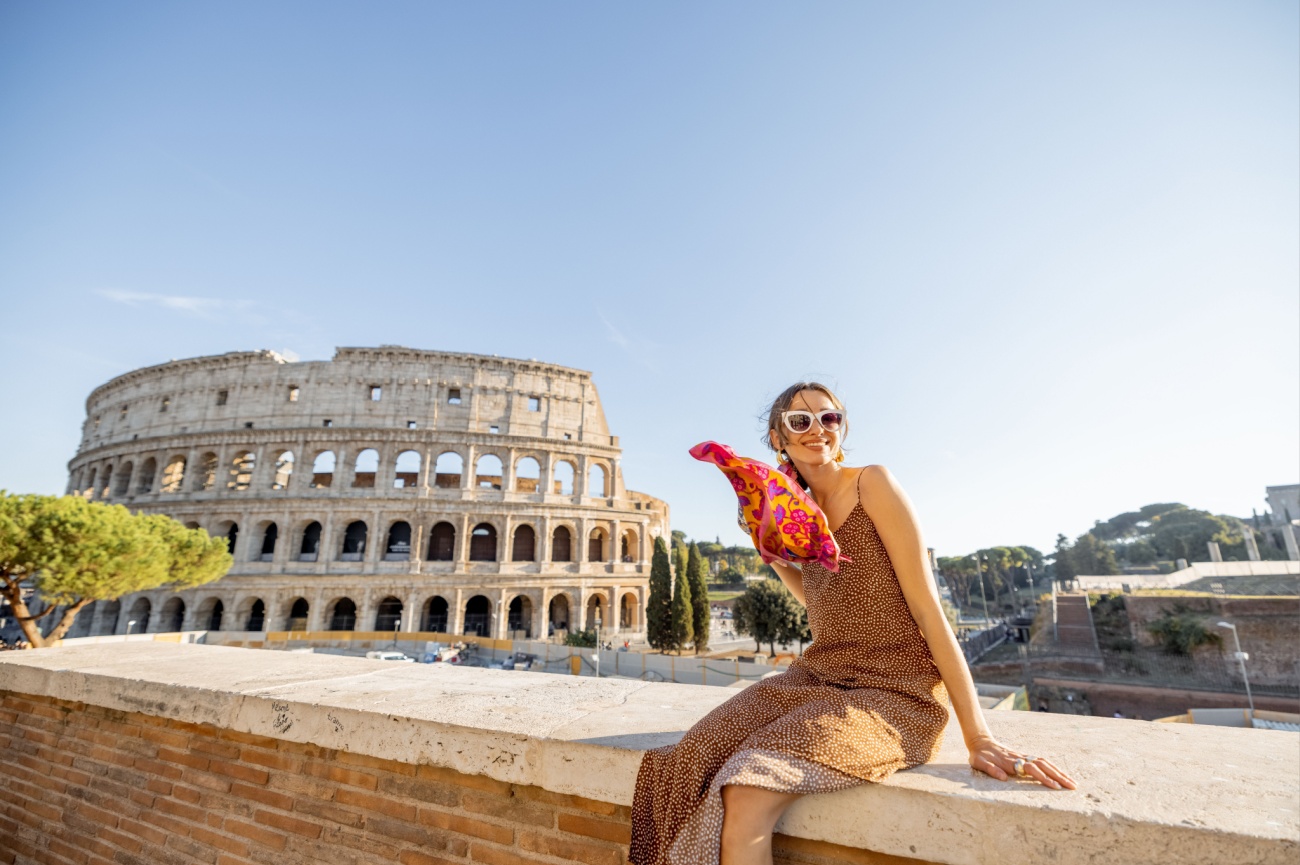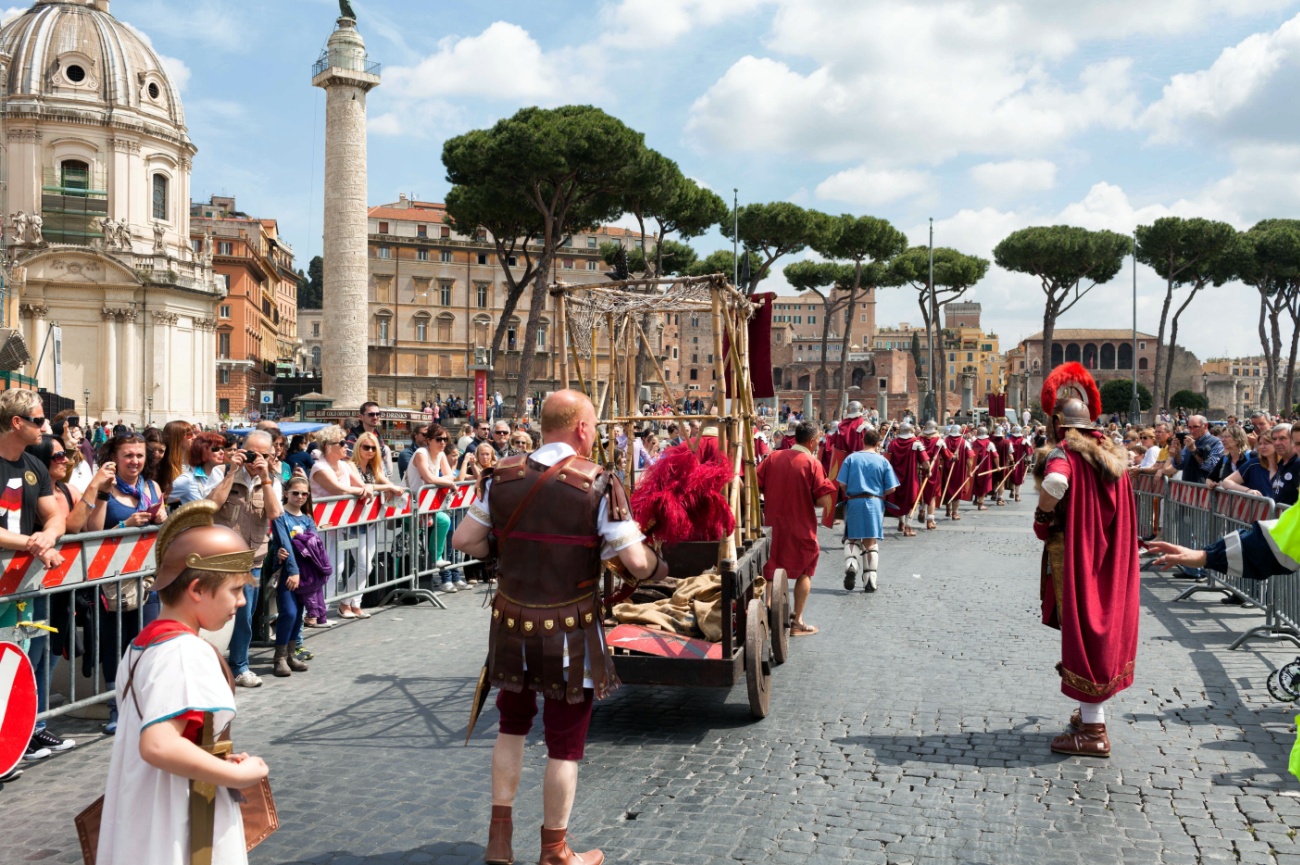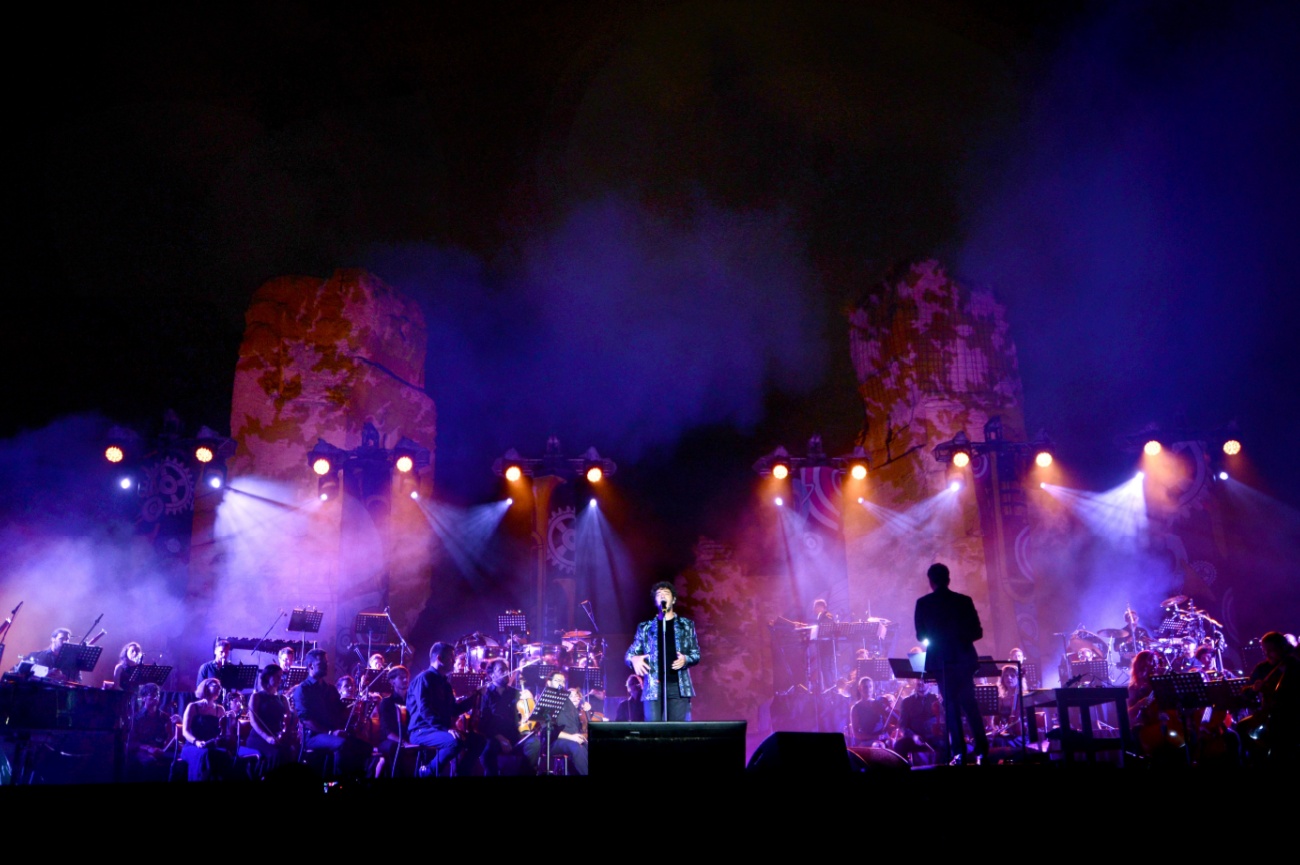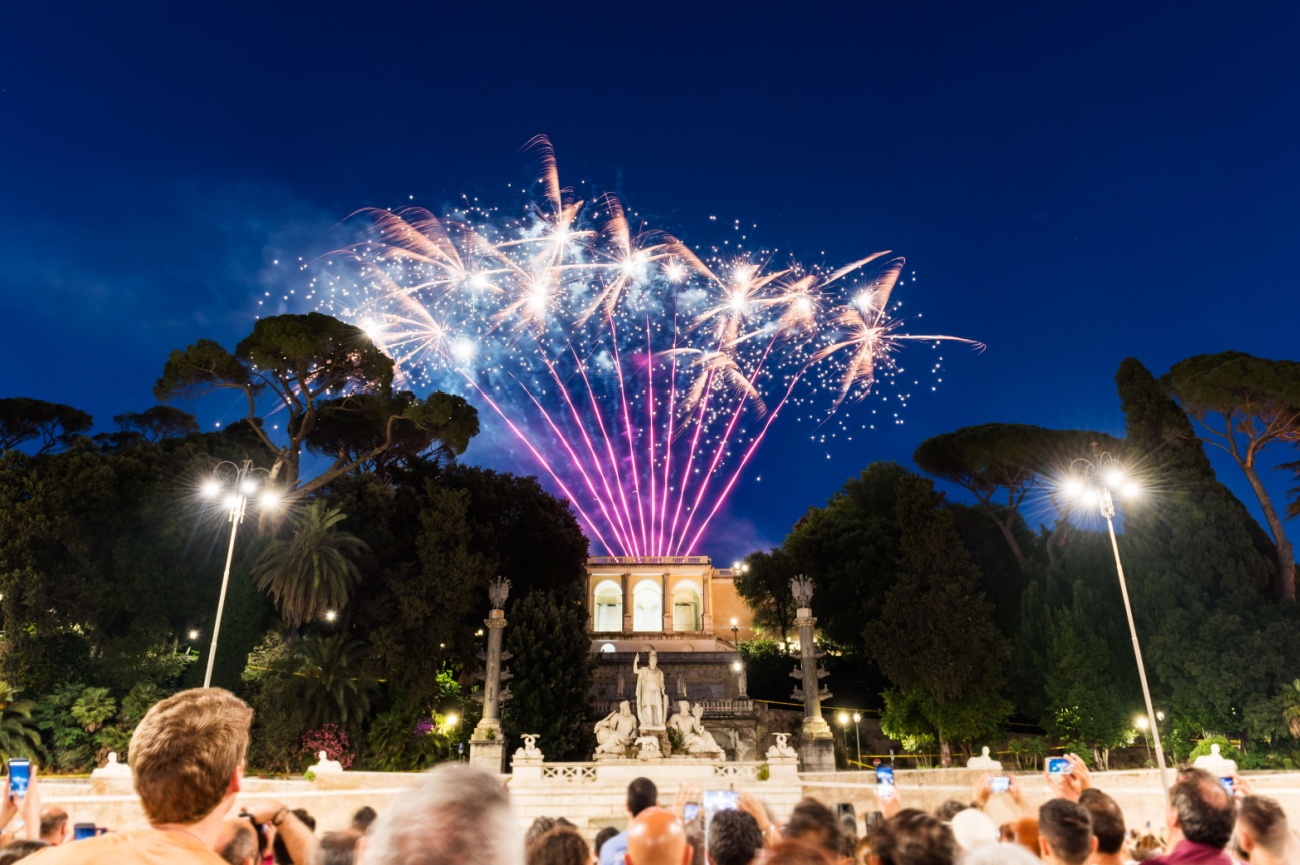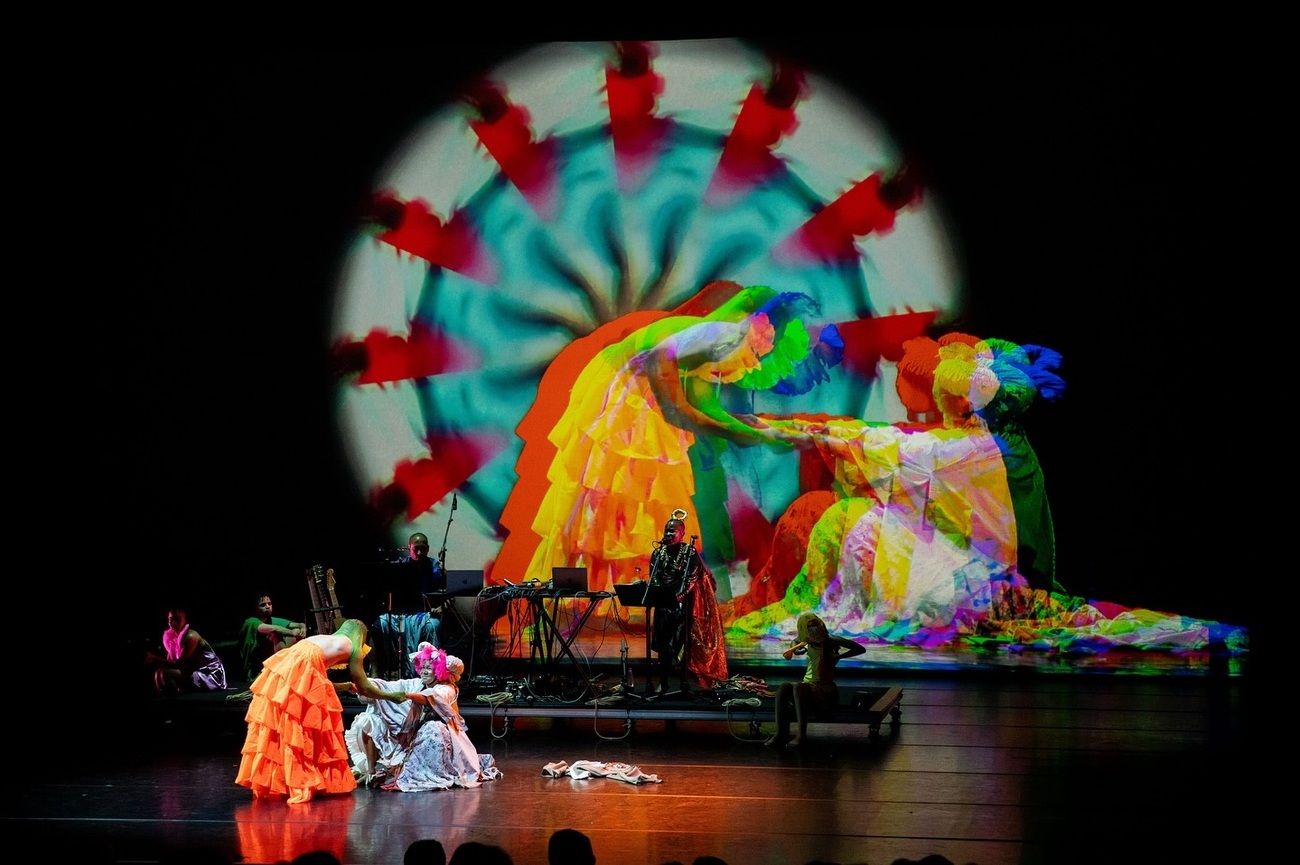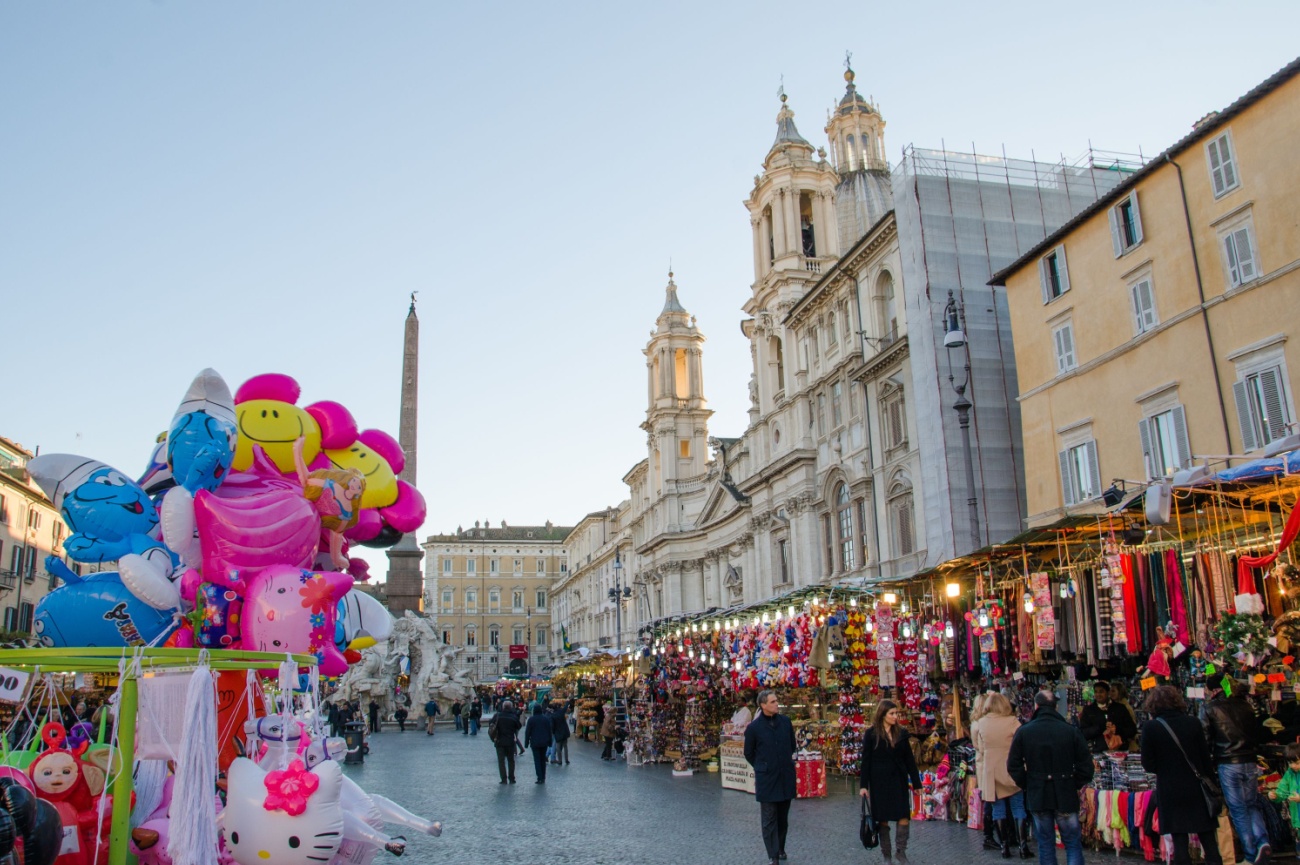Things to Do in Rome, Italy: 5-Day Itinerary
The magnificence of Rome, the Eternal City, can be experienced through its art and architecture, food and fashion, and diverse neighborhoods. A visit to this 2,000-year-old city transports you back in time to when Emperors ruled, and gladiators fought. Walking through the historic city center showcases the brilliance of Roman and Renaissance architects as seen in iconic landmarks such as the Pantheon, Colosseum, opulent fountains, and grand piazzas.
It is best to explore Rome's neighborhoods on foot. Spend a morning strolling through the Borghese Gardens or shopping along the via del Corso. Enjoy a wine tasting in Trastevere or take in the breathtaking views from Castel Sant’Angelo. Visiting the vast Forum complex underscores Rome's significance as the reputed Birthplace of European Civilization. A visit to St. Peter’s Basilica and the city’s other prevalent churches emphasizes Rome’s importance in Christianity.
Our 5-day itinerary highlights the best of Rome, along with fun side trips. After seeing the sites in the Eternal City, spend a day in Florence, the birthplace of the Renaissance, or relax in the natural hot springs of Saturnia. Plan your holiday with us and experience why Rome proudly remains the Caput Mundi, the Capital of the World.
Day 1

Morning: Centro Storico
It is worth spending your first day getting the lay of the land around Centro Storico, Rome’s historic city centre. Ancient streets wind through trattoria-lined piazzas, Elbow-to-elbow tourists share the streets with tiny automobiles, and history is everywhere you look. A good place to start a walking tour is the Piazza Navona. The bustling (oblong) square was once the site of Domitian’s horseracing stadium built in the first century AD. It is now Rome’s most popular piazza teeming with camera-wielding tourists and street performers.
The Church of Sant’Agnese in Agone, a masterpiece of 17th-century architecture, towers over the Piazza Navona where three magnificent Baroque fountains by Lorenzo Bernini form the focal point. The Fountain of Neptune, Fountain of the Moor, and the Fountain of the Four Rivers by Lorenzo Bernini can be used as an easy meeting point and are fabulously photogenic.
A quick jog through a tangle of side streets lands you in the Piazza della Rotunda where the Pantheon has been supporting the world’s largest unreinforced concrete dome for 2,000 years. The Roman temple dedicated to all the Gods-turn-Catholic church was begun by Marcus Agrippa in 25 BC. The Pantheon is a study in perfect geometry and is the shrine of many famous artists, monarchs, and scientists, including Renaissance master, Raphael and Madame Marie Curie.
Grab a gelato from one of the nearby shops and continue walking toward the Trevi Fountain. Depending on your route, you may come across the 2nd-century Column of Marcus Aurelius standing at 30 meters tall and covered in a spiral relief celebrating his military victories over the barbarians.
You will know you are getting close to the Trevi Fountain when you hear the roar of the water and see crowds of tourists gathering for selfies and throwing coins into the fountain ensuring their return to Rome. The city’s largest fountain, installed in 1732, sits at the end of a 1st-century BC aqueduct that still supplies fresh drinking water to the Romans. The sculptures symbolize Rome's ability to harness and control nature for the benefit of its people, reflecting the city's power and influence.
Day 1, Morning - rome Tour Map
Afternoon: Spanish Steps and Villa Borghese
Park
Walk off lunch by climbing the Spanish Steps from the Piazza di Spagna to Pincio Hill. Here, the Villa Medici offers a glimpse into the life of the Grand Dukes through guided tours of the villa’s art collections and Renaissance gardens.
Adjacent to Villa Medici is Villa Borghese Park, which is the third largest public park in Rome. It is an oasis in the city. If you have the time, visit the magnificent Galleria Borghese, featuring frescoed Renaissance rooms with collections of artworks by Caravaggio, Canova, and Bernini. There are a few other ticketed sites scattered throughout the park, including an Etruscan museum, the Bioparco di Roma zoo, and a miniature replica of the Globe Theatre. If you can't explore everything in one visit, Villa Borghese Park and the gallery are worth revisiting.
Day 1, afternoon - rome Tour Map
Day 2 –
The Colosseum and Forum

Morning: The Colosseum
Spend the day around the eclectic Monti district, one of Rome’s oldest neighbourhoods. Not only does this district boast the Colosseum, Forum, triumphal arches, Trajan’s Market, and remains of Nero’s palace, but it is a bastion of Bohemian life with artsy shops, ethnic eateries, coffee shops, and cocktail bars.
Start the day with a guided tour of the Colosseum constructed in AD 80 by Emperor Vespasian as a public entertainment complex. The world’s largest ancient amphitheatre was used for public spectacles such as re-enactments, executions, wild animal hunts, and gladiatorial battles. Several tour companies offer comprehensive architectural tours that include access to the gladiator’s underground holding area and the arena floor.
Outside of the Colosseum is the impressive Arch of Constantine, built in AD 315 to commemorate a military victory giving Constantine the Great sole control of the western Roman empire.
Fortify yourself with lunch at a family-run trattoria or a trendy wine bar in the area because exploring the Forum will take several hours.
Day 2, morning - rome Tour Map
Afternoon: The Roman Forum
Give yourself most of the afternoon to see the sprawling Forum complex, preferably with a tour guide who can help put the site into historical context. The site includes the legendary Palatine Hill, the birthplace of Rome and home to the ruins of imperial palaces perched above the Forum. For centuries, the Forum was the centre of daily Roman life and eventually became the judicial and religious heart of the city. Visit the Capitoline Museum at the edge of the property for its world-class sculpture collection and unparalleled vistas over the Forum. Set atop Capitoline Hill, one of the original seven hills of Rome, the museum complex houses masterpieces such as the Dying Gaul and the Capitoline Wolf. Don’t miss Piazza del Campidoglio, the Renaissance square atop the hill, redesigned by Michelangelo to give ancient Rome a new civic face.
If you have time, end the day with another scenic view from the Victor Emmanuel II Monument, built between 1885 and 1935 to honour the first king of unified Italy. Panoramic elevators whisk you to the rooftop terrace where you can catch Rome glowing in the early evening sun.
Day 2, afternoon - rome Tour Map
Day 3

Castel Sant-Angelo
Be sure to cross the Tiber River using the Pont Sant’Angelo. This ancient Roman bridge was embellished with sculptures of angels by Lorenzo Bernini in 1688 and is considered one of the most beautiful bridges in the city.
The Bridge of Angels leads to what was originally Emperor Hadrian’s mausoleum built in AD 134 but was renamed Castel Sant’Angelo in the 14th century and used as a fortress by the popes. Visitors ascend the rotunda for fantastic views over Rome and Vatican City.
Vatican City
It is a quick jaunt from Castle Sant’Angelo into Vatican City, the world’s smallest country and the seat of Christendom. Pope Julius II commissioned the magnificent Saint Peter’s Basilica to be built in 1506 to house the tomb of Saint Peter. Over the next 120 years, modifications were made by great architects like Raphael, Michelangelo, and Bernini. St. Peter’s Basilica is free to visit, but the lines sometimes take hours.
Avoid the wait by purchasing advance tickets which may also include a guided tour of the cathedral, access to the dome, and entry to the Vatican Museums and Michelangelo’s masterpiece, the Sistine Chapel. If the timing is right, you might even catch the Pope speaking from his papal balcony.
Day 3 - rome Tour Map
Day 4

Morning: Campo de’ Fiori and the Jewish Ghetto
Start the morning with a wander around the stalls at the lively Campo de’ Fiori, Rome’s most famous market. It is not far from Piazza Navona and makes the perfect place to grab a coffee and shop for cheese, olives, spices, or other nibbles for a picnic later in the day.
Walk a few blocks east toward the Torre Argentina Cat Colony where thousands of feral cats, cared for by the city, have taken up residence among the Roman ruins.
A few streets over lies the Jewish Ghetto, a historic district where Jews have resided for over 2,000 years, making this one of the oldest Jewish communities outside of Israel. Between 1555 and 1870, Rome’s Jewish population was forcibly confined to a low-lying area prone to flooding. Today, the neighborhood encompasses only four city blocks with many restaurants, bars, and bakeries.
The impressive Tempio Maggiore, or Great Synagogue was built in 1904 on part of the demolished ghetto. The temple’s museum is dedicated to the history of Jewish life in Rome and houses the interior of an earlier 15th-century Spanish Synagogue.
Two blocks away is Pasticceria Boccione, Rome’s oldest Jewish bakery in operation since 1815. The hole-in-the-wall kosher bakeshop is famous for its Jewish-Roman-style pizza & ricotta and sour cherry tart. The streets around via del Portico d’Ottavia and Piazza Costaguti are lined with restaurants, cafés, and bars, many of which are Kosher and offer Jewish specialties on the menus.
Day 4, morning - rome Tour Map
Afternoon: Trastevere
Take the Metro or walk across the river using Pont Sisto into Trastevere, which means “beyond the Tiber”. This lively neighborhood is full of fun cafés, pubs, and wine bars, and is home to a huge ex-pat population. Enjoy a leisurely walk along the cobblestone streets, taking in the charming medieval buildings and immersing yourself in local life.
Make your first stop at Santa Maria in Trastevere, one of the oldest churches in Rome, which is believed to be the first place of Christian worship as it sits above a 4th-century shrine. Look for its landmark square Romanesque campanile (belltower) rising from Piazza di Santa Maria. The interior of the 12th-century basilica is embellished with exquisite Byzantine-style gold mosaics and lined with 22 columns taken from the Roman baths of Caracalla. During the evening the piazza buzzes with street entertainment and friendly gatherings around the fountain.
Grab lunch at one of the many pizzerias or trattorias along the narrow alleyways of Trastevere. There are no main streets in this neighborhood, however, via del Moro and via della Scala have a good selection of restaurants, bars, and shops. A traditional covered Mercato located in Piazza San Cosimato is a great place to buy cheese, pasta, fresh produce, or a quick snack from one of the many vendors.
Trastevere is home to a lesser-known Renaissance gem, Villa Farnesina, built in 1501 for the Pope’s Sienese banker, Agostino Chigi. The small, but impressive summer residence sits along the banks of the Tiber River. The interior is richly decorated with Renaissance masters, particularly the frescoes by Raphael. The meticulously kept gardens are exquisite and contain classic Renaissance knotted parterres, ornamental trees, and displays of archaeological finds.
Active types may want to make the 30-minute hike to the top of Janiculum Hill, Rome’s second-highest hill, for sweeping panoramic views over Rome and Vatican City. Follow via Garibaldi past the huge equestrian monument of Giuseppe Garibaldi until you reach the scenic overlook. If you’re not the hiking type, catch a bus to Piazzale Garibaldi for the same views in less travel time.
Day 4, afternoon - rome Tour Map
Day 5

Morning: Rome’s Major Basilicas
Use the morning to visit two of Rome’s major basilicas: San Giovanni in Laterano (Saint John Lateran), where all the popes were crowned until 1870, and Santa Maria Maggiore with its magnificent mosaics and relics. The two are within easy walking distance of each other.
Saint John Lateran, established in AD 324, is the oldest basilica in the Western world. The “Mother of all Churches” is significant for its collection of important relics, massive 2,100-year-old doors, and the interment of six popes.
Other points of interest within the Lateran complex are the Baptistry and the Holy Stairs which pilgrims climb on their knees to the well-preserved medieval Papal Chapel of the Sancta Sanctorum.
Adjacent to the basilica is the Lateran Palace, the official residence of the Pope from the 4th until the 14th century when they shifted to Saint Peter’s in the Vatican.
Day 5, morning - rome Tour Map
Afternoon: Rome Shopping Spots
Fill your afternoon shopping for souvenirs on the long, busy via del Corso. Fashionistas indulge in high-end shopping throughout the fashion district where exclusive boutiques and famous designers are located. Begin at via Condotti, a short but upscale shopping avenue near the Piazza di Spagna. From here, the fashion trail runs along via del Corso toward Piazza Venezia, lined with elegant stores, and in the other direction, toward Piazza del Popolo, where you can find lots of jewelry and leather shops.
Day 5, afternoon - rome Tour Map
Other Things to See in Rome
- Baths of Diocletian: The expansive bathhouse of Emperor Diocletian, built in AD 298, was the last major building project of imperial Rome. Points of attraction are the hot and cold spa area, pools, gymnasiums, library, great hall, and ancient market. In the 1560s, Michelangelo designed a church that was built within part of the frigidarium. The site is also home to the Roman National Museum, located in Michelangelo’s cloister. The baths are directly across from the Termini train station.
- Basilica of Saint Mary of Minerva: Around the corner from the Pantheon, is a 13th-century Gothic convent built over top of an ancient temple. Behind the unassuming Renaissance façade is a gothic church with a treasure trove of art and sculpture, including Christ the Redeemer by Michelangelo and the exquisite Carafa Chapel frescoed by Renaissance master Filippino Lippi. Here you will also find the tombs of Rome’s Patroness saint, Catherine of Sienna (minus her head), along with a few popes and the medieval painter, Fra Angelico.
- Palazzo Venezia: The Renaissance palace, built in 1455, was originally the home of Pope Paul II and the Republic of Venice’s embassy. Through the centuries, the palatial residence played an important role in Papal politics. Today, it is a museum with splendidly decorated rooms, scenic terraces and walkways, and a collection of medieval and Renaissance art. The palazzo and its gardens are in the Piazza Venezia near the Victor Emmanuel II Monument.
- Domus Aurea: Beneath the Oppian Hill lies the surreal remains of Nero’s Domus Aurea, or “Golden House”—a lavish imperial palace stretching across 300 acres at its peak. Buried and forgotten for centuries, parts of the complex have been excavated to reveal richly decorated rooms, frescoed ceilings, and ingenious architectural innovations like the octagonal dining hall with a rotating dome. Guided tours offer torch-lit walks through the underground remains and a multimedia experience that shows how impressive Nero’s palace used to be.
- Palazzo Doria Pamphilj: Tucked away on Via del Corso, Palazzo Doria Pamphilj is one of Rome’s grandest private palaces, still occupied by descendants of the noble family. Behind its understated façade lies a magnificent art gallery set within lavish Baroque halls, mirrored ballrooms, and gilded corridors. The collection features masterpieces by Caravaggio, Titian, and Velázquez, including his celebrated portrait of Pope Innocent X. The palace offers an intimate and atmospheric glimpse into aristocratic life and remains a hidden gem, often quieter than Rome’s larger museums.
- Caracalla Baths (Terme di Caracalla): Commissioned in the early 3rd century AD by Emperor Caracalla, these vast ruins once housed one of ancient Rome’s most luxurious bath complexes. The site included hot and cold baths, a gymnasium, libraries, and gardens spread across nearly 25 hectares. Ornate mosaics and fragments of sculpted decoration still hint at the grandeur of the original structure. Today, the baths also serve as a spectacular open-air venue for opera and festivals, including the renowned Caracalla Festival held during summer months.
- San Clemente Basilica: Just a short stroll from the Colosseum stands the layered Basilica di San Clemente, a time capsule of Christian and pagan Rome. The current 12th-century basilica, with golden mosaics and a tranquil cloister, rests atop a 4th-century church and beneath that, a 1st-century Roman house and a Mithraic temple. Each level reveals its own chapter of Roman history, from early Christian frescoes to the sacred chamber where initiates once worshipped the god Mithras. It is one of the city’s most fascinating archaeological sites.
- Appian Way (Via Appia Antica): Often called the “Queen of Roads,” the Appian Way is one of the oldest Roman roads, begun in 312 BC to link Rome with southern Italy. Today, it is a peaceful escape from the city where visitors can cycle or stroll past ancient tombs, aqueducts, ruined villas, and catacombs under a canopy of umbrella pines. Highlights include the Catacombs of San Sebastiano and Cecilia Metella’s tomb. The road is best explored on Sundays when it's closed to traffic and open for leisurely exploration.
- Church of St. Louis of the French (San Luigi dei Francesi): Tucked behind Piazza Navona, the Church of St. Louis of the French is a Baroque treasure dedicated to the patron saint of France. The main draw is Caravaggio’s celebrated series of paintings depicting the life of Saint Matthew—The Calling, The Inspiration, and The Martyrdom. These dramatic works, housed in the Contarelli Chapel, showcase Caravaggio’s masterful use of light and shadow. The church is free to enter and remains a quiet refuge despite its central location.
- Quirinal Palace (Palazzo del Quirinale): Perched atop the highest of Rome’s seven hills, the Quirinal Palace serves as the official residence of the President of Italy. Originally built as a summer home for popes in the late 16th century, the sprawling palace has also housed kings and emperors. Guided tours reveal a series of regal rooms adorned with tapestries, frescoes, and chandeliers, as well as impressive gardens with sweeping views over the Eternal City. The palace’s grandeur makes it one of the most stately buildings in Rome.
- Basilica Papale San Paolo Fuori le Mura: Located along the ancient Ostian Way, the Basilica of Saint Paul Outside the Walls is one of Rome’s four major papal basilicas and a UNESCO World Heritage Site. Built over the burial site of Saint Paul the Apostle, the church is notable for its vast nave, Byzantine mosaics, and portraits of every pope in history encircling the upper walls. Rebuilt after a fire in 1823, the basilica remains grand and welcoming, attracting pilgrims and art lovers to its peaceful cloisters and marble arcades.
- Basilica of San Pietro in Vincoli: Nestled on the Esquiline Hill, this modest basilica houses one of Michelangelo’s greatest sculptural achievements—the powerful statue of Moses, originally intended for the tomb of Pope Julius II. Its name, “Saint Peter in Chains,” refers to the chains that allegedly bound the apostle during his imprisonment in Jerusalem, displayed in a reliquary beneath the altar.
- Santa Maria della Vittoria: Famous for hosting Gian Lorenzo Bernini’s Ecstasy of Saint Teresa, Santa Maria della Vittoria is a small Baroque gem tucked into a side street near Piazza della Repubblica. The sculpture, considered one of Bernini’s masterpieces, is housed in the Cornaro Chapel and depicts the mystical vision of Saint Teresa with theatrical beauty.
- Forum of Augustus: Constructed in 2 BC by Emperor Augustus, this lesser-visited site sits adjacent to the more famous Roman Forum. The forum once held a grand temple to Mars the Avenger and was used for legal and ceremonial purposes. Though only fragments of columns and porticoes remain, night-time lights and multimedia displays bring this ancient Roman site to life, letting visitors experience its imperial past under the stars.
- Pyramid of Cestius & Protestant Cemetery: Standing unexpectedly near Porta San Paolo, the Pyramid of Cestius is a striking 1st-century BC tomb built in the Egyptian style for a Roman magistrate. Next to it lies the beautifully serene Protestant Cemetery, the final resting place of Romantic poets John Keats and Percy Bysshe Shelley.
- Colle Aventino & Parco Savello (Orange Garden): Colle Aventino, or Aventine Hill, is one of Rome’s original seven hills and steeped in myth—it was here that Romulus and Remus are said to have quarrelled over the founding of the city. At its summit lies Parco Savello, known as the Orange Garden, a tranquil terrace lined with fragrant citrus trees. The park offers stunning city views, with St. Peter’s dome as the highlight. Nearby, the famous Aventine Keyhole perfectly frames the Vatican, adding a touch of mystery for visitors.
- Stadio di Domiziano (Navona Square Underground): Beneath the lively Piazza Navona lies the ancient stadium of Emperor Domitian, the first permanent venue for competitive athletics in Rome. Accessible via an underground museum, the remains include seating, arches, and interpretive displays that transport visitors back to the roar of the crowds in the 1st century AD.
- MAXXI – National Museum of 21st Century Arts: Located in Rome’s Flaminio district, MAXXI is Italy’s national museum for contemporary art and architecture. Designed by the late Zaha Hadid, the building itself is a modern masterpiece of fluid lines, suspended walkways, and industrial materials. Inside, rotating exhibitions showcase cutting-edge installations, photography, design, and global contemporary artists.
- Quartiere Coppedè: Tucked away from the usual tourist trails, Quartiere Coppedè is a hidden architectural treasure in Rome. This small but enchanting district blends Art Nouveau, Gothic, and Baroque influences, creating a whimsical, almost fairy-tale atmosphere. At its heart is the Fountain of the Frogs (Fontana delle Rane), a charming landmark famously linked to The Beatles. The area’s unique buildings, like the ornate Villino delle Fate and the mysterious Palazzo del Ragno, make it a fascinating spot for a leisurely stroll.
Things to Do with Kids
Rome offers plenty of activities for kids of all ages, whether attending a pizza class, exploring Roman ruins, or training to be a gladiator. Older kids might enjoy a guided golf cart tour of the city or be inspired by standing in the Colosseum's arena.
- Explora Children’s Museum: Explora is an interactive museum that introduces young visitors to science and history. The hands-on exhibits focus on the environment, economy, and modern technology. It also features a cool playground.
- Cooking Classes for Kids: Experience a day as a pizza maker or learn to prepare other Italian classics like pasta or gelato. You can easily find family-friendly classes taught in English. Classes may take place in a fabulous palazzo or modern cooking school. Art and Mosaic classes for kids Channel your child’s inner Michelangelo with an art class, painting frescoes, or making mosaics. A handmade piece of art is a perfect Roman holiday souvenir.
- Parco Tutti Insieme: A very nice children's playground on the east edge of Rome has an 18-hole minigolf course, a soccer field, and a modern playground full of swings, slides, and climbing features, as well as football tables. Plan a picnic using one of the many barbecues in the covered pavilions or bask by the lake.
- Theme Parks: Big and little kids can let off steam at one of Rome’s several amusement Parks. MagicLand is a Magic Kingdom-esque theme park with roller coasters, thrill rides, a toddler play area, and a planetarium. Direct shuttles run between the park and Rome Termini station. Cinecitta World is Rome’s answer to Universal Studios. The movie-themed amusement park has more than 40 attractions, a variety of live shows, and a water park.
- Technotown: At Technotown, kids can fly with dragons, build a LEGO robot, or become a bio-detective. The ultra-modern science and technology centre is located within an impressive 18th-century Villa Torlonia. The daily programming includes hands-on workshops, 3-D games, fun science experiments, and a technology room. Programs change daily and are appropriate for 6 years of age and older.
- Leonardo Da Vinci Experience: The museum offers hands-on experiences with recreations of 50 of da Vinci's visionary inventions, including the giant tank, worm screw, printing machine, and a primitive helicopter, and holograms of the artist. The exhibits showcase the brilliance and prolificity of the genius, including a room dedicated to his painting. The museum, located halfway between Castel Sant’Angelo and the Vatican, is appropriate for children and adults alike.
- Gladiator School: Walk where gladiators walked and learn what life was like in the arena and backstage at the Colosseum. Kids can experience the everyday life of a gladiator near the very spot they practised, while learning the art of battle. The program is physical and educational, as they will learn about Imperial Rome, weaponry, and the historical background of the gladiatorial games, while working on their form.
- Bioparco di Roma: Tucked within the leafy expanse of Villa Borghese Park, Bioparco di Roma is one of Europe’s oldest zoological gardens, dating back to 1911. Home to over 1,000 animals from around the world, the zoo places a strong emphasis on conservation and education. Children and adults alike can observe lions, elephants, reptiles, and rare primates in thoughtfully designed habitats. Interactive exhibits and seasonal workshops introduce kids to biodiversity and sustainability. Easily reached from central Rome, Bioparco is a great spot for families to enjoy nature and take a break from sightseeing.
Racecourse in Rome
- Ippodromo Roma Capannelle: Racing season is April through September at the historic track in southeast Rome. The thoroughbred and harness racecourse has four grandstands, betting machines, two bars, a café, and a panoramic restaurant.
Day Trips from Rome
- Ostia: The closest beach to Rome is Lido di Ostia, 20 miles west of the city near the airport. On your way to or from the coast, make a stop at Ostia Antica to see the extensive archaeological remains of an ancient port city. This is a nice alternative if you do not have time to visit Pompeii.
- Saturnia Hot Springs: Two hours north of Rome, in southern Tuscany, are the extraordinary hot springs at Saturnia. The best way to visit the natural pools is to hire a private driver for the day or to drive yourself. The springs are free to the public. Changing rooms and a small café at the entrance of the springs are available during the day. On the return trip, stop for lunch in the striking hill town of Pitigliano. The village, perched precariously along a cliff of tufa rock has plenty of sights to see, including a huge aqueduct, several churches, ornate fountains, archaeological museums, and a synagogue. Pitigliano was nicknamed “Little Jerusalem” for its population of Jews fleeing Rome in the 14th century and still retains a small section with kosher butchers, bakers, and a museum.
- Florence: You can reach the capital of Tuscany in under two hours by direct train from Termini Station. Your first stop should be the Cathedral district, where the Baptistry’s famous bronze doors, Giotto’s bell tower, and the Cathedral of Santa Maria del Fiore attract the masses. If you have time, consider climbing the 464 steps to the top of Brunelleschi’s massive Duomo for breathtaking views over the Tuscan countryside. Walk by the Palazzo Vecchio where a reproduction of Michelangelo’s David stands watch over the palazzo. Stroll across the Ponte Vecchio to complete your Florentine experience.
- Pompei: A high-speed train from Termini Station gets you to Pompeii in two hours where you can tour of the ancient city of Pompeii, destroyed in AD 79 during the eruption of Mount Vesuvius. Plan to spend most of the day exploring the sprawling archaeological site. You will find streets, homes, and much of the ancient city preserved by the ash and lava. Don’t miss seeing the amphitheaters, Garden of the Fugitives, and Villa of the Mysteries.
- Orvieto: Escape the big city with a visit to Orvieto, an idyllic walled hill town with a breathtaking 13th-century Gothic cathedral. Start by walking the medieval walls surrounding the city, ending your circuit at St. Patrick’s Well which was dug in the 16th century and is part of Orvieto’s popular underground tours. Spend time wandering the alleyways and grab lunch at one of the many trattorias to try out local Umbrian dishes, like pasta with wild boar or truffles mushroom sauce. Once fortified, head for the cathedral to see stunning frescos, mosaics, and stained glass, then climb 250 steps up the Torre del Moro for commanding views over the Umbrian countryside.
- Tivoli: Just 35 kilometres east of Rome lies Tivoli, a picturesque hill town celebrated for its lush gardens and imperial grandeur. It is home to two UNESCO World Heritage Sites: Villa d’Este, a 16th-century palace famed for its extravagant fountains, terraced gardens, and water displays, and Villa Adriana (Hadrian’s Villa), the sprawling archaeological remains of Emperor Hadrian’s luxurious retreat. The ruins offer a glimpse into the sophistication of Roman engineering and design. Tivoli can be reached in under an hour by train or car.
- Castel Gandolfo: Perched above the tranquil waters of Lake Albano, Castel Gandolfo is one of the most charming towns in the Castelli Romani region, just 25 kilometres southeast of Rome. The highlight is the Papal Palace of Castel Gandolfo, a summer residence for popes dating back to the 17th century, now open to visitors with guided tours of the Apostolic Palace and its immaculate Barberini Gardens. The lakeside promenade offers lovely spots for lunch or a leisurely walk.
- Frascati: Located only 21 kilometres from Rome, Frascati is a favourite countryside escape known for its elegant villas, scenic views, and world-famous white wine. This historic town in the Alban Hills has long attracted Romans seeking a breath of fresh air, and today it is a hub for wine tastings and slow-paced dining. Several of the Frascati villas, once owned by noble families, now host visitors for tours, tastings, and cultural events. Easily accessible by train in under 30 minutes.
- Tarquinia: Around 90 kilometres northwest of Rome, Tarquinia is one of the most important centres of Etruscan civilisation. Its UNESCO-listed Necropoli dei Monterozzi features dozens of underground tombs adorned with remarkably preserved frescoes, offering a rare insight into pre-Roman art and beliefs. The nearby Museo Nazionale Tarquiniense, housed in a Renaissance palace, showcases a fascinating collection of sarcophagi, jewellery, and everyday artefacts. With its medieval towers and coastal breezes, Tarquinia can be reached by train in just over an hour.
- Cerveteri: Roughly 45 kilometres from Rome, Cerveteri is best known for the Banditaccia Necropolis, one of the most extensive and atmospheric Etruscan burial grounds in Italy. A UNESCO World Heritage Site, the tombs here date back to the 9th century BC, with highlights including the famed Tomb of the Reliefs, complete with carved furnishings and tools. The nearby museum in the historic Ruspoli Castle displays artefacts unearthed from the site. Just over an hour away by train or car, Cerveteri offers a fascinating glimpse into Italy’s ancient past, away from the crowds.
Golf Courses in Rome
- Golf Club Parco de Medici, southwest Rome: The recreational complex is situated within a former Pope's hunting estate. It features two golf courses, including a championship 18-hole course designed by Pete Dye. The course has prominent water hazards, undulating fairways, and wide greens. Additionally, there is a nine-hole practice course called Rosso. The facility also offers a short game practice area and a multi-level driving range. The Clubhouse restaurant serves refined Italian cuisine, and there is a hotel, cinema, bowling alley, restaurants, and bars on the property for a complete stay-and-play experience.
- Marco Simone Golf Club, northeast Rome: Marco Simone Golf Club is nestled in the Roman countryside northeast of the city. The 18 and 9-hole courses are set in a dramatic hilly landscape making this a golfer's paradise. The resort's gorgeous hotel and suites offer views of the golf course, and guests can enjoy the equally sophisticated pool and Roman restaurant.
Wineries near Rome
Most vineyards are outside the city of Rome, but many tour operators offer guided day trips to wineries in Umbria, Tuscany, and Piedmont. Cooking classes or a meal are often bundled in with these tours. Frascati Winery is the closest vineyard, located on the outskirts of Rome about 45 minutes away.
Trastevere is a popular neighbourhood for wine tastings. Order regional flights from around Italy at the many cafés and wine bars, such as Enoteca L’Antidota or Laterria Trastevere.
The Monti neighbourhood around the Colosseum has a few social clubs that offer educational wine tastings, like Vino Roma Wine Studio. A few streets away, Domus Vini is a tiny enoteca with vast wine options from around the boot.
Another way to immerse yourself in local food and drink is to take one of the reputable food tours, which typically include some sort of wine tasting.
Where to Eat in Rome
Gelato
You cannot visit Rome without indulging in a few scoops of gelato. There are countless ice cream and gelato shops throughout the city, but here are a few of the most popular: Venchi Cioccolato e Gelato and Buccianti Gelateria are both near the Pantheon, Gelateria del Teatro is close to the Piazza Navona, while modern ice cream is served at Otaleg in Trastevere.
Fine dining
- Ristorante Ad Hoc near the Piazza del Popolo: is the perfect place to share a cozy dinner of upscale Italian cuisine in a romantic setting. Sample classic Roman dishes from the á la carte menu along with a bottle of vino from the extensive wine cellar. The various tasting menus change seasonally, but the decadent truffle-tasting menu is offered year-round.
- Per Me Guilio Terrinoni: is worth the splurge for its inventive modern seafood dishes served up in a sleek setting. Choose from a series of thoughtful Chef’s menus with optional wine pairings or order à la carte from a seafood-forward menu. For an even more exclusive evening, reserve the chef’s table for a front-row peek into the kitchen. Per Me is in a beautiful space near the historic center and offers dining al fresco.
Casual Dining
- Ristorante Bernini: Ristorante Bernini is a lively trattoria across from the Fountain of Neptune in the Piazza Navona. They offer indoor dining but request a table on the large outdoor terrace, which is perfect for people-watching and enjoying the street entertainment. Bernini’s menu features crowd-friendly options including pizzas, pasta, and antipasti. Despite the bustling, touristy location, the service is generally prompt and efficient. Indulge in a plate of pasta carbonara and an Aperol spritz while soaking in the vibrant atmosphere.
- Mercato Centrale Roma: Rome’s gourmet food hall is open from early morning until late at night. The market stalls sell everything from wine, cheese, and charcuterie to artisan food products, ice cream, and prepared meals. Order a slice of pizza and grab a table where servers will take and deliver your drink orders. The Mercato is a great grab-n-go option when grabbing a train as it is around the corner from Termini Station.
- Pasticceria Boccione: Pastry lovers head to this unique destination in the Jewish Ghetto for baked goods. Try the Jewish-Roman style pizza and the famous crostata ricotta e visciole – a delightful ricotta and sour cherry tart from the oldest Jewish bakery in Rome.
Where to Stay in Rome
- Bio Hotel Raphael 5*: The dreamy bougainvillea-covered hotel near the Pantheon has 50 rooms and suites combining ancient and modern aesthetics. The rooftop terrace is home to a progressive gourmet vegetarian restaurant with extraordinary views. The hotel has a two-story gallery with a modern art collection including Picasso ceramics.
- Palazzo Manfredi 5*: Location! Location! Location! The hotel’s luxurious rooms and suites are second only to the breathtaking views of the Colosseum. The terrace restaurant offers diners an extraordinary 1-starred Michelin meal with romantic views over ancient Rome. The courtyard cocktail lounge, which looks directly into the gladiatorial training area, is an ultra-cool spot to have a nightcap in the glow of the Colosseum.
- Hotel Artemide 4*: A lovely boutique hotel with a small but mighty spa, rooftop cocktail lounge, and sophisticated restaurant serving modern twists on Roman classics. Each morning, you will wake to one of the most marvelous breakfast buffets in Rome, included in the cost. Hotel Artemide provides top-notch customer service and is conveniently located a few blocks from the train station.
- Hotel Campo de’ Fiori 4*: This picturesque boutique hotel, around the corner from the Campo de’ Fiori market, is within easy walking distance of all the major sites. The plush accommodations range from classic and deluxe to top-floor rooms with private balconies. Its rooftop terrace is a great place to relax with a glass of wine and take in the smashing views from Saint Peter’s Basilica to the Victor Emmanuel monument.
- Hotel Colosseum 3*: This relaxed hotel is all about location and comfort. As the name implies, the hotel is situated on Esquiline Hill directly overlooking the Colosseum. The hotel has single, double, triple, and even quadruple rooms, many with balconies. The rooftop terrace is a peaceful place to sip a cocktail and revel in 360° views over Rome. Hotel Colosseum is a solid choice if you want a great location and comfortable rooms for good value.
Best Time to Visit
Rome is always busy, but April and May or September and October are good shoulder season options. Spring is typically cooler and sometimes rainy, while autumn tends to have thinner crowds and reasonable temperatures. Summer months are jam-packed with tourists and the weather is generally sweltering. August can be tricky as many shops and restaurants close for summer break. Budget travelers might appreciate Rome between November and February for lower price points. Shopaholics can grab great discounts in January and July, which are the observed sales months.
Festivals in Rome
- April 21: Natale di Roma celebrates Rome’s founding in 753 B.C. with grand city-wide birthday festivities, parades, light shows, historical reenactments, and gladiatorial battles at Circus Maximus. Government-owned museums offer free entrance, and celebratory menus pop up all around the city restaurants. Most spectacularly, the midday sun perfectly aligns with the Pantheon’s oculus. Happy Birthday to Rome!
- June: Festa della Repubblica celebrates when Italy became a republic in 1946, abolishing the monarchy.
- June: The Caracalla Festival held in the Caracalla Roman Baths in early June celebrates opera, ballet, theatre, cinema, and jazz music.
- June 29: Feast Day of Saint Peter and Paul is a major holiday celebrated by the Catholic church in Rome but be aware it is a city-wide observance during which schools, banks, and stores are closed. The day begins with a special papal mass and ends with fireworks.
- September – November: Romaeuropa is a two-month festival showcasing contemporary and experimental performance artists from around the continent. The shows are held in different Roman spaces throughout the city.
- December – Mercatino della Befano: is the city’s primary Christmas market held in Piazza Navona from December through Epiphany on January 6.
- Let us handle the reservations and transport so you can fully enjoy the Eternal City without the stress of planning.
